Rape
Click on links below to jump down to key sections.
Rome | Nadia Murad | Jimmy Carter | women in art | Medusa | Why this matters | MMIWG | Persephone | news | Kim Bok-dong | Malala | Sonia Guajajara | Greta Thunberg | Demeter | Lucretia | Cassandra | Daphne | Europa | Danae | Leda | Helen | Tamar | Sleeping Beauty | social activism | literature | film | future |
A pressing issue today is rape. Rape is used as a weapon of war, as a means to demoralize women and control populations, and as a form of genocide. The only way this will end is if we can shift men’s attitudes towards women.
I explore the myths of legendary heroines (and heroes) to contextualize recurring patterns in history, understand the psychological motivations of each archetype and connect emotionally with their struggles, strength and resilience. This inspires my artistic practice and fuels my fire to address urgent contemporary social issues.
The inspiration for my installation Eyeing Medusa struck me at the Borghese Gallery in Rome, shortly after the #METOO movement had burst onto the scene. Started by Tarana Burke, an African-American civil rights activist from The Bronx, New York, in 2019 the #metoo movement became a global phenomenon that raised awareness about sexual harassment, abuse, and assault in society.
A very private person, I do not willingly join the latest trends. This one, however, profoundly affected me, both emotionally and viscerally. I was rattled. Raw. Sensitive. And wide awake. This made me reexamine my own work — Parallel Lines — and recognize what had been percolating in my unconscious for years. It also triggered me to start looking at how depictions of women in art influence the treatment of women in society today.
In Rome, I went into this gorgeous gallery literally covered in art from floor to ceiling. And I came upon Bernini’s breathtakingly beautiful and simultaneously harrowing sculpture, Ratto di Proserpina (The Rape of Persephone).
A quick note about the title. Many of these stories derive from Greek myths. The Greek word — Ἁρπαγὴ harpage — means theft or snatching away, but because abduction often involves or implied sexual violation, the word is often translated as rape. Whether a woman is abducted and/or sexually violated, in both cases it is a forceable act against her will and should be seen as a violation of human rights.
As I stood there, overawed by Bernini’s sculpture, simultaneously reliving the agony of my own experience, I overheard visitors talking about the artist’s incredible technique — how the marble so resembles flesh that you can see the indents of his fingers gripping her body as she struggles to break free, you see the tears on her face, and so on... The work is indeed amazing.
However I was struck by the fact that nobody mentioned that this was a rape. Here was a young woman being violently abducted, crying out, struggling to escape, and people were carrying on as if scenes like this were perfectly normal. And the problem is that it is normal. This lovely young girl had been innocently picking flowers in a meadow when Hades had burst out of a crevice in the earth and carried her away to be his wife in the underworld. There was no choice in the matter.
Triggered by this, I was compelled to respond. As I walked away from this work, trembling from head to foot, I started paying attention to how we see women depicted in art and how this relates to the treatment of women today.
First: extensive research to prove my theory.
Second: a whole new artistic direction and series of encaustic paintings.
Every 68 seconds a woman is sexually assaulted in the world.
The way we see women depicted in art colours how women we see and treat women today.
Sexual and physical violence against women and people of colour is increasing.
This is a serious and urgent problem.
“Violence against women and girls remains one of the most prevalent and pervasive human rights violations in the world. Globally, an estimated 736 million women — almost one in three — have been subjected to physical and/or sexual intimate partner violence, non-partner sexual violence, or both, at least once in their life.”
I have seen enough women being victimized and abused. After extensive research and study, prowling the art world, reading and talking to other survivors: I celebrate women’s inner-strength and determination, the fire that keeps us going despite the horrors many of us have endured. Through encaustic paintings, installations, videos and workshops, I celebrate the power and strength of women of all ages, cultures and walks of life; our triumphs over adversity, and our indomitable resilience.
Nadia Murad is one such woman. Yazidi Human Rights Activist, Nadia Murad was kidnapped by ISIS, imprisoned, raped and tortured repeatedly. Upon her escape she founded Nadia’s Initiative, an organization dedicated to helping victims heal; and to ending the use of sexual violence as a weapon of war and armed conflict.
“ISIS did not come down from the sky. They found the opportunity to grow, and the world allowed them to grow.”
I named this painting Echoes of the Sabine Women to remind viewers of the ancient story of the Rape of the Sabine Women — a frequent subject for sculptors and painters, particularly during the Renaissance and post-Renaissance eras but continuing into this century.
In this work and the entire series, Eyeing Medusa, the titles of my works referenced well known myths and legends, so I felt no need to illustrate the stories. Reacting against toxic depictions of women — which carve pathways in the mind supporting ideas that toxic behaviour is fundamentally acceptable — I focus upon the face of individual, so viewers may gaze into her eyes and feel her strength.
The story
Determined to populate their new city at any cost, the Romans abducted the Sabine women during a festival to which everyone was invited. Refusing to accept NO for an answer — after negotiations to obtain women for their men failed with all of the surrounding communities — the Romans resorted to force. A total of 30 women, largely virgins, were abducted.
Through Eyeing Medusa and other projects I aim to inspire museums and art galleries to embrace discussions about the power of imagery, our tendency to imitate what we see, and how we can create positive change in the world.
How do we see women depicted in the arts?
As we consider issues such as the portrayal of women in art, our roles in society, and the ever-increasing rates of physical and sexual violence against women, we also have an opportunity to re-imagine the role of galleries and museums. I believe museums and galleries have an opportunity to become gathering places for people to see art, to consider how it relates to their lives, and to engage in discussions on how we address social issues as a community.
A ramble through art history can be quite interesting. The sheer volume of paintings dedicated to rape and voyeurism alone is astounding. We see women as yummy sexy things; young, beautiful and unattainable; as sacred beings, martyrs, saints and grieving mothers. Or as unfaithful lovers and whores; as treacherous man-eating, ball-breaking scolds and shrews; as viragos, vicious, vindictive, cruel and nasty; as old and therefore ugly; and as the root of all Evil. In addition, frequently and most alarmingly: we see women as subjects of voyeurism and victims of rape and abduction.
While ancient myths tell of a goddess devastated by rape or furious at being watched in an intimate moment, in the Arts it is normal to discount such outrage, and (from the patriarchal gaze) depict women being raped or abused; while bathing or asleep; or belittled as frivolous playthings; with women of colour either hyper-sexualized, servants or notably absent. Rarely are Women seen as persons or heard for themselves.
Typically, women are either idealized and objectified; or falling short of expectations, vilified, victimized and blamed. Seen: not as persons, but as subjects, objects, possessions; or a threat. This very negative portrayal of women in the arts has serious implications for our society.
I believe it is very important that we find a new way of looking at women in the arts because it also impacts how we see women in our world today.
Women today struggle against the assumption that they are “asking for it” when they are raped.
Women are expected to modify their behaviour, change the way they dress and do whatever they can to avoid being raped.
Men are yet to be taught not to rape.
In many countries, such as in the United States of America, women are forced to carry to term a pregnancy resulting from a rape. While abortion rights are rapidly being stripped away from women, erectile enhancement drugs are readily available for men. If the government bans access to abortion, why not ban Viagra and other erectile dysfunction aids?
During the global health pandemic we saw increased racial tensions, xenophobia, hate speech and attacks against Asians, Muslims, Black and Indigenous people worldwide; and— where previously one in three women worldwide had experienced physical or sexual violence, mostly by an intimate partner— during the COVID-19 outbreak all types of violence against women and girls intensified.
“This is the Shadow Pandemic growing amidst the COVID-19 crisis and we need a global collective effort to stop it.”
Medusa
Most people know Medusa as a hideous female monster with snakes for hair whose fury and frightful eyes will turn viewers to stone if they so much as glance at her. But there’s a lot more to her story. Medusa was not just a monster. This happened after she was raped by Poseidon.
Originally Medusa was a very beautiful woman, one of the sacred priestess serving in the temple of Athena.
Committed to her spiritual beliefs Medusa had vowed never to take a husband. It was said that her beauty rivalled that of Athena, who surely must be jealous. The poet Ovid wrote especially about the glory of Medusa’s hair, calling it “the most wonderful of all her charms.”
One day her beauty caught the eye of Poseidon, god of the sea. Totally enamoured, Poseidon was determined to have her at any cost. So he raped her on the steps of the sacred temple of Athena.
Furious at the desecration of her temple, Athena transforms Medusa into a monster with a face so hideous and a gaze so piercing that the mere sight of her is sufficient to turn a man to stone. Medusa’s enchanting hair is transformed into a coil of writing serpents; and she is banished to a remote and foreign land.
Soon after this, Polydectes, the king of Seriphos, sends Perseus on a quest to bring back the head of Medusa. (The king fully expects and hopes that Perseus will be unsuccessful because he wants to marry Perseus’ mother, Danaë, and requires her son be otherwise occupied.)
Hermes and Athena provide Perseus with winged sandals (so he can fly); the cap of Hades (which makes him invisible); a sickle, to decapitate Medusa; and a bag, to hide her head.
When Perseus reaches the fabled land of the Gorgons, he seizes the one eye and one tooth shared by the Graeae sisters, refusing to return them until they divulge Medusa’s whereabouts.
Then, creeping up on Medusa while she is asleep — using the reflection in Athena’s bronze shield as a guide so as to not look directly at Medusa and be turned into stone — Perseus decapitates Medusa with his sickle.
At the time of her death Medusa was pregnant by Poseidon. The assassination of Medusa releases her two unborn children Chrysaor and Pegasus (the winged horse) from her gaping neck.
Later as Perseus flies across the sands of Libya, the drops of blood dripping from Medusa’s severed head create a race of poisonous vipers in the Sahara and spawn the Amphisbaena (a horned dragon-like creature with a snake-headed tail). And that is why that, to this day, Libya abounds with serpents.
Perseus then gives Medusa's head to Athena, who places it on her shield.
Athena also collects some of the remaining blood and gives most of it to Asclepius, who used the blood from Medusa’s left side to take people’s lives and the blood from her right side to raise people from the dead.
The rest of Medusa’s blood – a vial containing two drops – Athena gives to her adopted son, Erichthonius. One of the drops was a cure-all, and the other one a deadly poison.
She also took a lock of Medusa’s hair for Heracles, who gave it to Cepheus’ daughter, Sterope, to use to protect her hometown Tegea. Although the lock of hair lacked the power of Medusa’s gaze, it could still cast terror into any enemy unfortunate enough to behold it, accidentally or otherwise.
why does this matter?
What made Medusa so angry? Because she was not consulted. Her rights were denied. Because she was wrenched from her spiritual path, raped, blamed and destroyed. Medusa was following a spiritual path as a priestess in Athena's temple.
I look at the history of many colonized countries, in which, sadly, the treatment of Indigenous people echoes the story of Medusa.
Like Medusa, Indigenous people were following their own spiritual ways when settlers arrived to colonize the continent. They were betrayed, raped, banished to remote reservations and murdered. They have been stereotyped, punished and ridiculed. Indigenous people have survived relocation, and residential schools — where they were sexually assaulted and banned from speaking their native languages. Today they suffer from ill health, poor living conditions, above average rates of incarceration and death by suicide. They wrestle with systemic racism, low self esteem, substance abuse, violence and mental health issues such as life-long PTSD and fetal alcohol syndrome. And still they rise up to teach the world!
This work, Medusa’s Rage, honours Autumn Peltier, an Indigenous environmental activist, who has been drawing global attention to the lack of safe drinking water in numerous Indigenous communities across Canada.
This work is from my ongoing series Facing Lucretia, which also parallels the experiences of Indigenous people with the story The Rape of Lucretia.
Missing and Murdered Indigenous Women
I first began exploring the story of Persephone many years ago in my work Virago Project — celebrating bold and boisterous warrior women — while I wrestled with society’s expectations, projections, and representations of women.
Persephone speaks to me about the evolution of women: how we learn and find our wild wise selves and reclaim our power. No longer victims, we become a voice for change.
PERSEPHONE
In Greek mythology, Persephone (originally known as Kore “the maiden”) was a young girl who lived with her mother, Demeter (who had conceived her through being raped by Zeus). The story goes that the lovely Persephone is gathering flowers in a field along with Artemis and Pallas, daughter of Triton. Hades, King of the Underworld, has seen Persephone and fallen in love with her. He has appealed to Zeus who permits Hades to take her as her mother Demeter is unlikely to approve of such a union. Bursting through a cleft in the earth, Hades leaps upon her, abducts her, carries her away in a chariot and plunges with her into the depths of the earth where she is forced to become his wife in the Underworld.
Grieving for her mother and her life on earth, Persephone refuses all food and drink — fully aware that were she to eat or drink anything she would be forced to stay in the underworld forever. Demeter, learning that her daughter has disappeared, searches the ends of the earth for her daughter but to no avail. Obsessed with her loss and grief, unable to find her daughter, Demeter falls into deep despair. This causes her to neglect the earth so that nothing may grow. The seasons cease and the world falls into an eternal winter.
Facing starvation, the people become desperate and appeal to Zeus to intervene. Helios, the sun, eventually tells Demeter what has happened; and finally (pressed by the cries of the hungry people and by other deities hearing their anguish, and faced with the extinction of all life on earth) Zeus sends his messenger Hermes to the Underworld to retrieve Persephone. Moments before she leaves his realm, Hades convinces the gardener to offer her some food for her voyage. Weak with hunger and sorrow, the starving girl accepts a pomegranate seed.
Now, because she has “tasted his seed”, Persephone is forever obliged to be his wife. She is permitted to return to her mother for six months of the year but forced to return to him for the remaining six months as his wife. It is for this reason, they say, that when Persephone returns to her mother, Demeter, we have spring and summer, and when she returns to the Underworld that we have fall and winter.
As the wife of Hades, Persephone evolves from the young girl, Kore, to Queen of the Underworld, Guide to the Souls of the Dead, where she is frequently equated with Hecate, a formidable, venerable, majestic queen who carries into effect the curses of men upon the souls of the dead.
The spirit of Persephone awakens whenever a woman stands up to rape, sexual slavery and abuse.
“Pramila Patten, UN special representative of the secretary-general on sexual violence in conflict, called the use of rape by Russian forces a “military strategy,” and stated that it is being used as a “deliberate tactic to dehumanize the victims.””
“Sexual violence is used to “instill fear, intimidate, subjugate, and control local populations””
During WWII, the Japanese forced an estimated 200,000 women into sex slavery. Considered prostitutes, they are more prosaically known as the “comfort women”. Girls as young as fourteen were forced to have sex with Japanese soldiers from morning to night. Human rights activist, Kim Bok-dong campaigned against sexual slavery and rape as a weapon of war. As a young 14 year-old girl she was taken into sexual slavery and forced to become a comfort woman for eight years across different Japan-occupied countries across Asia including Guangdong, Hong Kong, Singapore, Indonesia, and Malaysia. The Japanese government has yet to apologize for these atrocities. Kim Bok-dong set up the Butterfly Fund to support fellow victims of sexual slavery, bringing together survivors from around the world - including women in Vietnam who had been attacked by South Korean soldiers during the US war.
Malala Yousafzai was shot in the head for defying the Taliban when she spoke out publicly on behalf of women’s rights to receive an education. Malala survived and established Malala Fund a charity dedicated to giving every girl an opportunity to learn.
“There is overwhelming evidence that sexual assault perpetrated by Taliban officials is widespread and systemic, and that it occurs with total impunity. ”
Sexual violence continues to be used as a weapon of war all over the world, including Afghanistan, Israel, Haiti, Ethiopia, the Congo, Uganda and Ukraine. Read: The Devastating Use of Sexual Violence as a Weapon of War
I saw Malala as Medusa’s daughter, fighting for the rights her mother was denied.
For many people around the world, the earth is a living, sentient and sacred entity — revered and honoured just as the Gods and Goddesses of many cultures are revered. This sacred entity is known by many names: Gaia, Earth Mother, Demeter, Pachamama, Mother Earth, Nokomis, Hathor, Vasundharā, Dharaṇī, Dewi Sri, Durga, Asase Ya, Anjea, Ala, and a range of other names.
Today the natural world is being destroyed by mining, deforestation, pollution, and disrespect.
I see a direct correlation between the mistreatment of the earth; the mistreatment of women; and the mistreatment of Indigenous people worldwide.
Environmental activist Sonia Bone Guajajara eloquently equates the destruction of the environment with the rape of planet.
Indigenous people are not authorizing a predatory relationship with Mother Earth. This is being forced upon them against their will. Like Medusa, they are not being consulted. Their lands have been seized, their people murdered.
Medusa is hated and feared and portrayed as a monster, just as Indigenous People are frequently portrayed as an enemy to a nation’s progress and development.
““If any of you wants to date me, who do you have to ask? Me. If I say no it’s no. If I say that no means no and you insist. What is that? It is assault, it is abuse, it is rape. This is exactly what is happening today with — with women and with Mother Earth. She is being raped. Raped by mining, by the railroads and raped by the poison of pesticides in our foods and dams in the water.””
The grief evidenced by climate justice activist Greta Thunberg echoes Demeter’s grief at the loss of her daughter.
At the age of eight, after learning about climate change, she fell into a deep depression. She stopped talking and stopped going to school. Shortly thereafter she was diagnosed with Asperger’s Syndrome, a form of autism. In 2018 she held her first "School Strike for Climate" outside the Swedish parliament.
Sitting there huddled in the rain, profoundly grieving and determined — I saw her as an old soul, as Demeter.
DEMETER
In ancient Greek mythology, Demeter is the goddess of the harvest and agriculture who presides over the grains, the fertility of the earth, sacred law and the cycle of life and death. She is often considered to be the same figure as the Anatolian goddess Cybele and the Latin goddess Ceres.
In Arcadia, she was known as "Black Demeter" and represented as snake-haired, holding a dove and dolphin, symbolizing her connection to the underworld, the air, and the water. Demeter was said to have taken the form of a mare to escape the pursuit of her younger brother, Poseidon, who caught and raped her.
Furious at Poseidon's assault she dressed all in black and retreated into a cave in order to purify herself, an act which resulted in a universal famine. In this furious form she became known as Demeter Erinys. She is also raped by her brother, Zeus, lord of the gods. The result of that rape is their daughter Persephone.
Demeter's absence grieving for her daughter caused the death of crops, livestock, and finally, the people who depended on them. Later it was said that it was both her rage at Poseidon and the loss of her daughter that caused the famine. Demeter washed away her anger in the River Ladon, renewing her power and becoming Demeter Lousia, the "bathed Demeter".
Demeter and Persephone are often equated with the archetypal Triple Goddess.
LUCRETIA
Lucretia was a noblewoman in ancient Rome (died c. 510 BC) whose rape by Sextus Tarquinius (Tarquin), an Etruscan king's son, was the cause of a rebellion that overthrew the Roman monarchy and led to the transition of Roman government from a kingdom to a republic.
Lucretia is blackmailed and raped by a guest in her home: the king’s son, Sextus Tarquinius (Tarquin). In the morning she tells her story to her father, the chief magistrate of Rome, and her husband. While the men are debating what to do, she stabs herself in the heart and dies. Her rape and subsequent suicide so enrages the public that this precipitates the fall of the Roman monarchy and leads to the formation of the Republic of Rome.
The marriage between Lucretia and Collatinus was depicted as the ideal Roman union, as both Lucretia and Collatinus were faithfully devoted to one another. Lucretia was considered an exemplar of "beauty and purity," as well as Roman standards. While her husband was away at battle, Lucretia would stay at home and pray for his safe return.
The story begins with a bet between the sons of Tarquinius and their kinsmen, Brutus and Collantinus. The men fight over which of their wives best exemplified “sophrosyne”, an ideal of superb moral and intellectual character. The men return home to find the women socializing with each other, presumably drinking and in conversation. In contrast, they find Lucretia home alone, working with her wool in silence.
Lucius Tarquinius Superbus, last king of Rome, being engaged in the siege of Ardea, sends his son, Tarquin, on a military errand to Collatia. Tarquin is received with great hospitality at the governor's mansion, home of Lucius Tarquinius Collatinus, son of the king's nephew, Arruns Tarquinius, former governor of Collatia and first of the Tarquinii Collatini. Collatinus' wife, Lucretia, daughter of Spurius Lucretius, prefect of Rome, "a man of distinction," makes sure that the king's son is treated as becomes his rank, although her husband is away at the siege.
Later in the night however, Tarquin enters Lucretia’s bedroom by stealth, quietly going around the slaves who are sleeping at her door. Lucretia awakens. He identifies himself and offers her two choices, both blackmail: she can submit to his sexual advances and become his wife and future queen, or he will kill her and one of her slaves and place the bodies together, then claim he has caught her having adulterous sex if she does not submit to his sexual advances. It is said that Lucretia stood firm in her devotion to her husband, even when Tarquin threatened her life and honour, even while ultimately raping her.
Tarquin later returns to camp. The next day Lucretia, dressed in black, goes to her father's house in Rome and casts herself down, weeping. Asked to explain herself, she insists on first summoning witnesses and after disclosing the rape, calls on them for vengeance, a plea that can not be ignored, as she is speaking to the chief magistrate of Rome. While they are debating the proper course of action, she draws a concealed dagger and stabs herself in the heart. She dies in her father's arms, with the women present keening and lamenting.
"This dreadful scene struck the Romans who were present with so much horror and compassion that they all cried out with one voice that they would rather die a thousand deaths in defence of their liberty than suffer such outrages to be committed by the tyrants."
In another version of the story, Tarquin and Collatinus are debating the virtues of wives when Collatinus volunteers to settle the debate by all of them riding to his home to see what Lucretia is doing. Lucretia is found to be weaving with her maids. The party awards her the palm of victory and Collatinus invites them to visit, but for the time being they return to camp. Tarquin returns from camp a few days later with one companion to take Collatinus up on his invitation to visit and is lodged in a guest bedroom. He enters Lucretia's room while she lies naked in her bed and starts to wash her belly with water, which wakes her up. In this version of the story, she does not go to Rome, but sends for her father and her husband asking them to bring one friend each. Those selected are Publius Valerius Publicola from Rome and Lucius Junius Brutus from the camp at Ardea. They find Lucretia in her room. She explains what had happened and after exacting an oath of vengeance—"Pledge me your solemn word that the adulterer shall not go unpunished."— and while they are discussing the matter, draws the poignard and stabs herself in her heart.
The incident kindled the flames of dissatisfaction over the tyrannical methods of the last king of Rome, Lucius Tarquinius Superbus. As a result, the prominent families instituted a republic, drove the extensive royal family of Tarquin from Rome, and successfully defended the republic against attempted Etruscan and Latian intervention. As a result of its sheer impact, the rape itself became a major theme in European art and literature.
MY PART IN THE STORY
In Italy, viewing a number of these masterpieces in person, I found myself deeply moved — affected as much by the subject as the paintings.
Returning to Canada, I decided to study Tintoretto’s version of the story to see what I could learn.
I was in my studio sketching with pastels, contemplating the mastery in Tintoretto’s choices of line and gesture — the violence of the act amplified by the beads falling from her neck, the rigid fingers, and the tumbling bedpost — when I noticed the expression on Lucretia’s face . . . and that stopped me cold.
Suddenly I recalled asking my doctor why I hadn’t fought back.
“Most don’t”, she replied and turned away.
I then realized how terrible I had been feeling as I was working on my study of this work. I realized I couldn’t continue.
If energy goes where attention is directed, why feed into more of the same?
Jacopo Tintoretto (c 1518-1594), Tarquin and Lucretia (E&I 219) (1578-80), oil on canvas, 157 x 146 cm, Institute of Chicago, Chicago, IL. Wikimedia Commons.
I knew immediately that I had to find a new way to address the situation. I decided to start a new encaustic painting series that looked at women in an entirely different way. Rather than re-telling or reinterpreting the myths, scriptures, stories and artworks of the old masters I realized I needed to change the game entirely.
I decided to paint just their faces; recognizable yet abstracted, painted closeup so we can look into their eyes without distractions. We’re not thinking about their body shape or size, the hairstyle or the clothes. We’re looking into the eyes and seeing the soul, the mind.
In avoiding the things and situations typically used to objectify women and focusing entirely on their faces, I aim to show what remarkable people they are. Instead of presenting women as victims, I celebrate women as survivors, wise and willful, brave, insightful, patient, determined, strong, fierce, impulsive, compassionate and kind. I choose to focus on contemporary women so that we could become more aware of the amazing women shaping our world today.
This is what inspired my project Eyeing Medusa. The story of Tarquin and Lucretia also inspired a second project: Facing Lucretia — paralleling the stories of Indigenous people in Canada with that of Lucretia.
IN LITERATURE
Rape of Lucrece - William Shakespeare
IN MUSIC
The Rape of Lucretia (Op. 37) is an opera in two acts by Benjamin Britten, written for Kathleen Ferrier, who performed the title role. Ronald Duncan based his English libretto on André Obey's play Le Viol de Lucrèce
CASSANDRA
Cassandra was given the gift of prophecy but was cursed so that none of her predictions were believed.
In one version of the story Cassandra, as a very young child, was left overnight in the shrine of Delphi. When her mother, the Trojan Queen Hecuba, arrived in the morning she is said to have found the child surrounded by the sacred snakes that were kept in the shrine. The snakes were licking Cassandra’s ears, thus bestowing upon her the gift of prophecy. The snake as a source of knowledge is a recurring theme in Greek mythology; and closely associated with women throughout history. In both Hebrew and Arabic the terms for magic are derived from the word serpent. In Brittany supernatural powers were said to be acquired by drinking broth prepared from serpents. Among the Sioux First Nation, the word “waken” means both wizard and serpent. In some First Nations in the southern United States, during initiation rituals an individual performs a dance in which he is repeatedly bitten by a snake. Through this experience he is said to gain great wisdom and insight into the mysteries of the universe.
In another version, Apollo, the god of light, sunshine, music, healing and prophecy, falls in love with Cassandra, and offers to confer upon her the gift of prophecy if she promises to yield herself to him. Cassandra, however, refuses to fulfil her part of the bargain — because, as a priestess of Apollo, she had taken a sacred vow of chastity. Many versions of the myth relate how Cassandra incurred the god’s wrath by refusing to have sex with him after promising herself to him in exchange for the power of prophecy. Apollo then demands a kiss from Cassandra by which he steals from her the power of persuasion, so that from then onwards, no one will believe anything Cassandra predicts. Thenceforth Cassandra is seen as a liar and a madwoman both by her own family and by the Trojan people. In some versions of the story her father, King Priam, orders her to be locked up in a pyramidal building on the citadel.
During the Trojan war, Cassandra attempted to warn the Trojan people that Greek warriors were hiding in the Trojan Horse while the people were feasting and celebrating their victory over the Greeks. The Trojans disbelieved her, calling her names, degrading and insulting her. In desperation Cassandra grabbed an axe in one hand and a burning torch in her other, and ran towards the Trojan Horse, intent on destroying the Greeks herself. Refusing to believe her, the Trojans stopped her; and the Greeks hiding inside the Horse were greatly relieved, if not also alarmed by how clearly she had divined their plan.
As Troy was falling, Cassandra sought refuge in the temple of Athena, embracing the wooden statue of Athena begging for her protection. However, there, she was captured, abducted and brutally raped by Ajax the Lesser. Cassandra clung so tightly to the statue of the goddess that Ajax knocked it from its stand as he dragged her away. Even Athena, who had worked hard to help the Greeks destroy Troy, was not able to restrain her tears and her cheeks burned with anger. It is said that the sight of Cassandra's rape caused her image to give forth a sound that shook the floor of the temple, and her image turned its eyes away as Cassandra was violated. Ajax's actions were considered a sacrilege because as a supplicant at the sanctuary, Cassandra was under the protection of the goddess. He further defiled the temple with sexual intercourse by raping her.
Cassandra was then taken as a concubine by King Agamemnon of Mycenae, and subsequently murdered by his wife Clytemnestra.
Daphne
The story of Apollo and Daphne is an ancient Greek myth, most known in Ovid’s Metamorphoses. Apollo, the god of healing, archery, sunlight, the arts, and knowledge, was regarded as a great warrior. Apollo had just killed the great Python that had terrorized mankind and he taken over the shrine of Delphi. Daphne, a follower of Artemis, was exceptionally beautiful. Against her father’s wishes, she had dedicated herself to perpetual virginity and was determined to remain unmarried. Apollo seeing Daphne exploring the forest, hunting, falls in love with her and calls out. Daphne runs. Apollo pursues her. Finally sensing that she is about to be caught she calls out to her father to help her by destroying her beauty. Instantly she transforms into the laurel tree.
Based on surviving Roman frescoes in which Apollo serenades a woman, it is believed there was a lost version of the myth in which Apollo first attempted to woo the maiden with song before he became violent.
Too often a woman must take extreme measures to get away from an undesirable suitor. Another version of this story is Wilgefortis, who like Daphne had devoted herself to her faith and chosen to remain a virgin. Wilgefortis also prayed to be transformed so that she would be less desirable to her suitor. In this case God gave her a beard. Her suitor fainted and her father, humiliated, crucified her.
Europa
The story of the rape of Europa originates in Homer’s Illiad. One day, Europa, a young noblewoman is playing at the water’s edge, gathering flowers with her companions. Her attention is caught by the sight of a bull with a glistening hide who is browsing peacefully amongst her father’s herd. His gentle and majestic air strikes her as interesting. She approaches trustingly and caresses the animal, who gallantly kneels before her.
Unsuspecting, she climbs playfully onto his mighty back and begins to wreathe flowers around his powerful horns — for this bull is none other than Zeus himself (who has assumed this shape specifically to deceive her because he has become enamoured with her). Suddenly the bull rears to his feet and bounds into the waves, carrying the weeping virgin across the vast sea. They finally reach the southern coast of Crete, at Gortyna where, under a tree, Zeus takes her as his mistress. Later, Europa gives birth to Minos, Rhadamanthys and Sarpedon. All three are later adopted by the King of Crete who subsequently becomes her husband.
In the video below, Nat Silver, Curator of the Isabella Stewart Gardner Museum, discusses Titian’s Rape of Europa. Consider the depiction of the bull, all wide-eyed and innocent effectively saying “who me?”. Consider the little Cupid: mimicking and/or possibly mocking Europa as if to say, “this is all part of Love” — does this not somehow diminish our concern for Europa’s evident terror? How does having others minimize an experience affect the victim?
We can deepen discussion of this work by considering how this depiction of the scene illustrates society’s underlying beliefs about women and sexual assault. When we pay attention and take a moment to examine and recognize what we are seeing, we can either choose to accept these antiquated beliefs or let them go knowing that such ideas no longer serve us. Masterpieces such as this present us with opportunities to ask ourselves: are we ourselves enabling or condoning rape? Are we mocking or minimizing a victim’s pain and fear? Are we hearing her cries for help? Do we really believe no means no?
Danae
In Ovid’s “Metamorphoses’: Danaë is a virgin princess, daughter of Acrisius, King of Argos. An oracle reveals to Acrisius that he will be killed by his grandson, born of princess Danae. Acrisius locks his daughter away in a tower, attended only by women.
Just as she has resolved to languish in lonely obscurity, Zeus, king of the Gods, descends to Danaë in the form of a golden rain, impregnating her. The imprisoned Danaë subsequently gives birth to the half-human, half-god, Perseus.
Acrisius then locks Danaë and Perseus into a wooden chest which he sets adrift in the sea, anticipating that they will eventually drown. Instead, protected by Poseidon, God of the Sea, they land on the island of Seriphos and are taken in by Dictys, brother of King Polydectes.
By the time Perseus reaches adulthood he has spent many years protecting Danaë from the unwanted advances of King Polydectes.
In an effort to get Perseus out of his way, the King commands Perseus to bring him the head of Medusa. After successfully doing so, Perseus travels to Argos to claim his promised throne. In one version of the story he pulls out Medusa’s head, turns Acrisius to stone and gains the kingdom. In another version, after killing Medusa, Perseus travels to Larissa where, participating in a javelin toss competition, he tosses a javelin and accidentally pierces Acrisius in the head, thus fulfilling the prophesy.
Consider the first three paintings in this selection. The first was painted by Titian. The second was painted by Artemisia Gentileschi, and the third is by her father Orazio Gentileschi. As a rape survivor herself, Artemisia Gentileschi’s painting of this story is particularly telling. Note Danae’s clenched fist and tightly clamped legs, locked at the knees, and the almost deathly pale whiteness of her skin.
LEDA
Leda and the Swan is a story from Greek mythology in which Zeus rapes or seduces Leda in the guise of a swan. From Ovid’s brief account in the Metamorphosis the story became a well-known myth throughout the Middle Ages, and emerged more prominently in the Italian Renaissance as a classical theme with deeply erotic overtones. The subject owed its popularity due to the peculiar idea that at the time, it was considered more acceptable to depict a woman in the act of copulation with a swan than with a man.
Leda and the Swan, a 16th-century copy after a lost painting by Michelangelo, National Gallery, London
Leda and the Swan, Francois Boucher, 1740, Private collection
Consider William Butler Yeats’ poem Leda and the Swan.
A sudden blow: the great wings beating still
Above the staggering girl, her thighs caressed
By the dark webs, her nape caught in his bill,
He holds her helpless breast upon his breast.
How can those terrified vague fingers push
The feathered glory from her loosening thighs?
And how can body, laid in that white rush,
But feel the strange heart beating where it lies?
A shudder in the loins engenders there
The broken wall, the burning roof and tower
And Agamemnon dead.
Being so caught up,
So mastered by the brute blood of the air,
Did she put on his knowledge with his power
Before the indifferent beak could let her drop?
Less popular in the 18th and early 19th centuries, although painted at least twice by Francois Boucher, Leda and the Swan again became a popular motif in the later 19th century onwards, with many Symbolist and Expressionist treatments.
Think about the assumptions and implications of that poem and the plethora of artworks preceding and following.
It’s time to stop romanticizing and normalizing rape.
It’s time for men to learn not to rape.
Helen
In Greek mythology, Helen was said to be the most beautiful woman in the world. In Homer’s Illiad and Odyssey, Helen is described as the daughter of Zeus and Leda, sister to Clytemnestra, Castor, Pollux, Philonoe, Phoebe and Timandra. (Other sources cite her as the daughter of Zeus and the goddess Nemesis). Helen was married to the Spartan King Menelaus. Her abduction by Paris was the cause of the Trojan War. Some have seen her as treacherous because she came to love Paris. When the Trojan horse was admitted to the city, Helen is said to have led a chorus of Trojan women in Bacchic rites, and holding a torch signalled to the Greeks from the city’s central tower. Homer describes her as imitating the voices of the Greek women left at home and thus torturing the men inside the horse with the memory of their loved ones. As the war progresses Helen is filled with self-loathing and regret for what she has caused; and by the end of the war the Trojans have come to hate her. When Paris was eventually killed in action, she is reunited with Menelaus.
Tamar
In the Hebrew Bible, Tamar was the daughter of King David, sister of Absalom, who is raped by their half-brother Amnon.
Amnon's friend and cousin, Jonadab, devised a ruse in which Amnon feigned illness and asked King David to fetch Tamar for him, so that she could make him food. King David was not aware of Amnon's intention and did what Amnon asked, as David was fond of him, the firstborn son. Tamar obeyed. When she finished preparing food, Amnon sent the servants in the room away, and pressed Tamar for sex. She refused, citing the Law, but as "he was stronger than she, he raped her". After intercourse, Amnon became angry with Tamar, and mistreated her, yelling at her to leave the room. Tamar pleaded that he marry her, to preserve her reputation, but instead Amnon forced her out of the room. Tamar ripped her robes and went away crying. The news spread throughout the royal household. Absalom comforted Tamar, vowing to avenge her rape. When King David heard of her rape, he was angered but did nothing. Two years later, Absalom had Amnon murdered, then fled to Geshur. After her rape, Tamar left the royal household to live in Absalom's house, where she stayed during his years in exile and Absalom's Revolt (2 Samuel 13-19). During the Revolt, both Absalom's sons were killed, and later Absalom himself. Tamar was left the guardian of her niece, also named Tamar. The Bible mentions that Tamar was left "a desolate woman in her brother's house"; she was grieved and traumatized by her rape. Nothing is known of her later life and death.
In The Cry of Tamar: Violence Against Women and the Church's Response, Episcopal priest Pamela Cooper-White argues that Tamar's story has a direct message for the church in its response to violence against women. Cooper-White elaborates on the different kinds of violence women often face, and also strongly critiques the church response of forgiveness for the perpetrators at the expense of the victim. She concludes that the lesson learned from Tamar is that women, and victims, must be empowered within themselves.
Feminist literary critic Phyllis Trible, in her book Texts of Terror: Literary-Feminist Readings of Biblical Narratives, dedicates a chapter to the rape of Tamar, giving a comprehensive literary critique of the text, highlighting the patterns that reiterate the power struggle between the characters and the vulnerability of Tamar, the sole female in the narrative. She terms this “the Royal Rape of Wisdom”.
Sleeping Beauty
Sleeping Beauty is a classic fairytale in which a beautiful princess is forced into an enchanted sleep until wakened by the magic of a handsome prince.
In early versions of the story, a princess named Zellandine falls in love with a man named Troylus who her father sends off on various tasks to prove himself worthy of the king’s daughter. While he is gone, Zellandine falls into an enchanted sleep. Troylus returns, finds her sleeping, and proceeds to rape and impregnate her in her sleep. He then departs, leaving behind a ring. When their child is born, the child draws from her finger a sliver of flax that had caused her sleep. Zellandine finds the ring Troylus has left her and realizes that he was the father. Troylus later returns to marry her.
In other versions, the story begins with the christening of a long-wished-for child. Seven fairies are invited to be godmothers to the infant princess. All of them are presented with a golden plate and drinking cups adorned with jewels. Shortly afterwards, an old fairy arrives and is seated with a plate of fine china and a crystal drinking glass. This old fairy is overlooked because she has been living in a tower for many years and everyone had thought her to be dead.
Six of the other seven fairies then offer their gifts of beauty, wit, grace, dance, song, and goodness to the infant princess. Offended and angry about being forgotten, the old fairy curses the beautiful princess, announcing that their daughter will die when she pricks her finger on a sliver of flax (or, in other versions, a spindle). The seventh fairy endeavours to reverse the curse but can only partially do so. As a result, instead of dying, the Princess will fall into a deep sleep for 100 years and be awakened by a kiss from a king's son.
The king orders that every spindle and spinning wheel in the kingdom be destroyed in the hopes of protecting his daughter from this terrible curse. Years pass and one day, when the King and Queen are away, the Princess wanders through the palace rooms and comes upon an old woman, spinning with her spindle. The princess, who has never seen anyone spin before, asks the old woman if she can try the spinning wheel. The curse is fulfilled as the princess pricks her finger on the spindle and instantly falls into a deep sleep.
The King and Queen return and order the Princess carried to the finest room in the palace and placed upon a bed of gold and silver embroidered fabric. They kiss their daughter goodbye and depart, proclaiming the entrance to be forbidden. The good fairy who altered the evil prophecy is summoned. The fairy puts everyone in the castle to sleep and summons a forest of trees, brambles and thorns to spring up around the castle, shielding it from the outside world and preventing anyone from disturbing the Princess.
A hundred years pass and the Princess is discovered in her castle by a wandering King, who has heard the story and braves the thicket of brambles and thorns.
He "...gathers the first fruits of love." and leaves her there where she gives birth to a set of twins, awakening in childbirth!!
The king returns sometime later, finds her awake and a mother of his twins. He informs her of his identity and promises to return.
Once back in his own kingdom, his wife hears him saying “Talia, Sun and Moon” in his sleep. The Queen bribes the king's secretary to tell her what is going on. After learning the truth, the Queen writes Talia, pretending to be the king, asking her to send the twins because he wants to see them. Once Talia sends her twins to the "king" the Queen orders the cook to kill the twins and make dishes out of them, intending to feed the king his children.
Instead, the cook takes the twins to his wife and hides them. He then cooks two lambs and serves them as if they were the twins. Every time the king mentions how good the food is, the queen replies, "Eat, eat, you are eating of your own." Later, the queen invites Talia to the kingdom and is going to burn her alive, but the king appears and finds out what’s going on with his children and Talia. He then orders that his wife be burned along with those who betrayed him. Since the cook actually did not obey the queen, the king thanks the cook for saving his children by giving him rewards. The story ends with the king marrying Talia and living happily ever after.
IN FILM: Hable con Ella (Talk to her) by Pedro Almodóvar
ART & ARTISTS HOLD A MIRROR TO SOCIETY
Leda and the Swan, Cy Twombly, Rome 1962, The Museum of Modern Art
Hugely evocative of the violence of the act is Cy Twombly’s abstract version of Leda and the Swan which sold for $52.9 million at Christie’s in 2017.
Kara Walker’s powerful silkscreen print, The Emancipation Approximation [Scene 2] speaks to the tragic history of rape perpetuated on female slaves by their masters and addresses the legacy of antebellum miscegenation.
The Emancipation Approximation [Scene 2], Kara Walker, 1999-2000, The Frances Young Tang Teaching Museum and Art Gallery at Skidmore College, Gift of Michael Jenkins and Javier Romero
WHAT ARE WE ENABLING AS A SOCIETY?
Consider the facial expression of Leda in Botero’s sculpture. Blank. Disassociating. Similar to that of Leda in Tintoretto’s painting Tarquin e Lucretia. Perhaps a political commentary here, given the context?
Leda and the Swan, Fernando Botero, 1996, outside the Peninsula Hotel, Kowloon, Hong Kong
Some artists seem enthralled with the idea of rape. After sharing my own story with a fellow artist, his surprising response was: “Is it true that some women fantasize about rape?” The sheer naivety and insensitivity of his question amazed me. Perhaps those few who have not experienced the profound feelings of powerlessness, helplessness, fear, dread, pain, shame, rage, blame and self-loathing that accompanies a rape may luxuriate in fantasies but I would be very surprised if any other might.
SOCIAL ACTIVISM
A documentary film Rape Culture by Margaret Lazarus and Renner Wunderlich in 1975, discussed the cultural normalization of rape of both women and men. The term “rape culture” was subsequently coined by second-wave feminists,
Feminist Art began reclaiming feminine power, addressing the experience of childbirth; actively offering the body for viewing or violation. In some cases this has proved empowering for women, in other instances the continued presentation of women’s bodies, albeit offered by women now, I fear may in fact continue to feed the beast, distract viewers from relevant issues and continue to fulfill voyeuristic cravings.
A growing number of Contemporary Artists seek or have sought to change perceptions and address relevant social issues. Some focus on bringing together people of all cultures to share stories and explore diverse perspectives; some focus on moving beyond victimization and reclaiming control of their own sexuality/identity and/or history; others depict reality as they know and/or live it.
It’s time for change! It’s time women are defined by and valued for more than our bodies and sexuality. Women are more than something to be raped or blamed or ogled.
Is this THE fate we envision for future generations?
After considering how the museums in Spain and Greece and Canada are addressing the role of women in the art world I remain convinced that we are still missing the key point: that we need to examine our toxic core beliefs about women and we need to examine how this is affecting women’s lives today.
Previously I had imagined a young girl in a gallery turning to me, after seeing a painting or sculpture of a woman being attacked, or weeping or dying, and asking: “Is that going to happen to me when I grow up?” And I imagined responding: “It happened to me, but I won’t let it happen to you.”
So: I was in the Prado, looking at Llimona Y Bruguera’s sculpture, Grief. Then I noticed a young girl also looking at the work, with a very concerned look on her face. Immediately her mother steered her away to look at a landscape painting. This girl responded to the work almost as I had imagined one might. Art is extremely powerful and, it would seem, potentially dangerous. This is what I feel we all seriously need to address.
References
In Literature
Cinderella
Little Mermaid
Beauty and the Beast
Snow White & The Seven Dwarfs
The Girl Without Hands
Het boek van Joachim van Babylon, by Belgian writer Marnix Gijsen
(borrowing elements of the story of Susanna and the Elders)
- https://en.wikipedia.org/wiki/Gaia
- https://www.thinkglobalhealth.org/article/devastating-use-sexual-violence-weapon-war
- https://www.afn.ca/honoring-earth/
- https://www.afn.ca/Home/
- https://www.survivalinternational.org/tribes/brazilian
- https://www.survivalinternational.org/news/1400
- New Larousse Encyclopedia of Mythology, Hamlyn Publishing Group Ltd., New York, 1959
- Ancient Mirrors of Womanhood, Merlin Stone, Beacon Press, Boston, 1984
- When God Was A Woman, Merlin Stone, Harvest Edition, 1976
- The Civilization of the Goddess, The World of Old Europe, Marija Gimbutas, HarperCollins Publishers, 1991
- The Language of the Goddess, Marija Gimbutas, HarperRow publishers, San Francisco, 1989
- https://en.wikipedia.org/wiki/Persephone
- https://www.artspace.com/magazine/art_101/book_report/phaidon-goddess-list-53182
- https://en.wikipedia.org/wiki/Demeter1. https://erenow.net/biographies/helen-of-troy-the-story-behind-the-most-beautiful-woman-in-the-world/14.php
- https://en.wikipedia.org/wiki/Helen_of_Troy
- https://en.wikipedia.org/wiki/Tamar_(daughter_of_David)#:~:text=King%20David%20was%20not%20aware,she%2C%20he%20raped%20her%22.
- https://en.wikipedia.org/wiki/Kim_Bok-dong#The_Butterfly_Fund
- https://en.wikipedia.org/wiki/Demeter
- https://www.britannica.com/topic/Lucretia-ancient-Roman-heroine
- https://sourcebooks.fordham.edu/ancient/livy-rape.asp
- https://www.thoughtco.com/lucretia-roman-noble-biography-3528396
- https://en.wikipedia.org/wiki/Lucretia
- https://en.wikipedia.org/wiki/Europa_(consort_of_Zeus)
- https://jsma.uoregon.edu/sites/jsma2.uoregon.edu/files/Emancipation%20Approx.pdf
- https://www.artspace.com/magazine/art_101/book_report/phaidon-goddess-list-53182* https://en.wikipedia.org/wiki/Ala_(odinani)
- https://sspx.ca/en/news-events/news/look-back-pachamama-scandal-52244
- https://ieu.greenclimate.fund/blog/mother-earth-day-andes
- https://en.wikipedia.org/wiki/Colonial_Brazil
- https://www.dailyartmagazine.com/women-by-anita-malfatti/
- https://www.geospatialworld.net/blogs/satellite-images-show-devastating-amazon-rainforest-fire/
- https://www.iucn.org/crossroads-blog/201803/changing-tide-rio-doce-bringing-a-river-back-life
- https://www.survivalinternational.org/news/12060
- https://en.wikipedia.org/wiki/Mother_goddess
- https://www.learnreligions.com/nature-goddesses-4149818
- https://www.fnha.ca/wellness/wellness-and-the-first-nations-health-authority/first-nations-perspective-on-wellness
- https://thunderbirdpf.org/about-tpf/first-peoples-wellness-circle/
- https://amazonaid.org/indigenous-people/
- https://apiboficial.org/2020/05/15/mother-earth-faces-dark-days/?lang=en
- https://www.mmiwg-ffada.ca/final-report/
- https://www.afn.ca/policy-sectors/mmiwg-end-violence/
- https://thediplomat.com/2024/07/dignifying-the-taliban-in-doha-while-reports-of-systemic-sexual-violence-emerge/#:~:text=release%20the%20footage.-,There%20is%20overwhelming%20evidence%20that%20sexual%20assault%20perpetrated%20by%20Taliban,the%20Taliban%20returning%20to%20power.
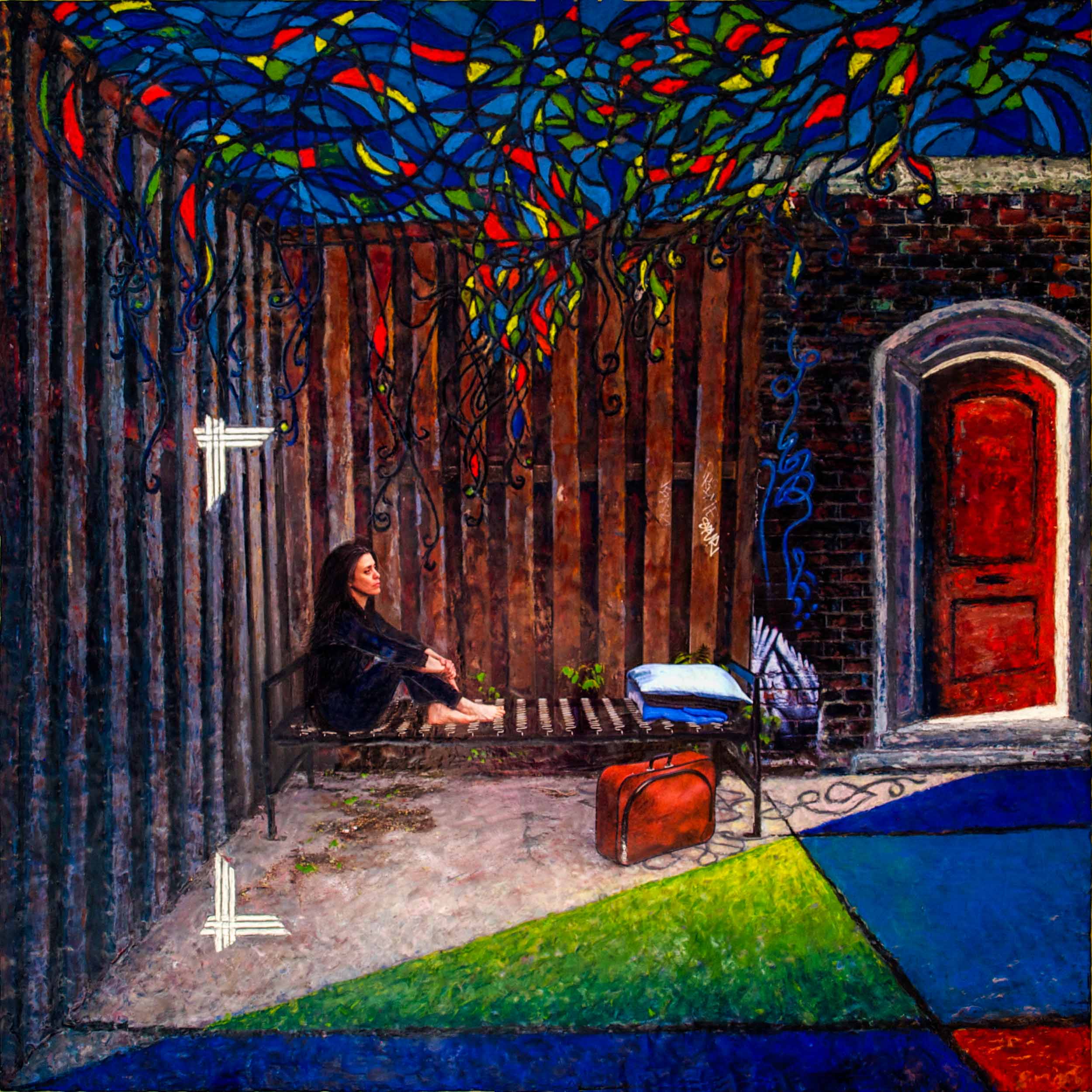
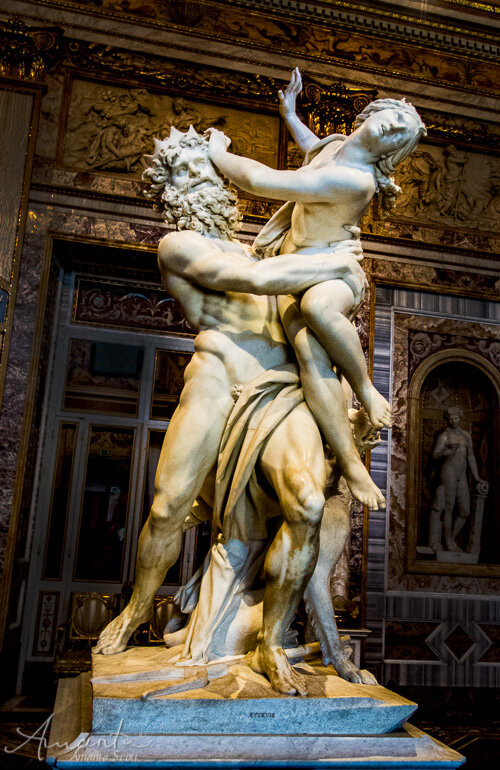

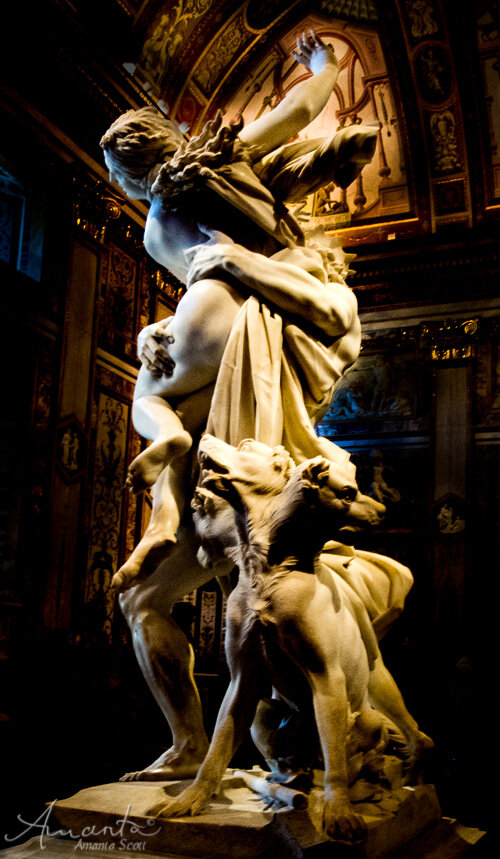


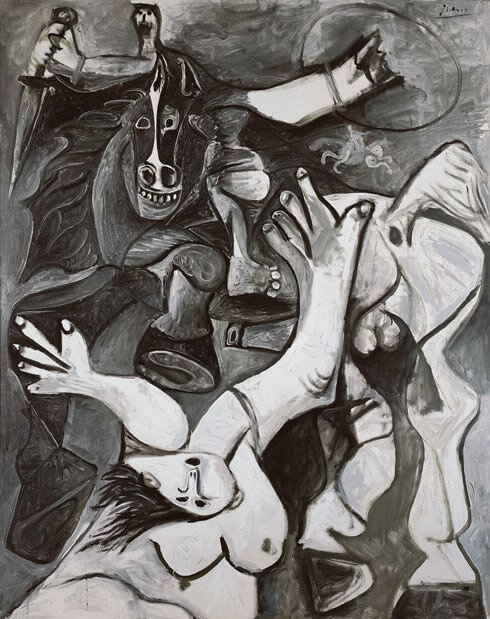
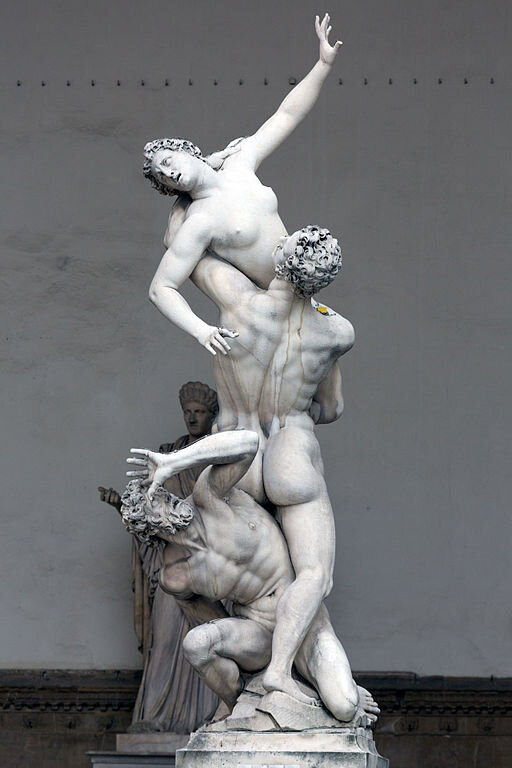
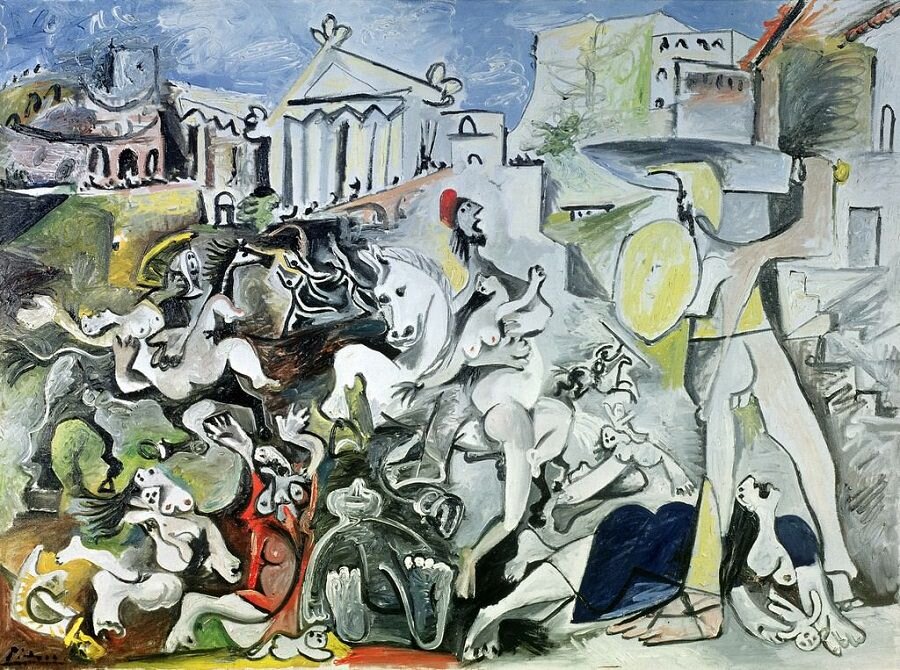
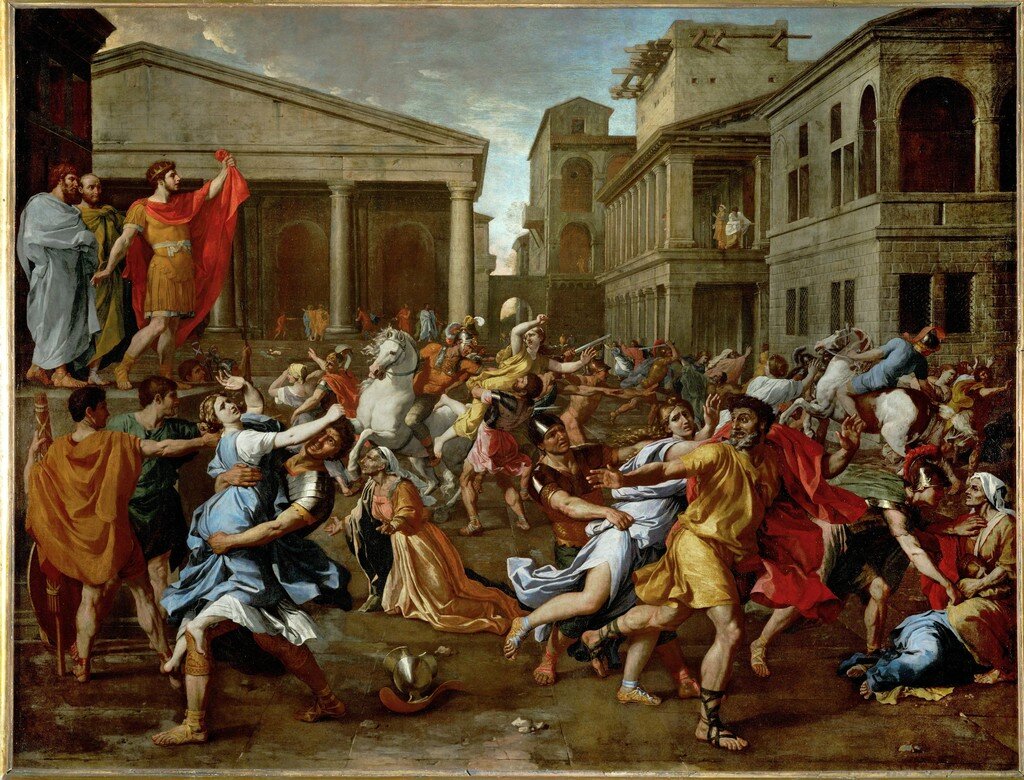
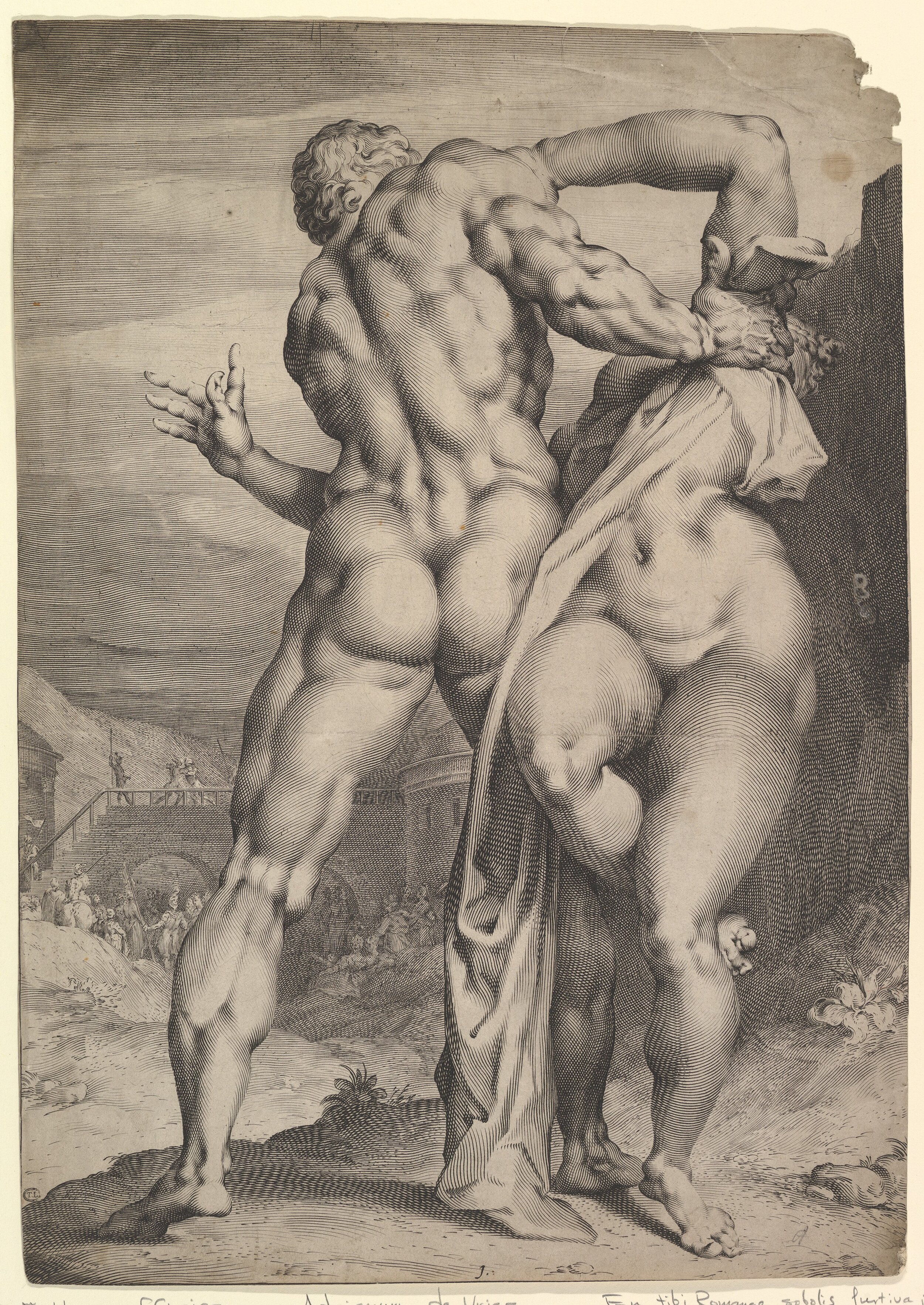
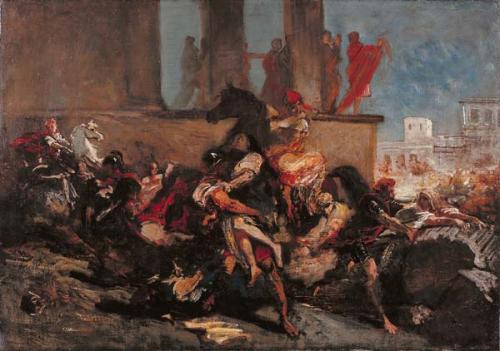
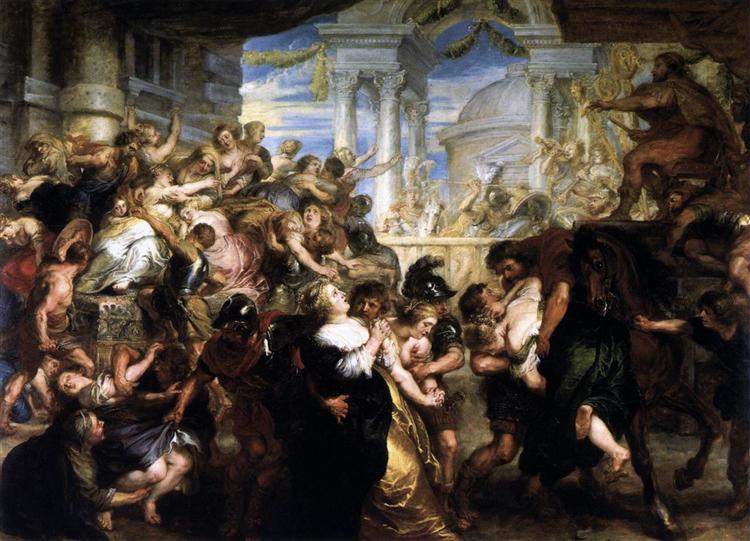
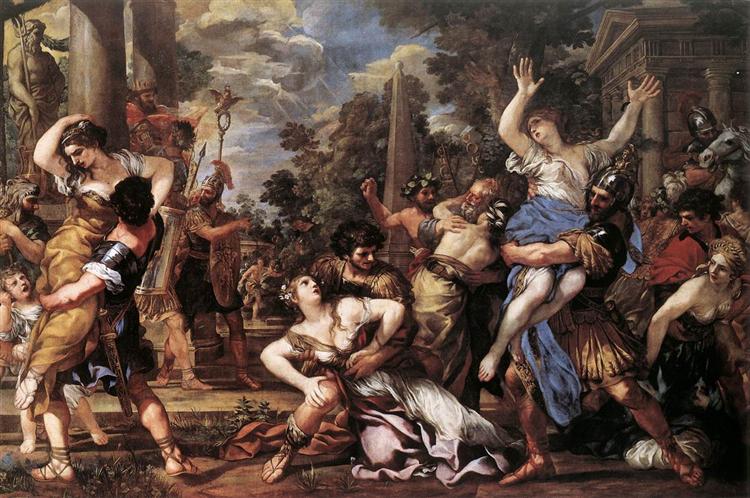


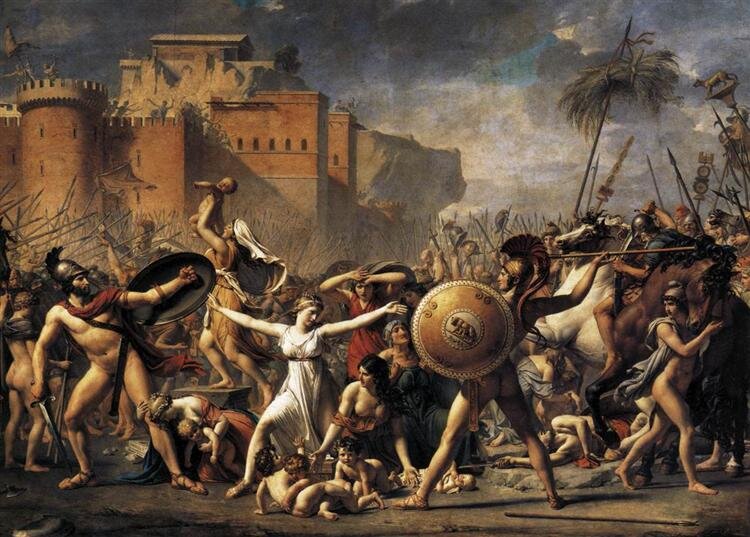
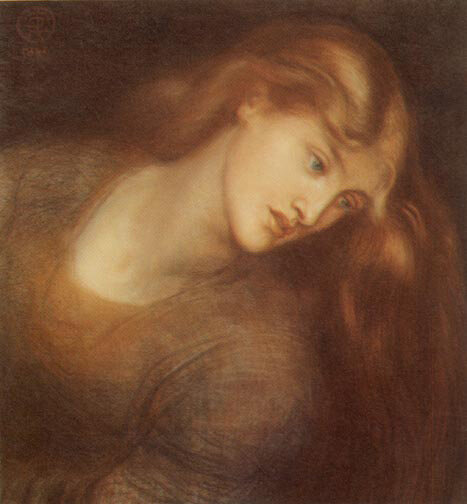
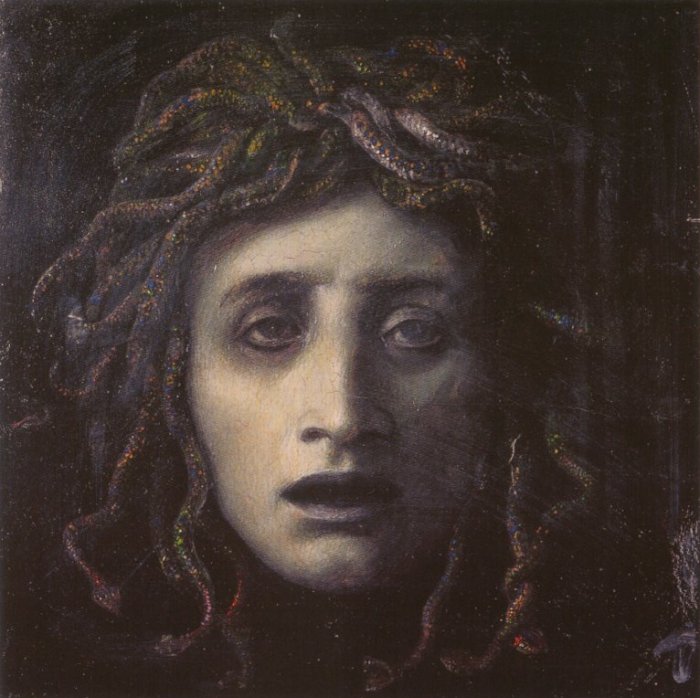

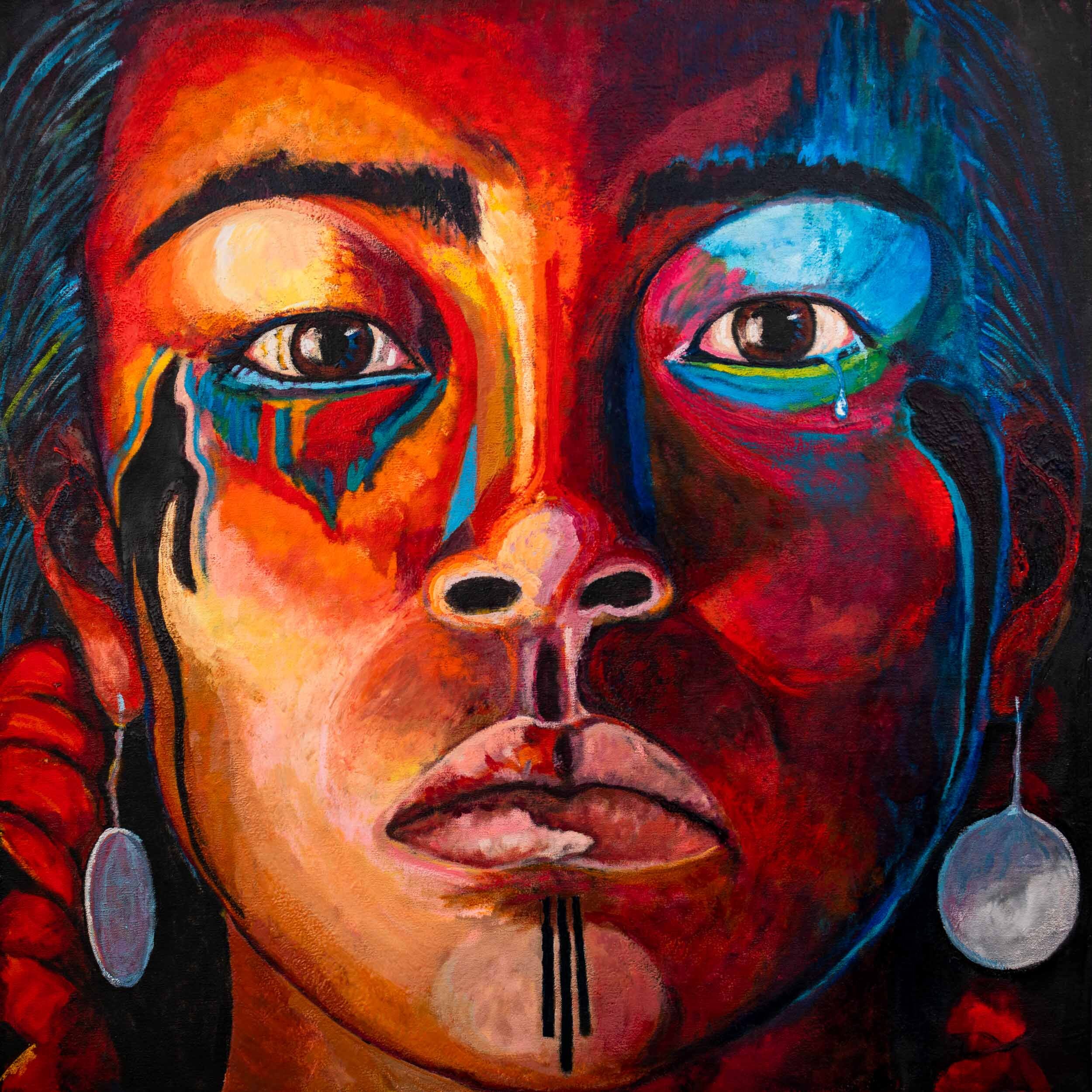


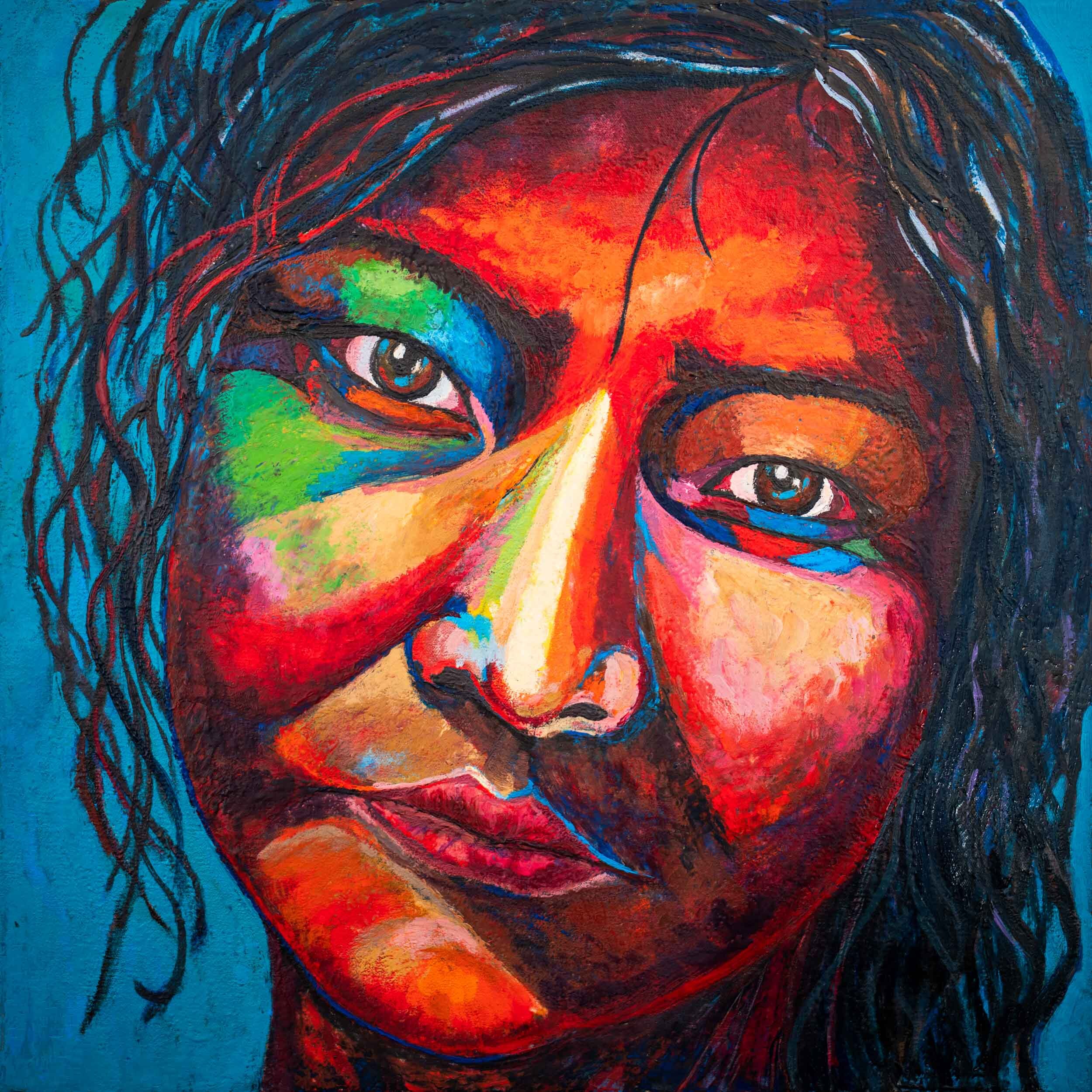




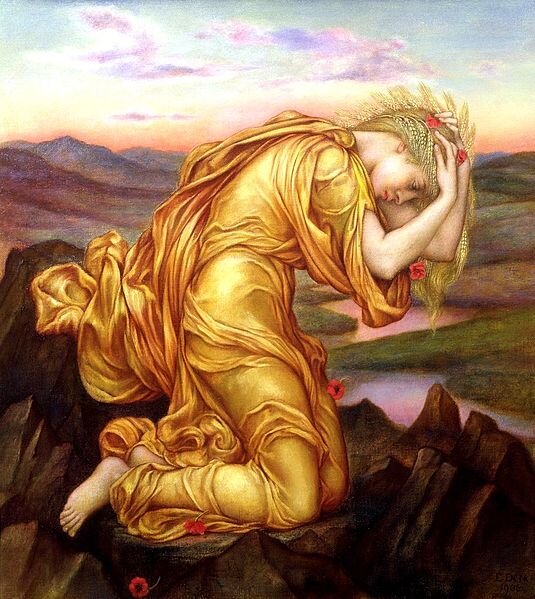







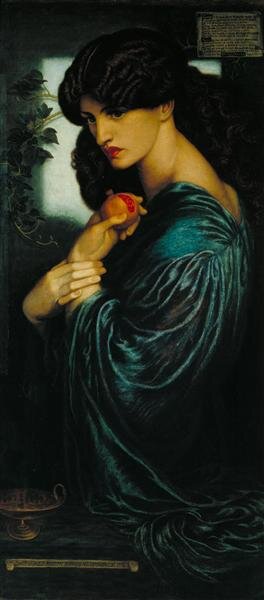
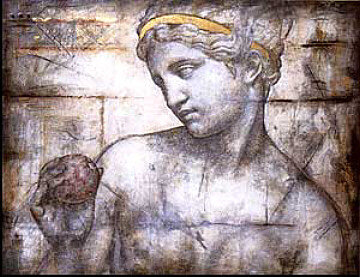







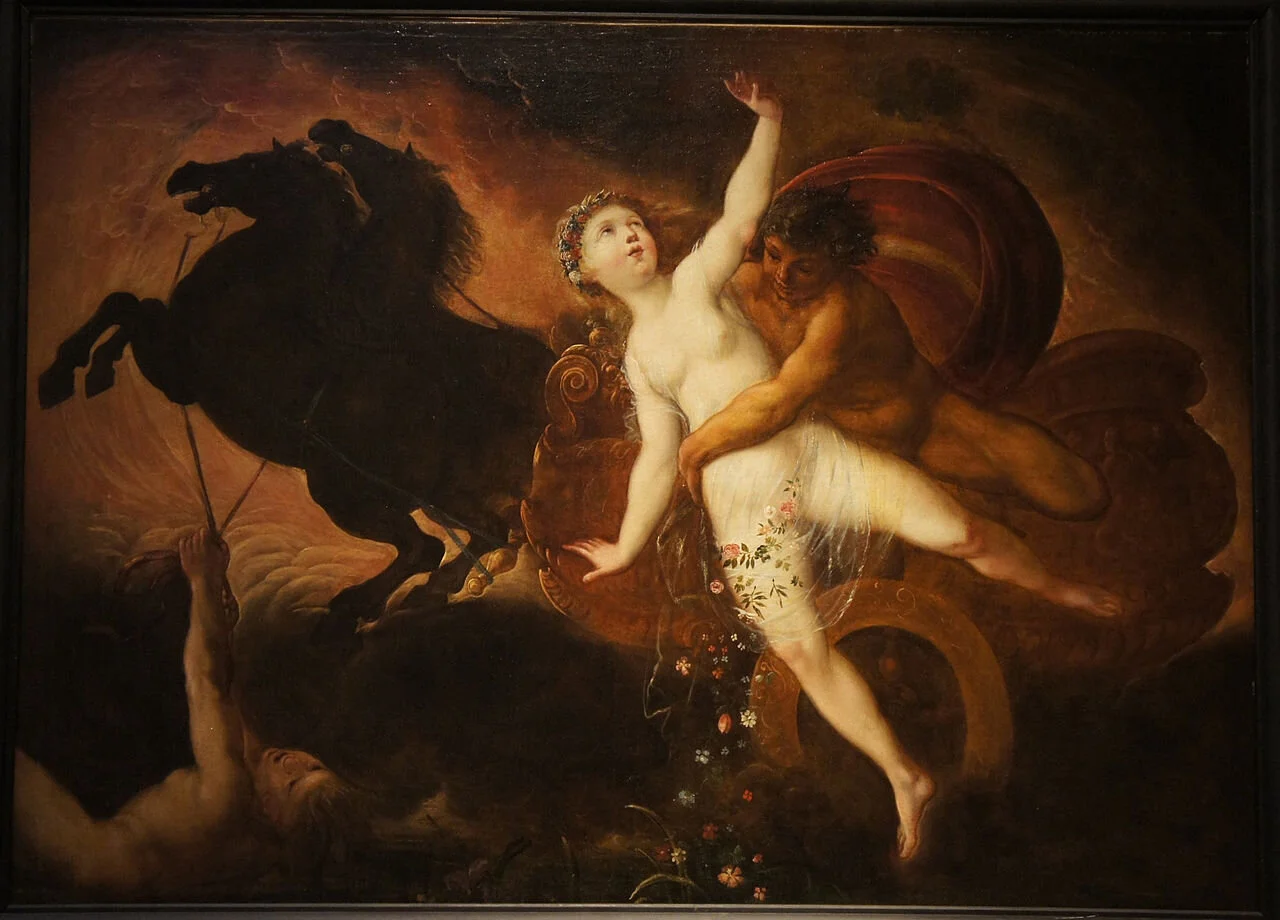


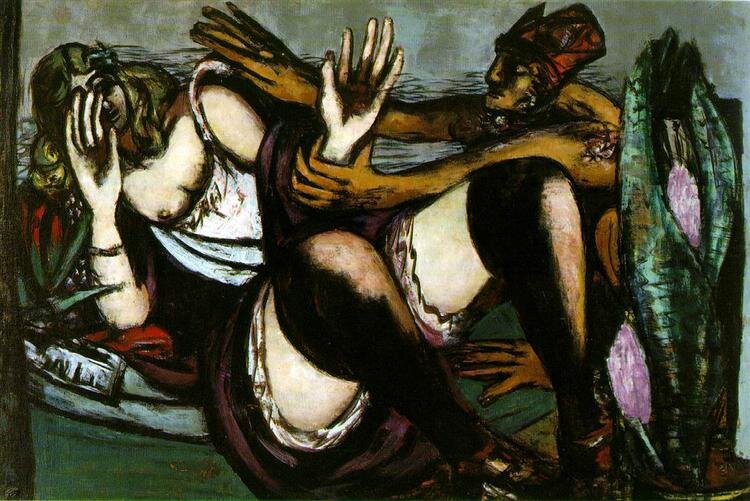
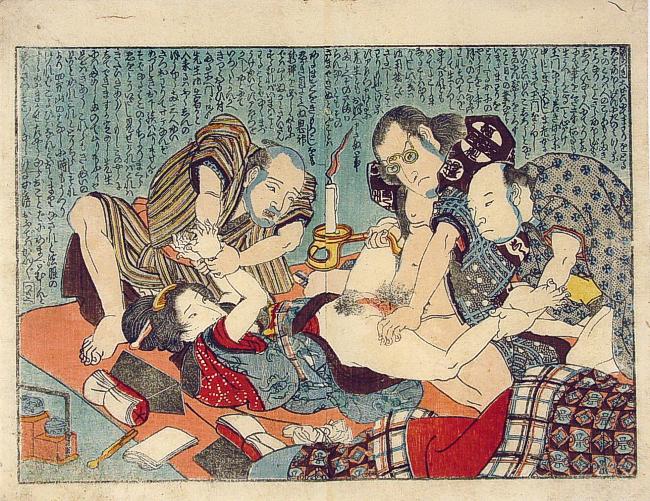
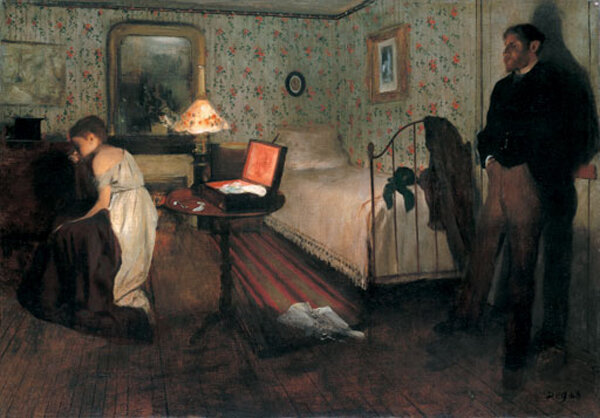
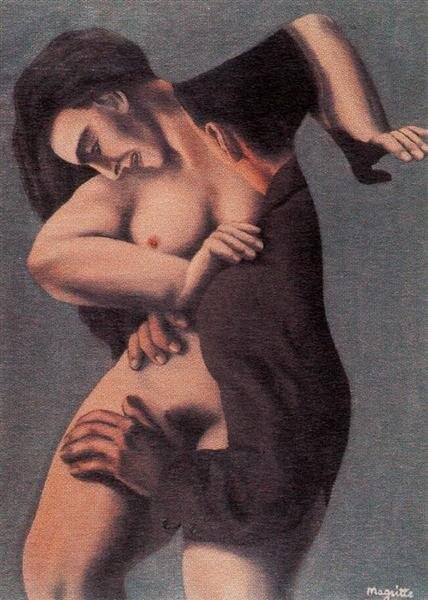
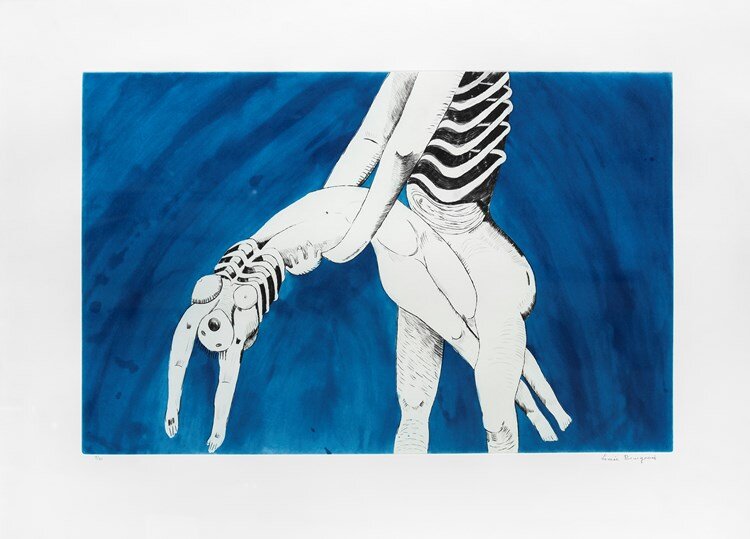
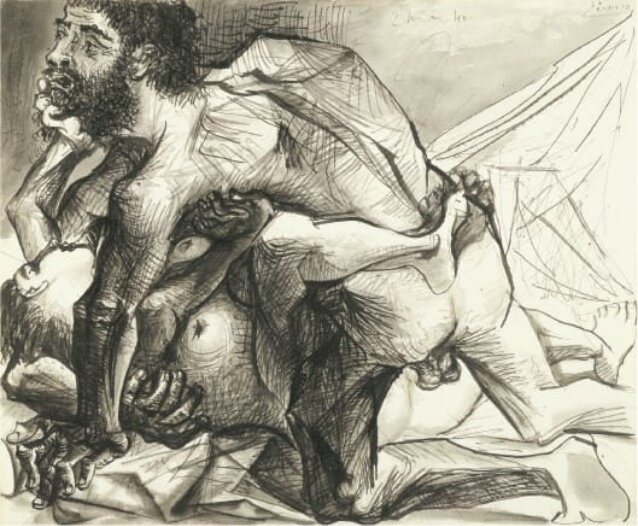
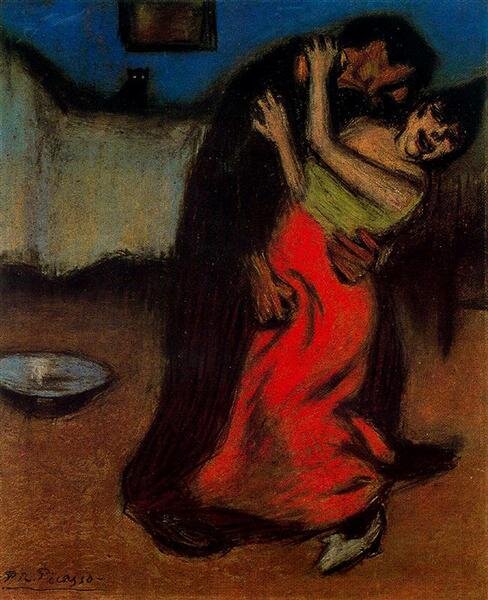
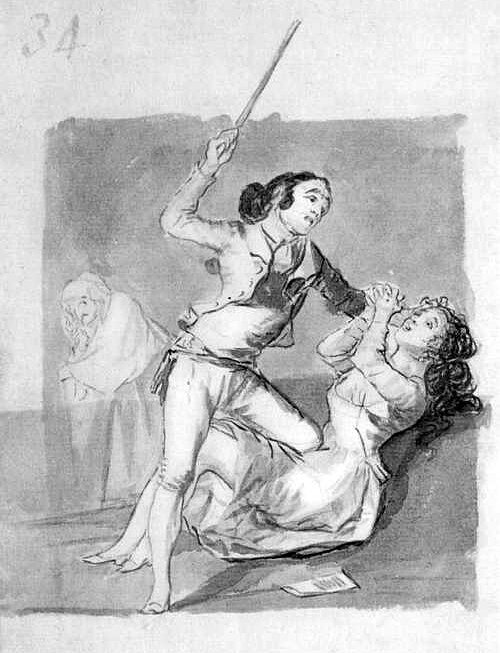
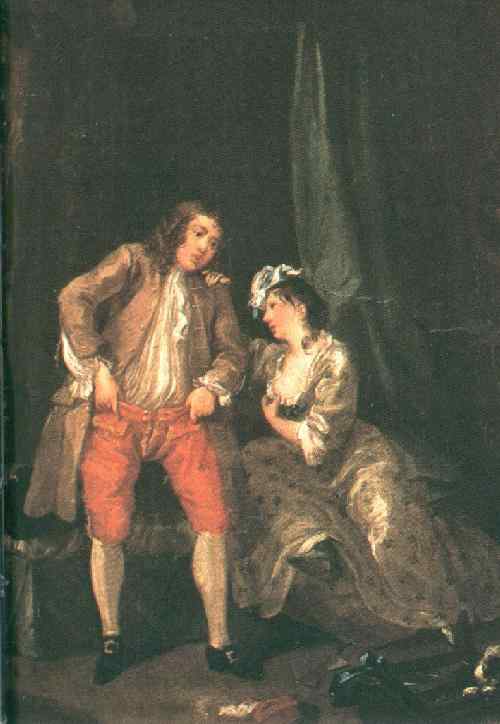
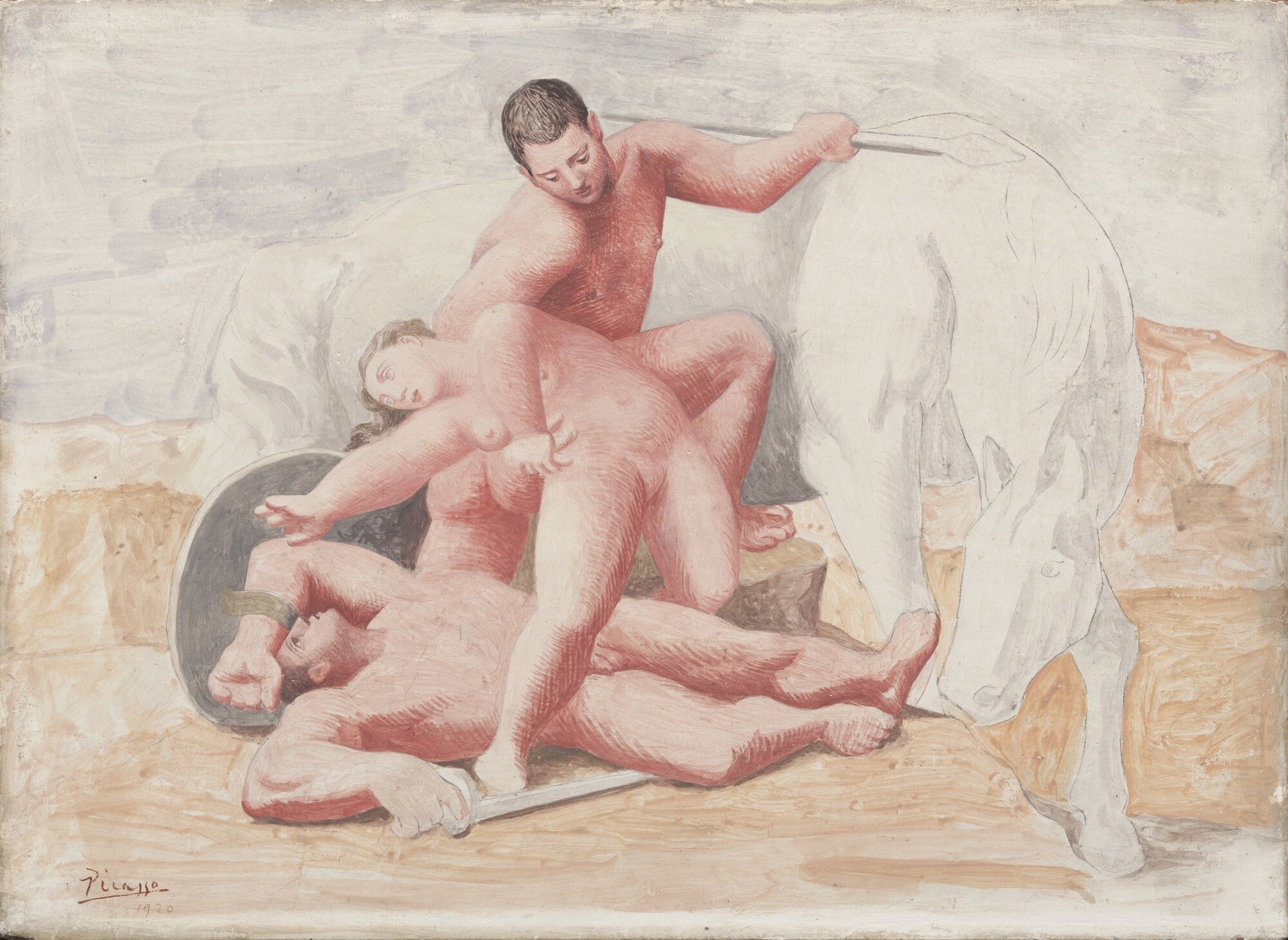

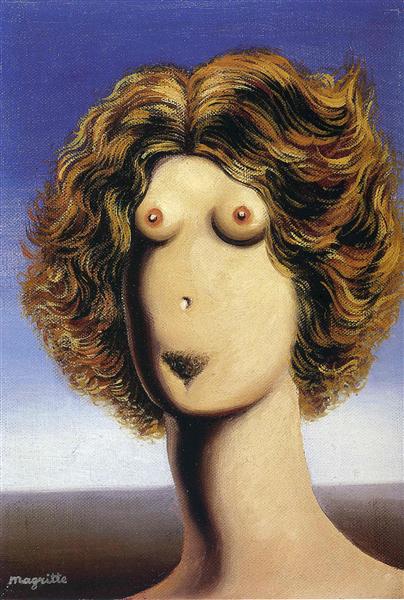
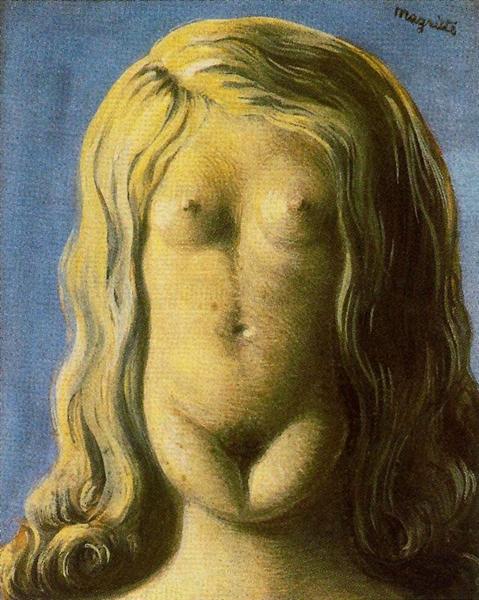
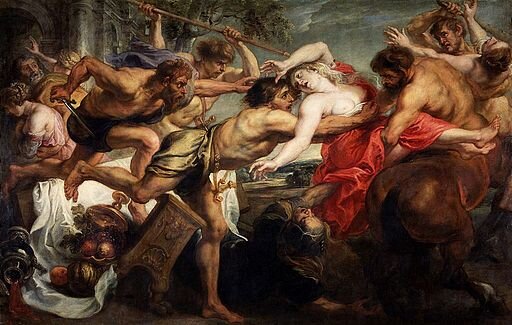
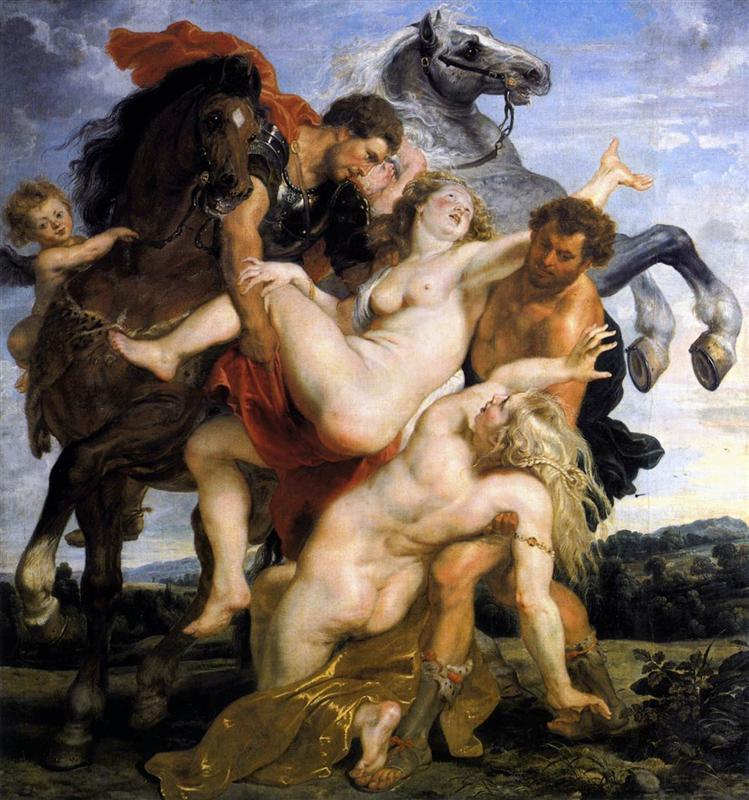
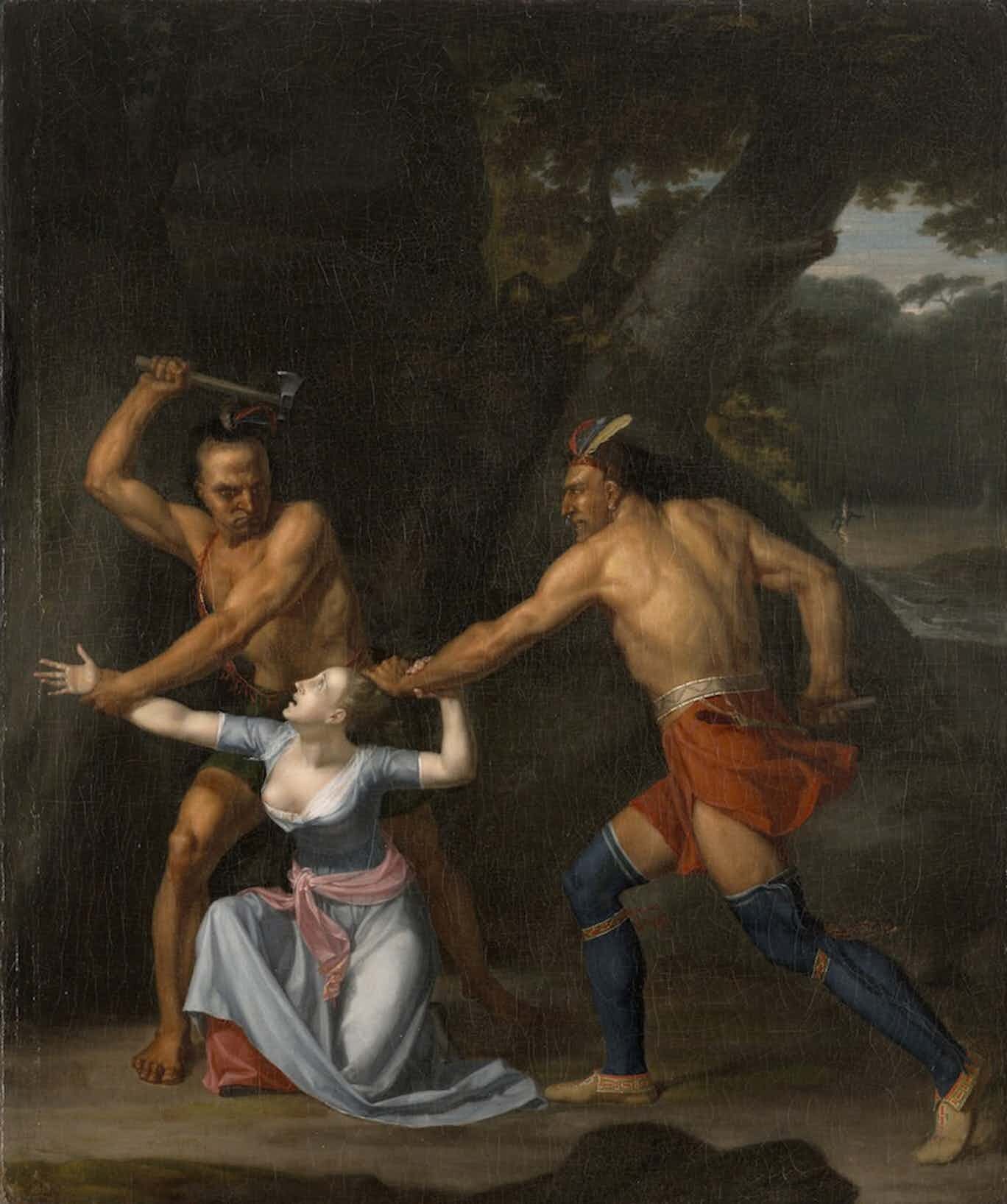
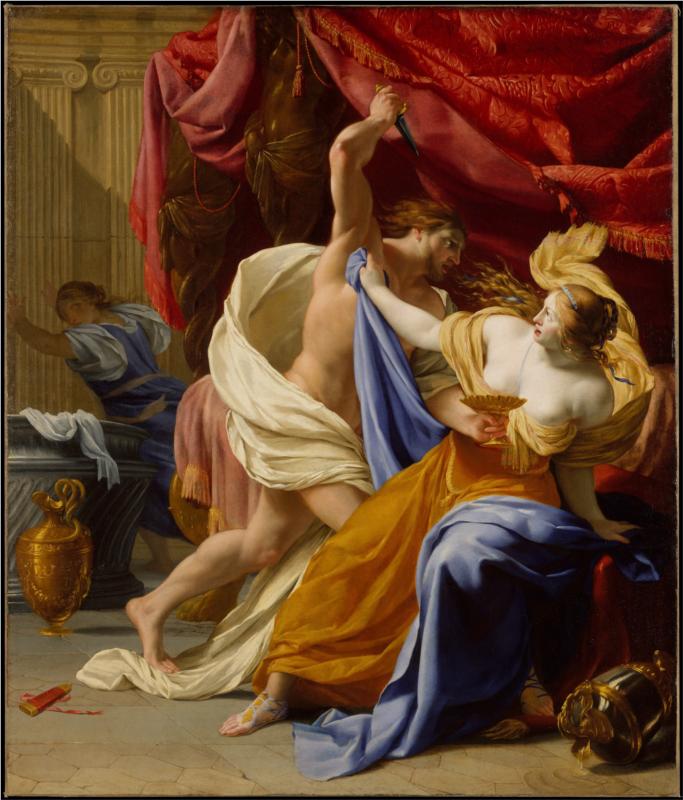
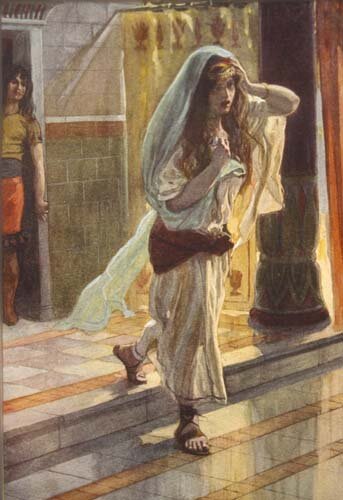
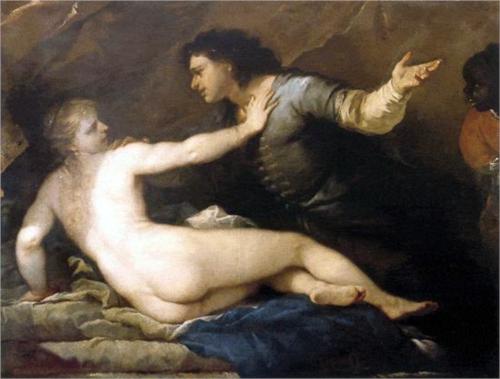

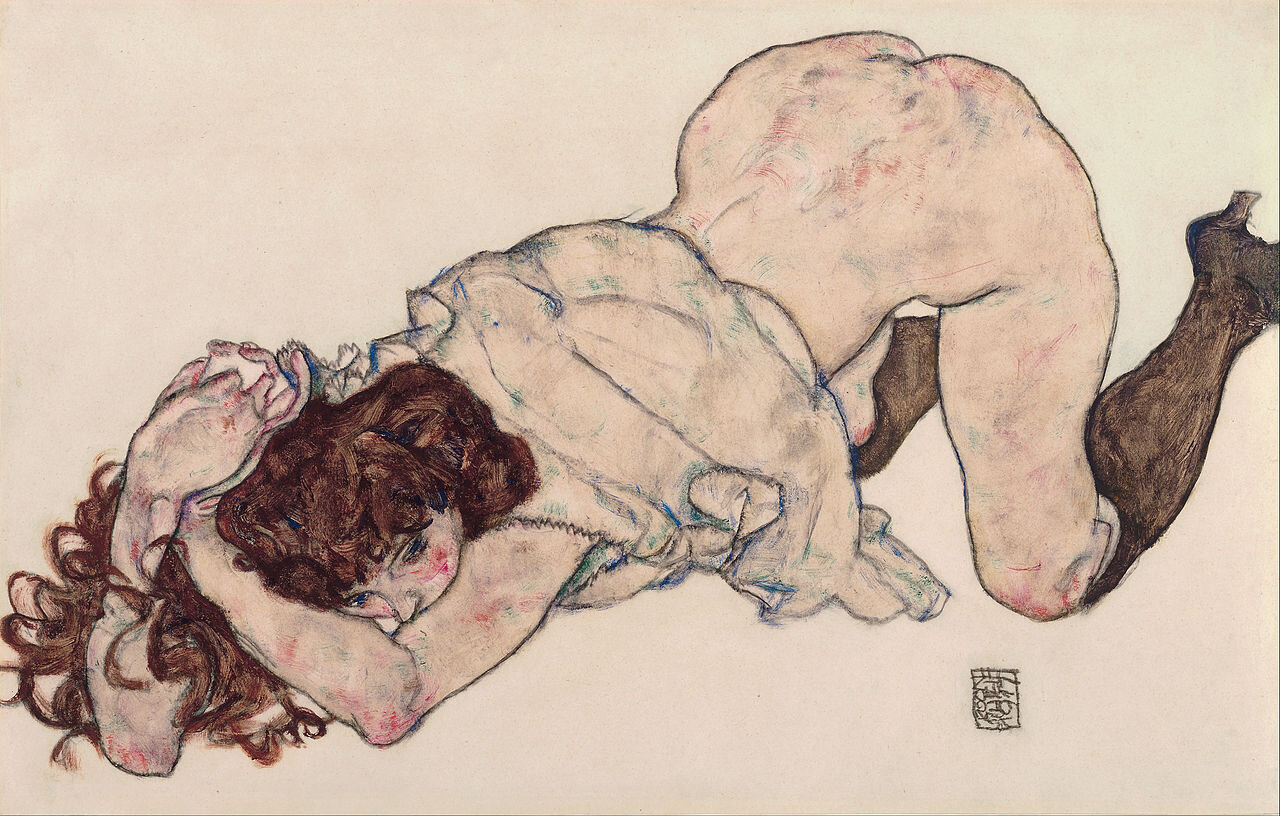
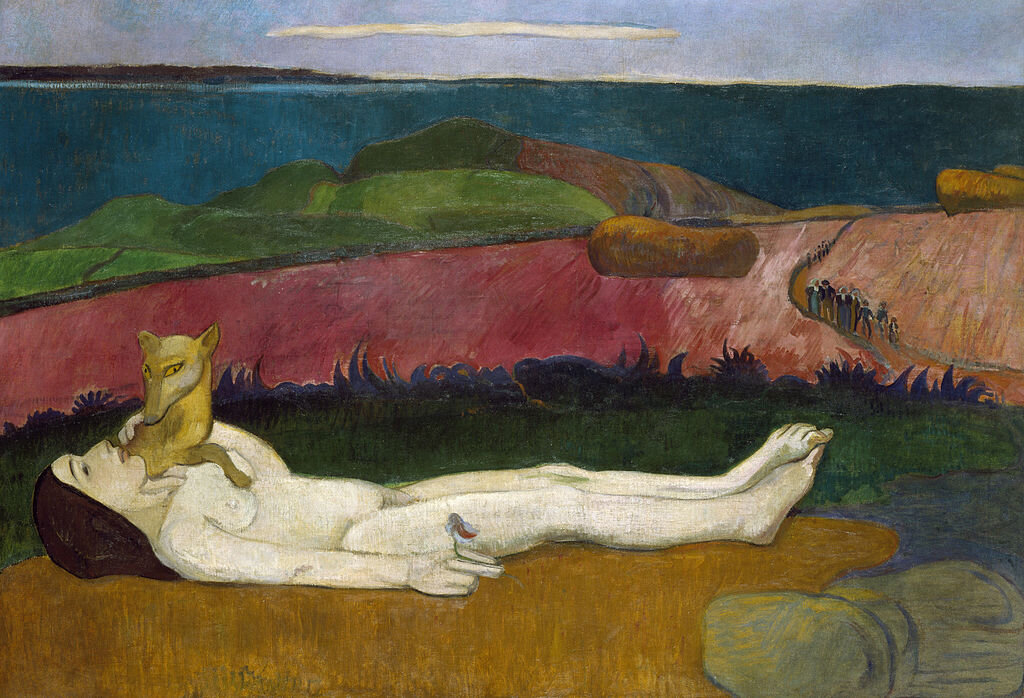
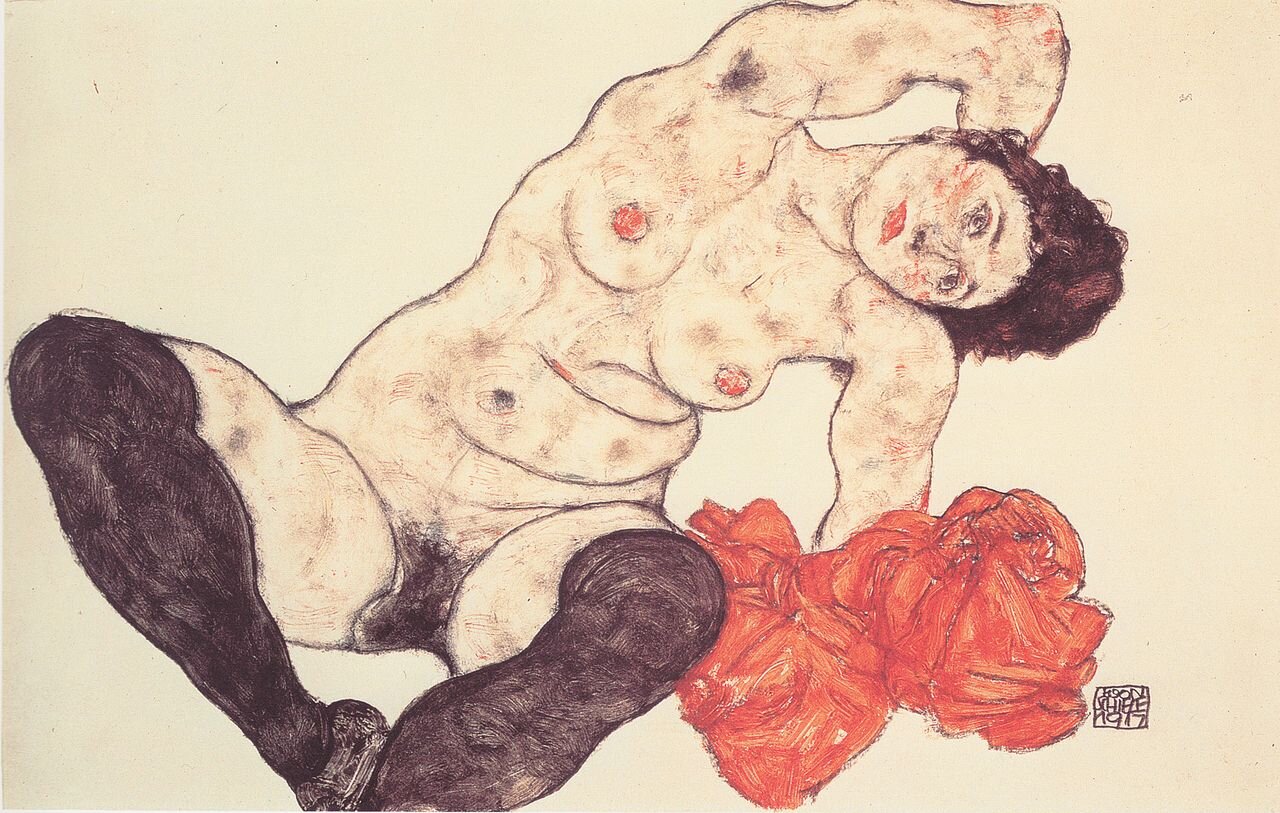
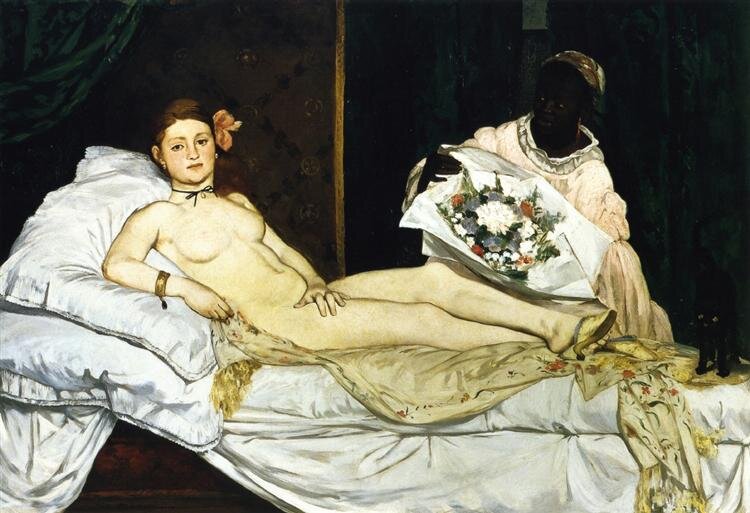
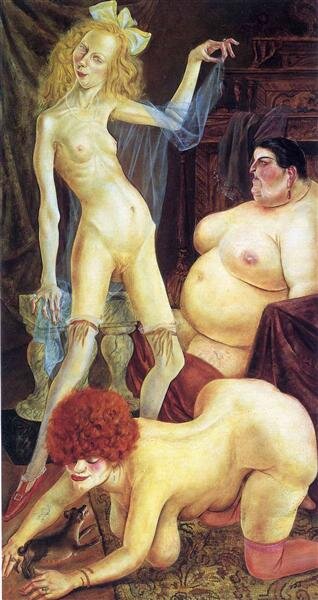

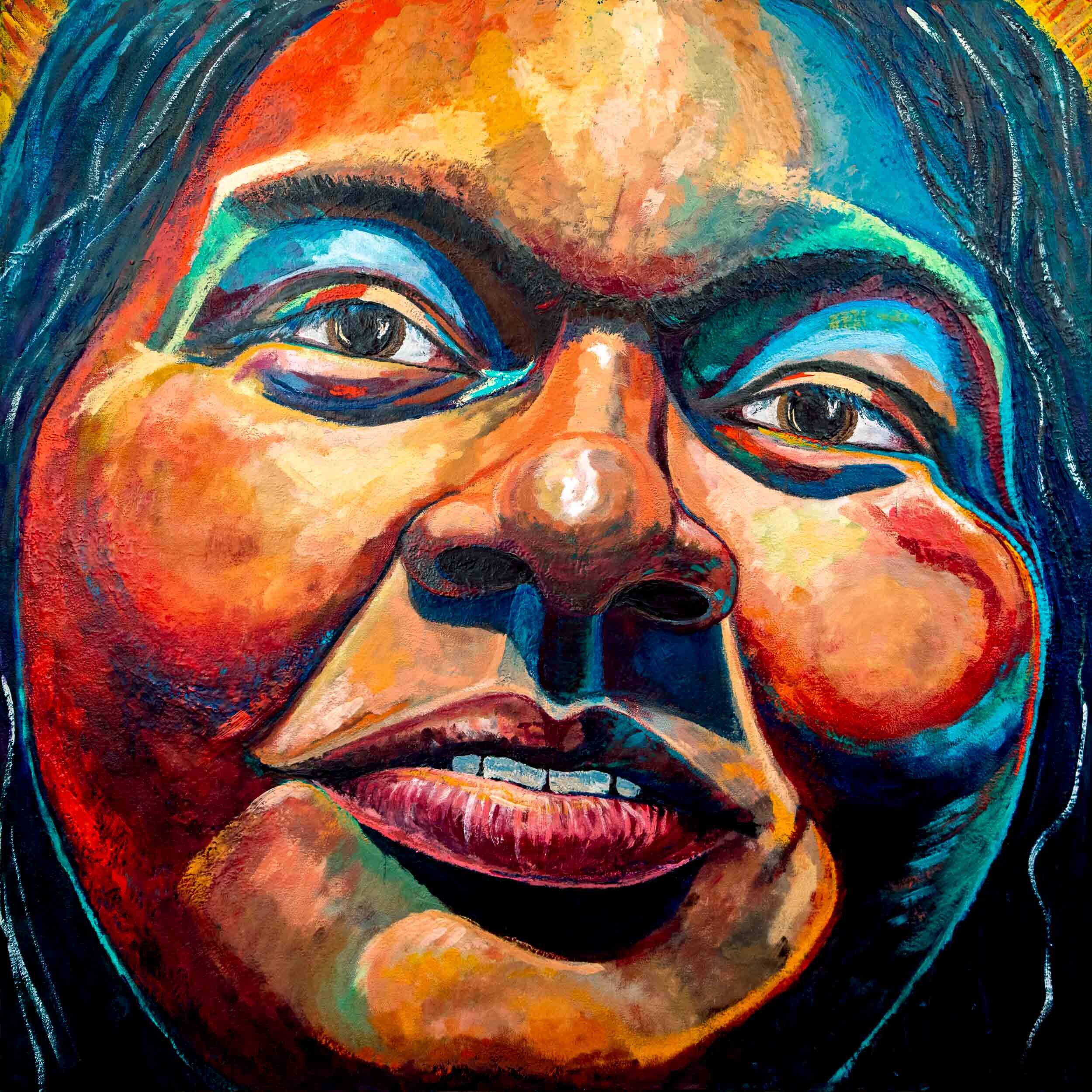










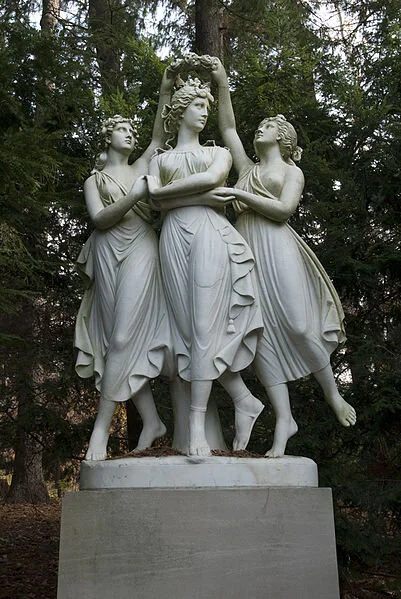
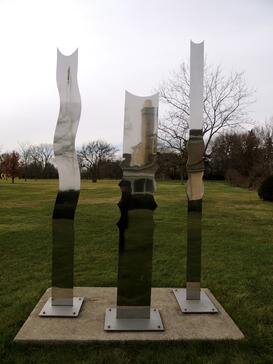

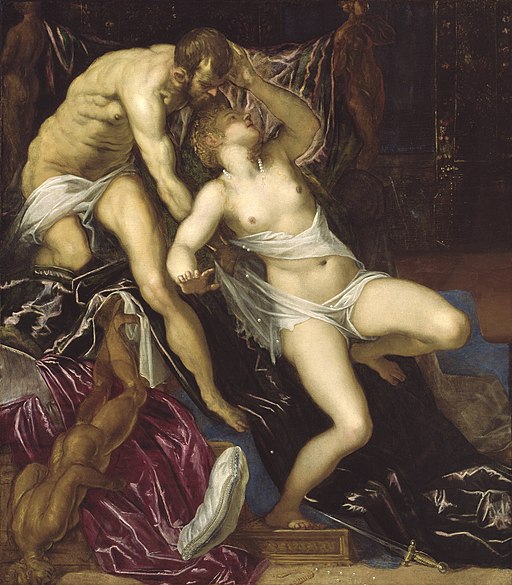
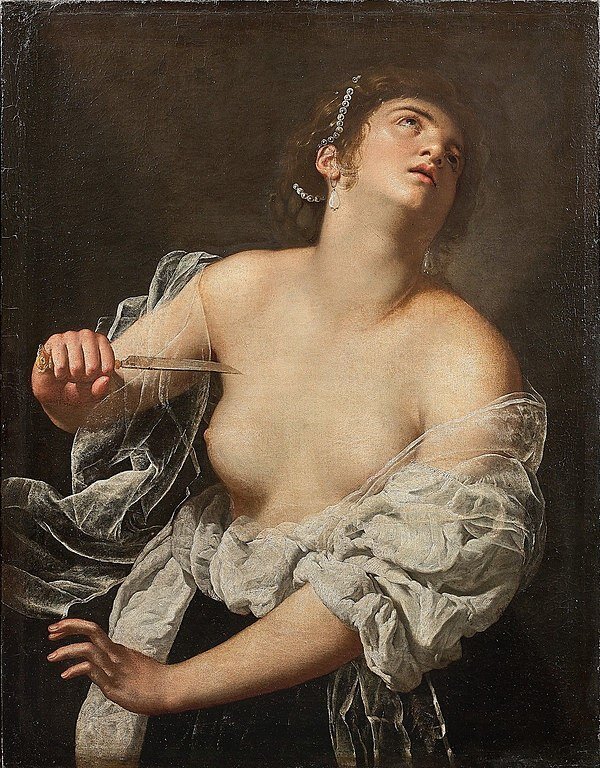
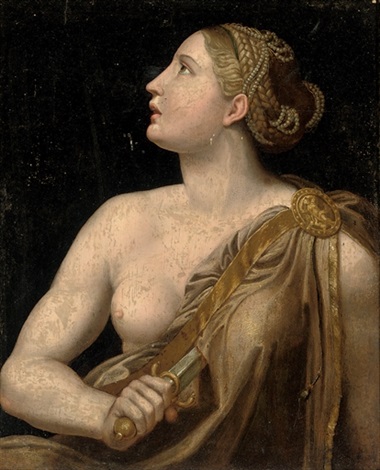
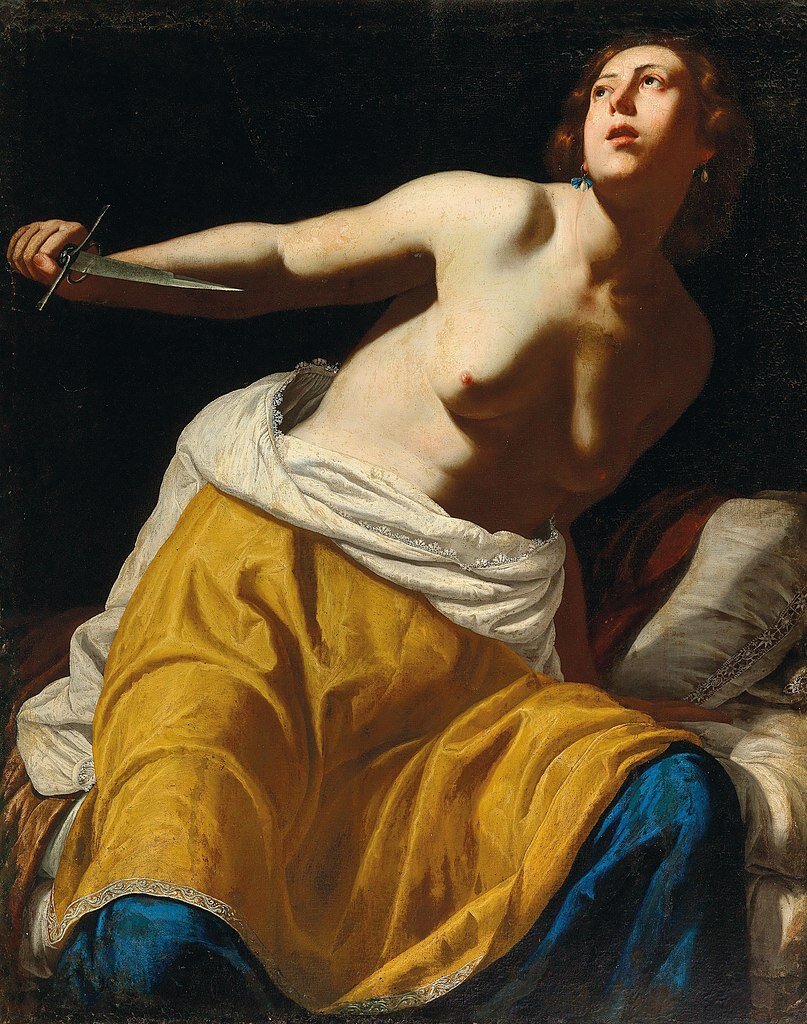
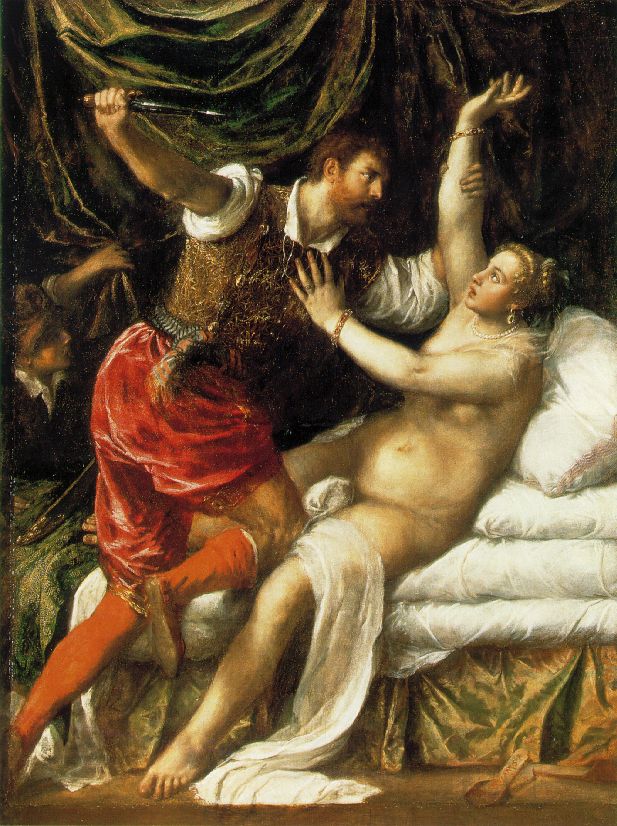
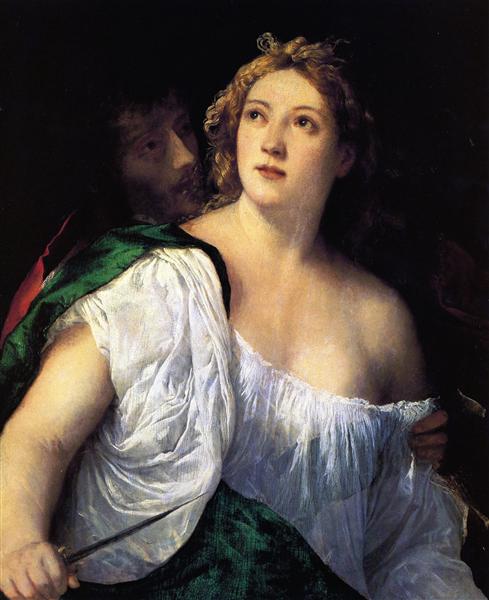
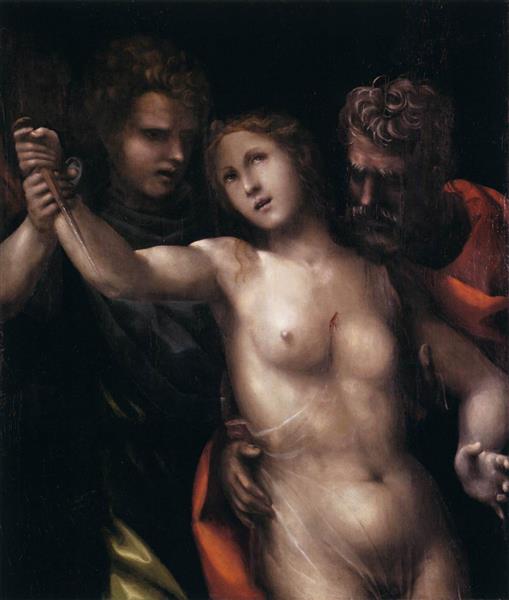
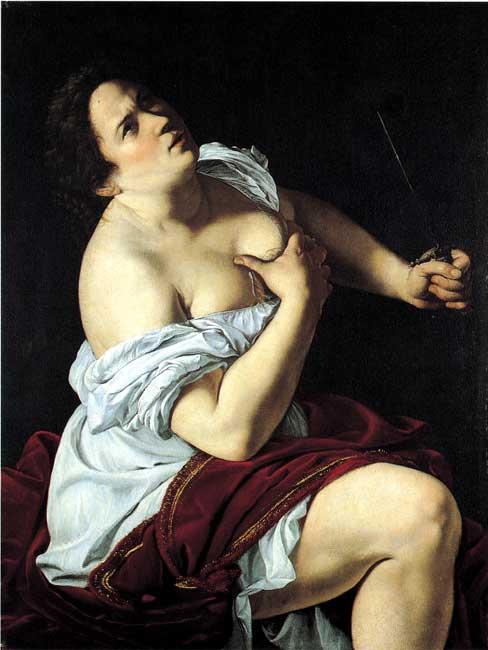
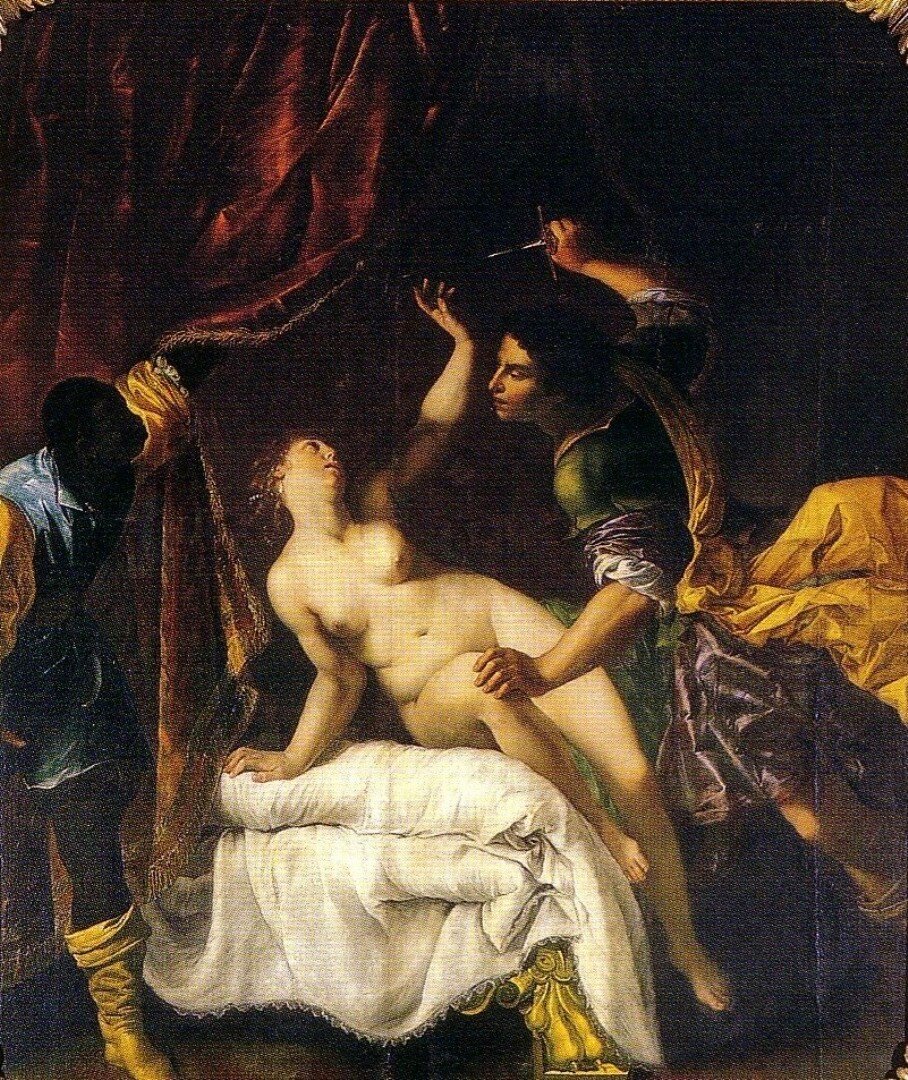


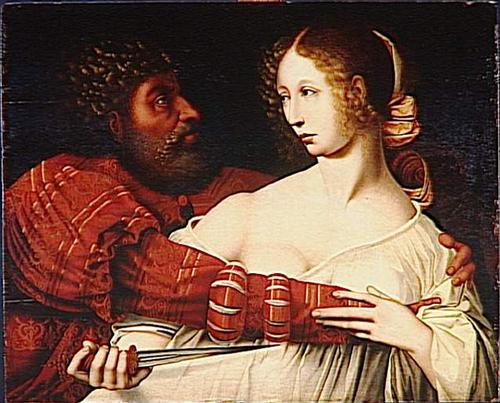
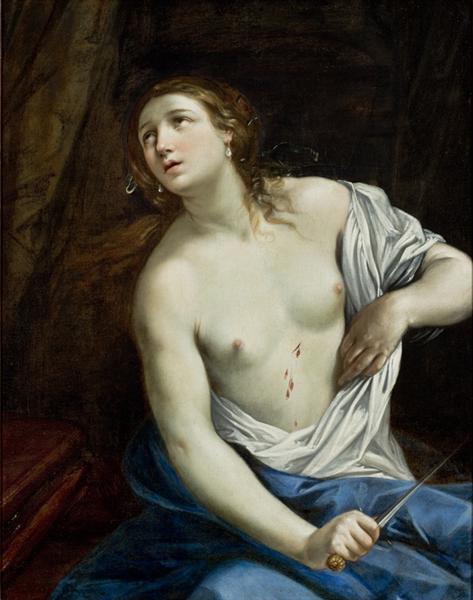
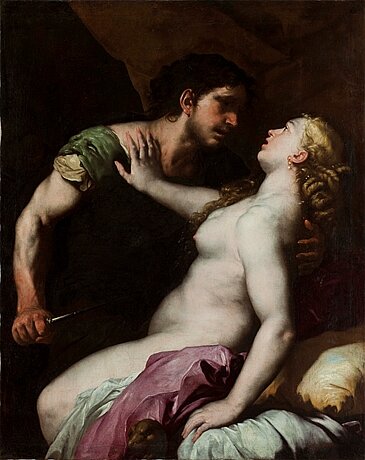

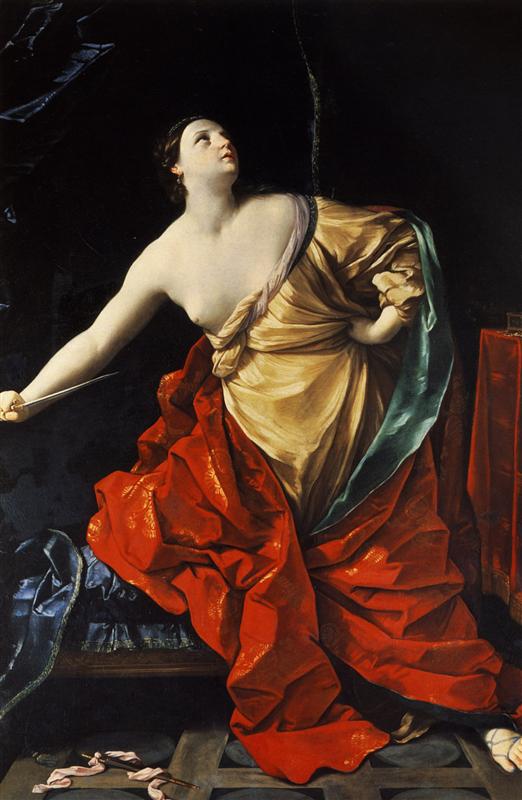
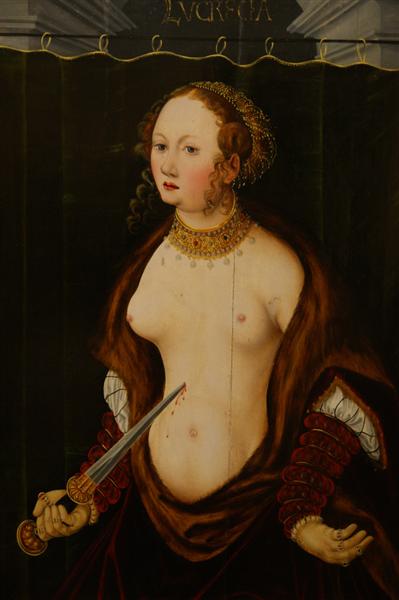
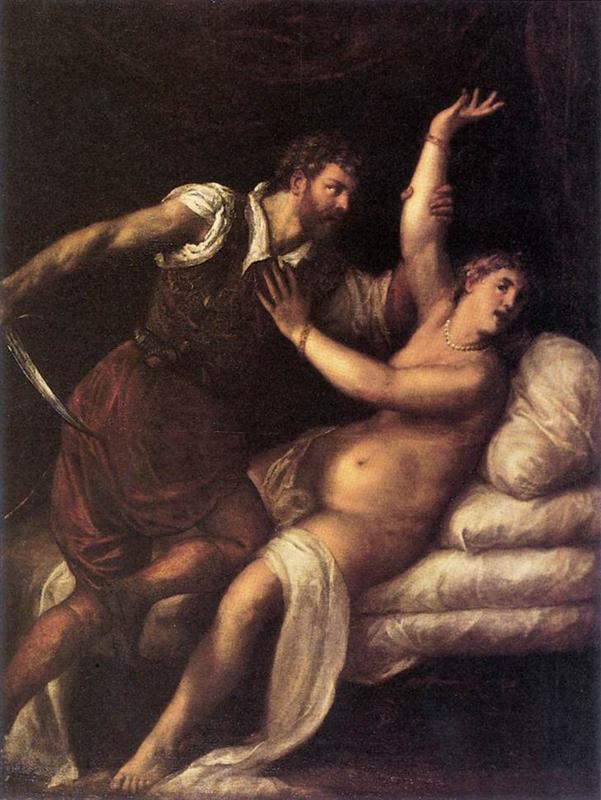
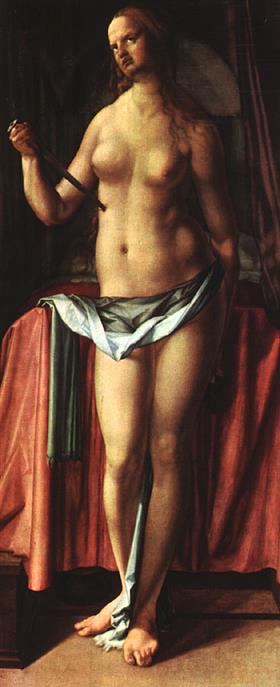
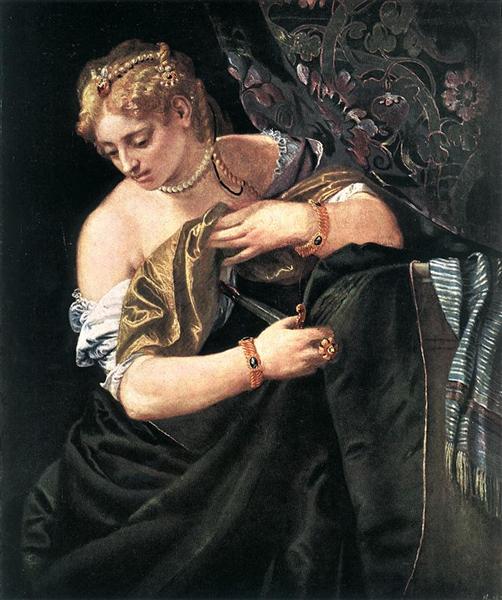
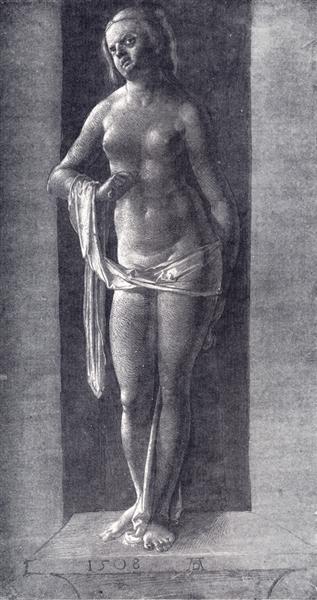
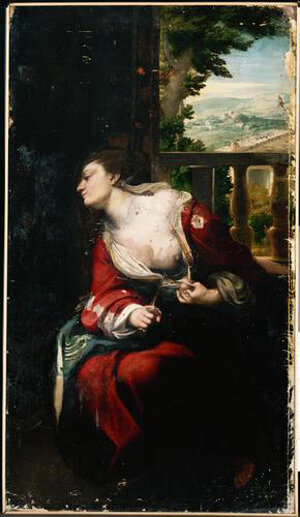
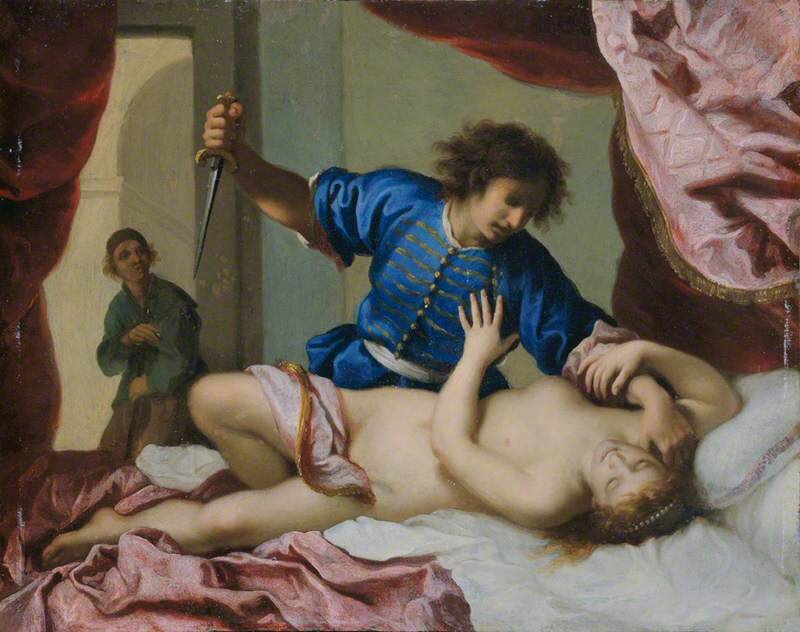
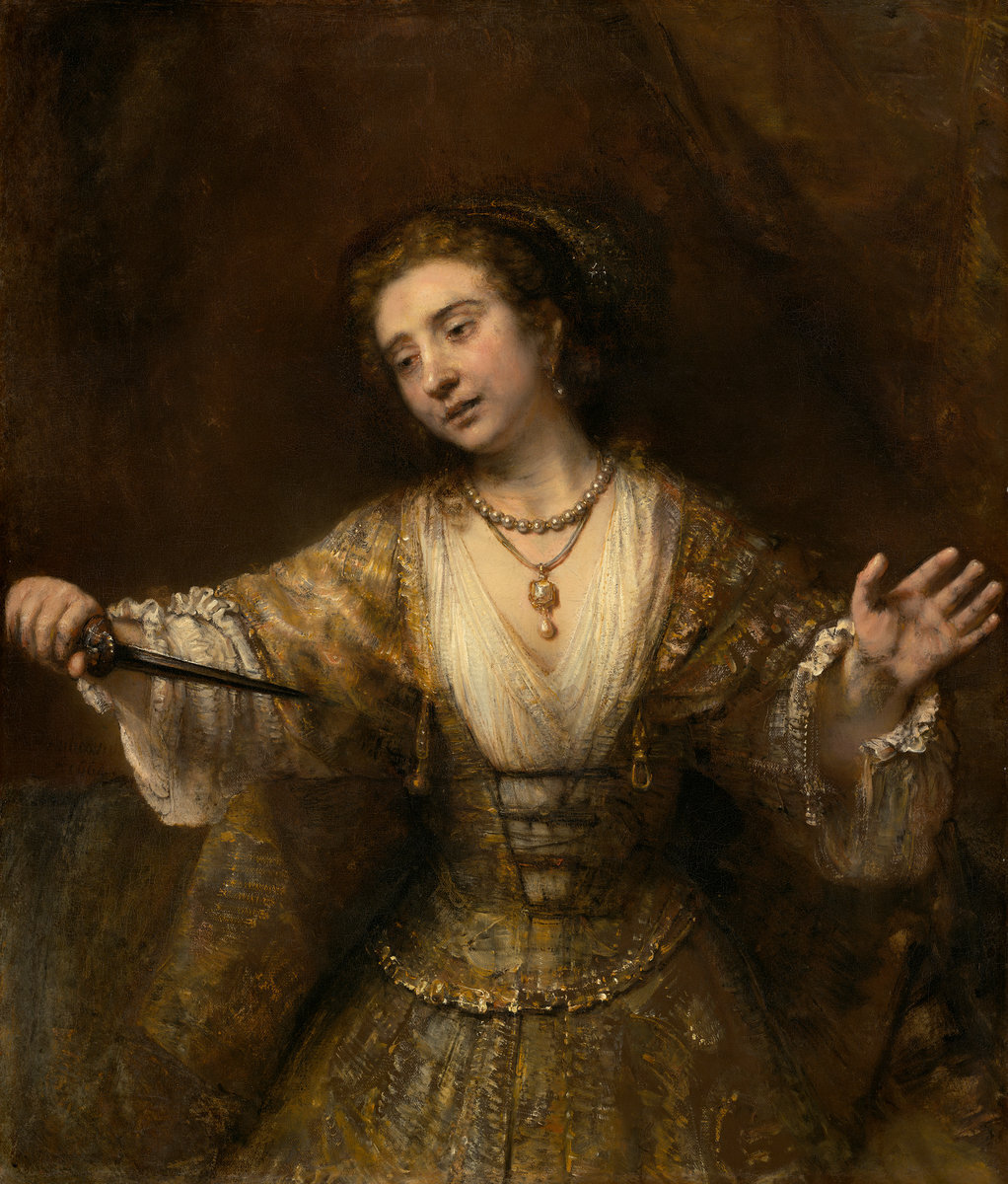
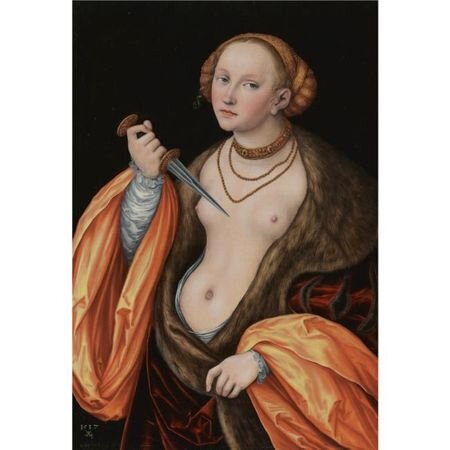
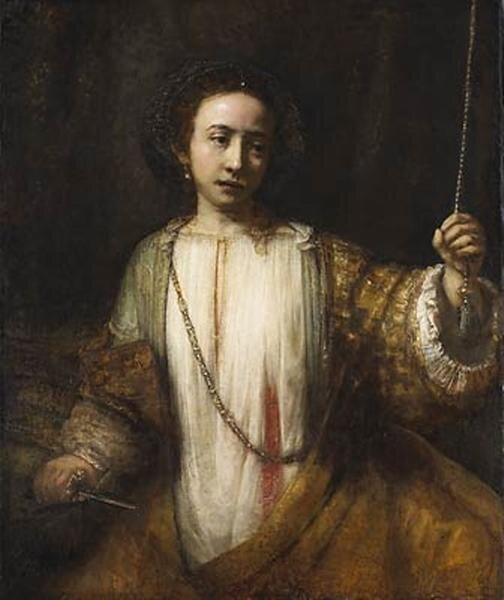

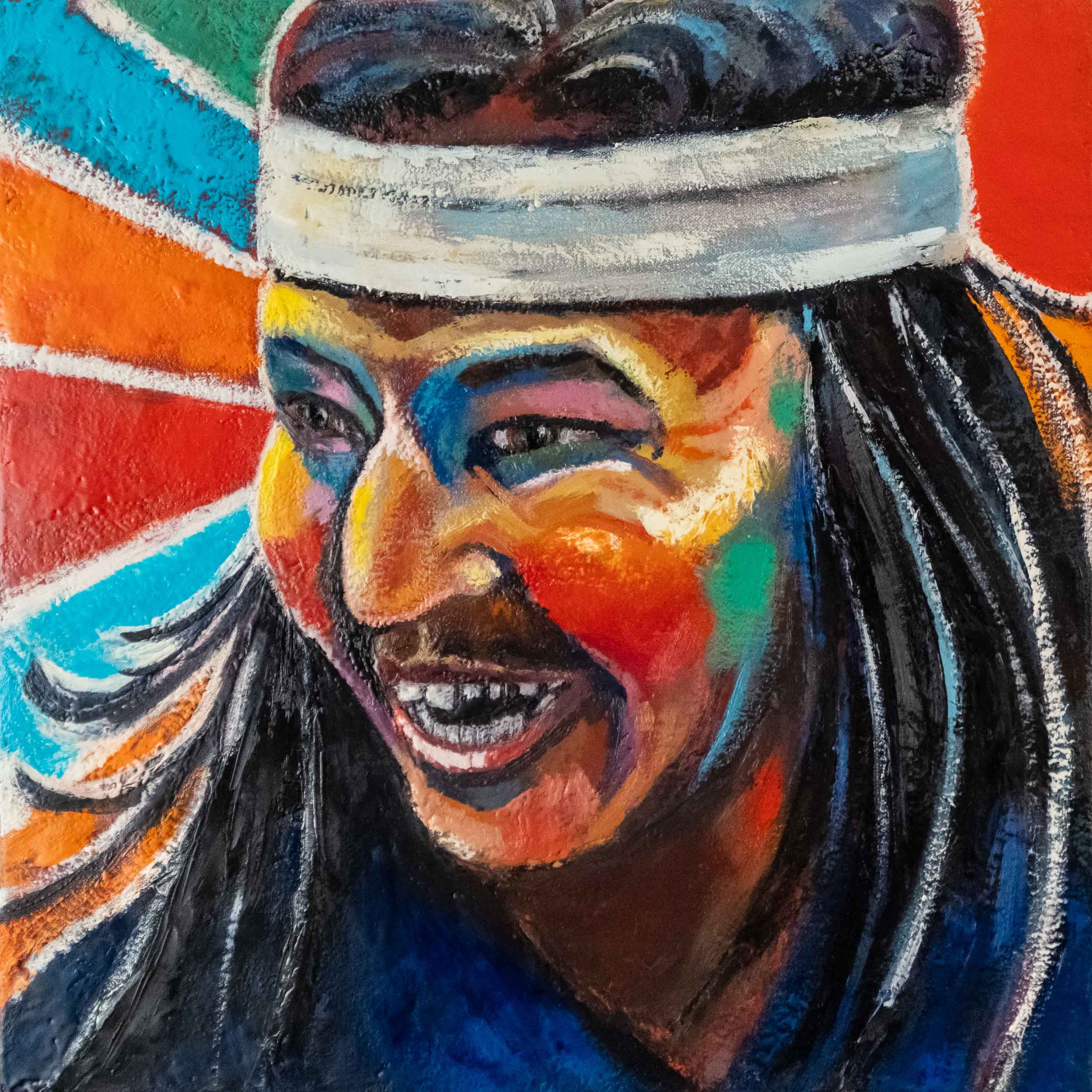


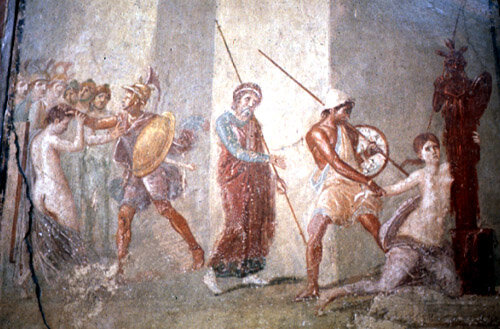
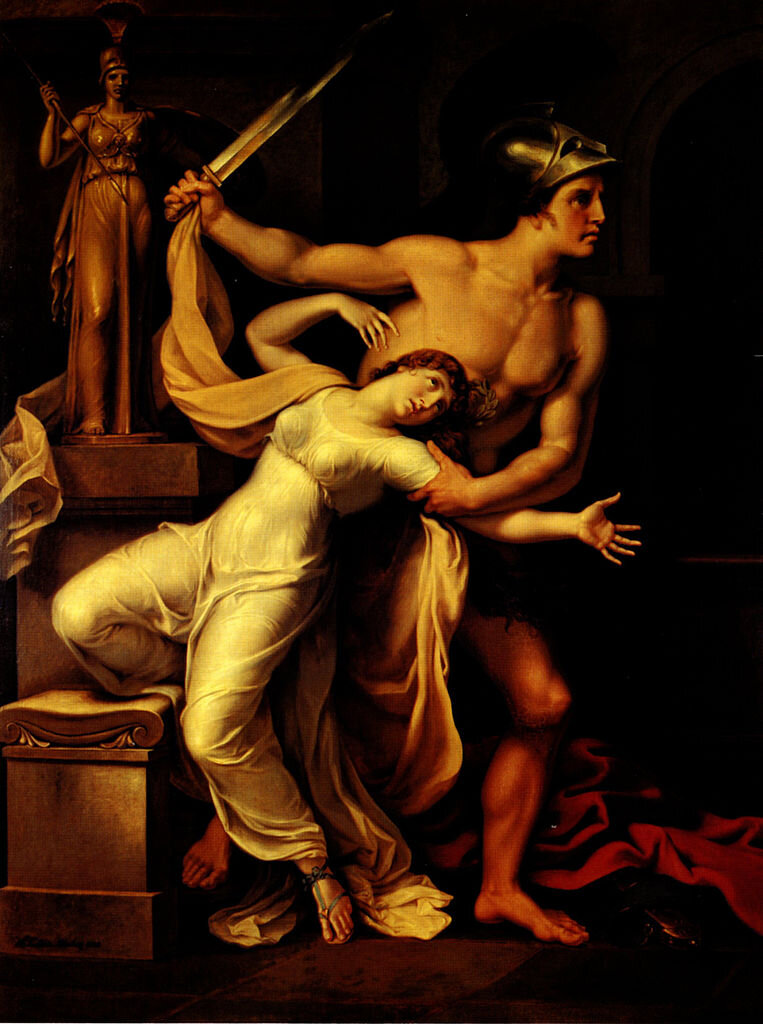
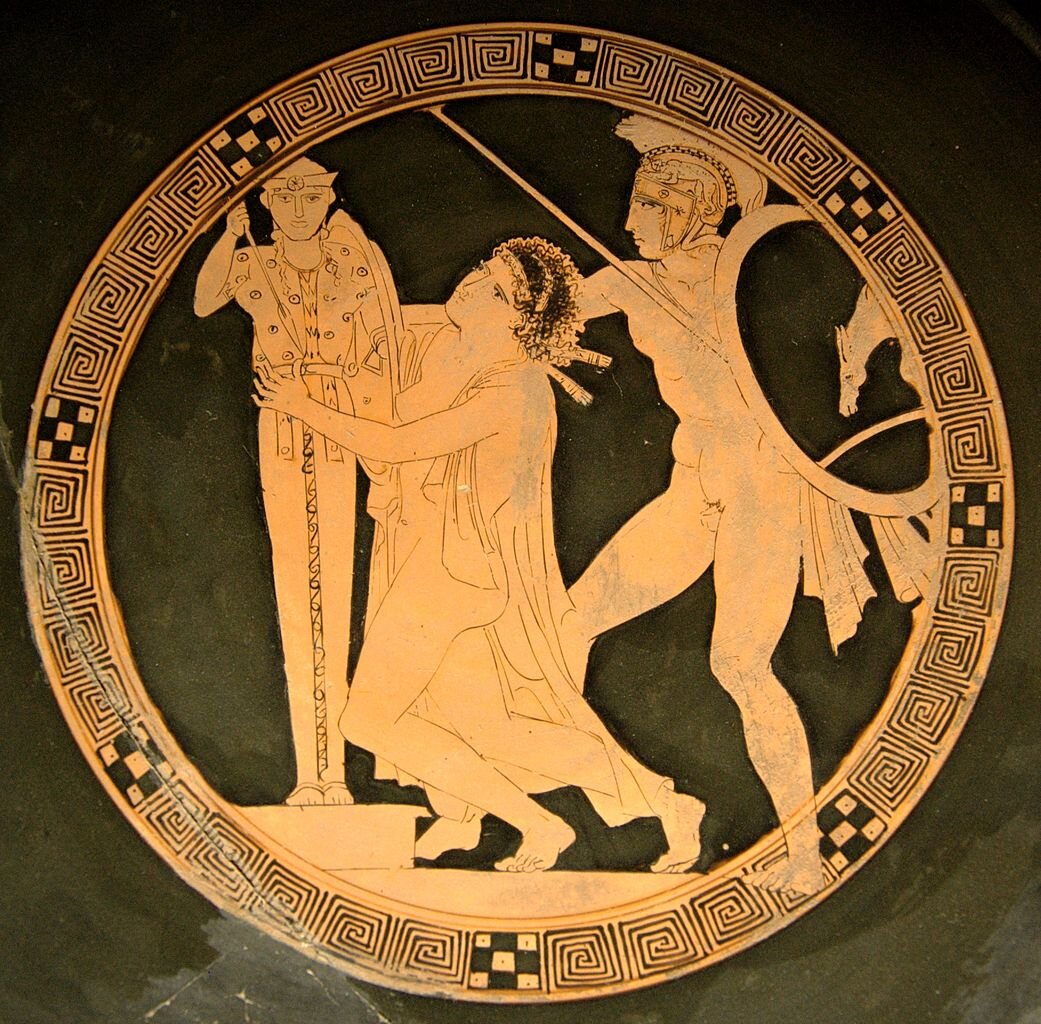
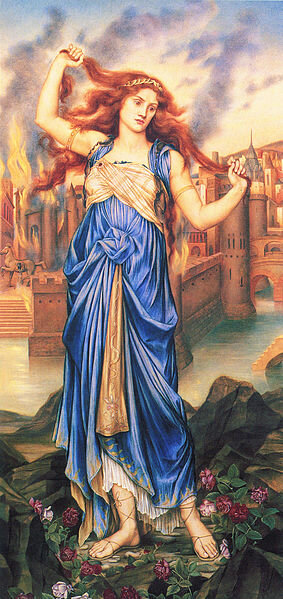

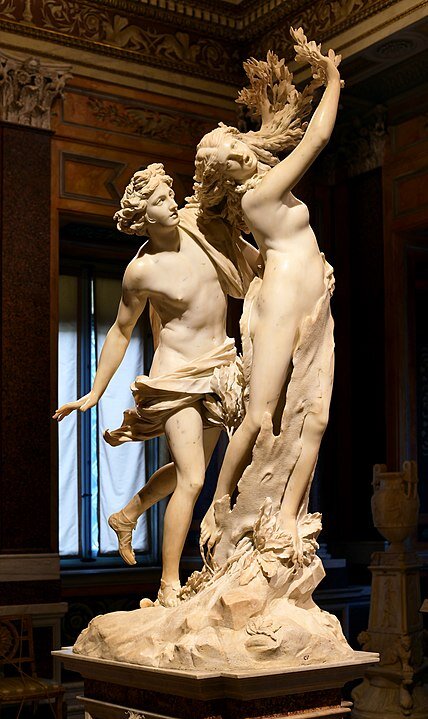
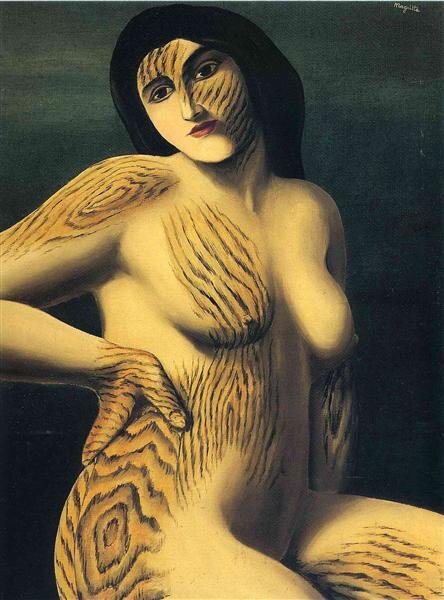


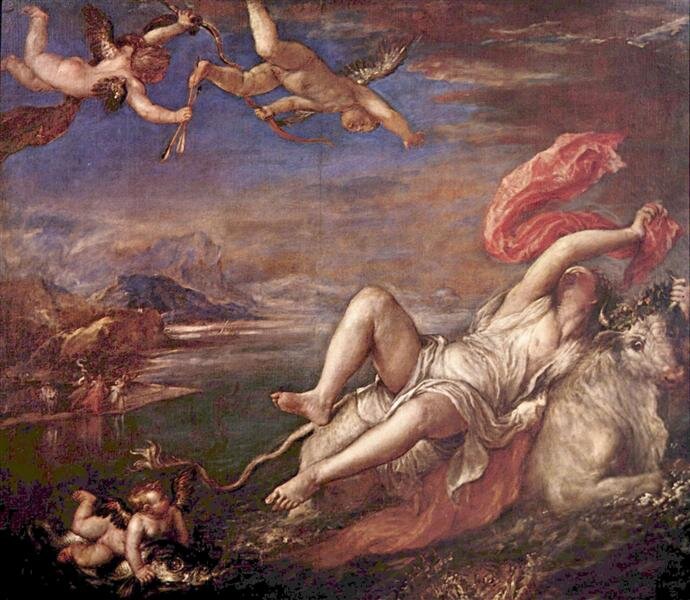
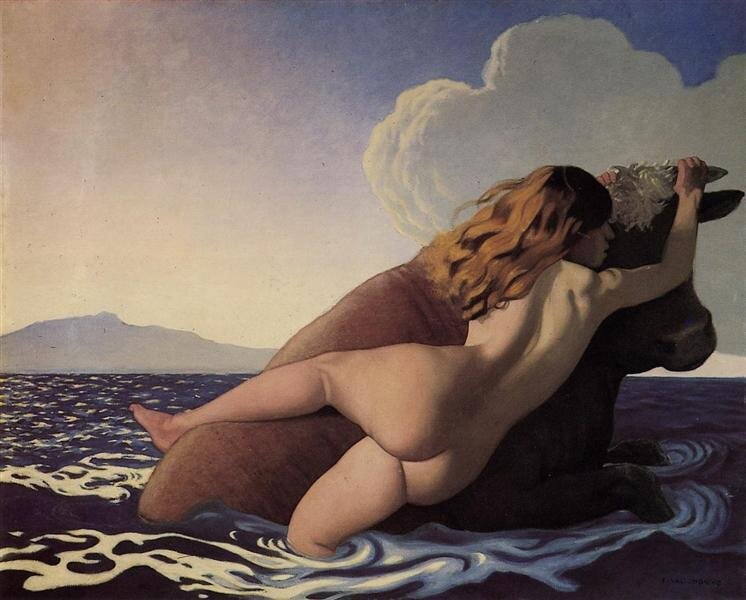
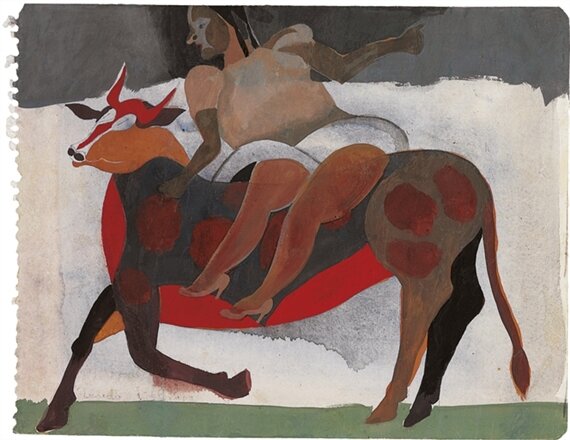

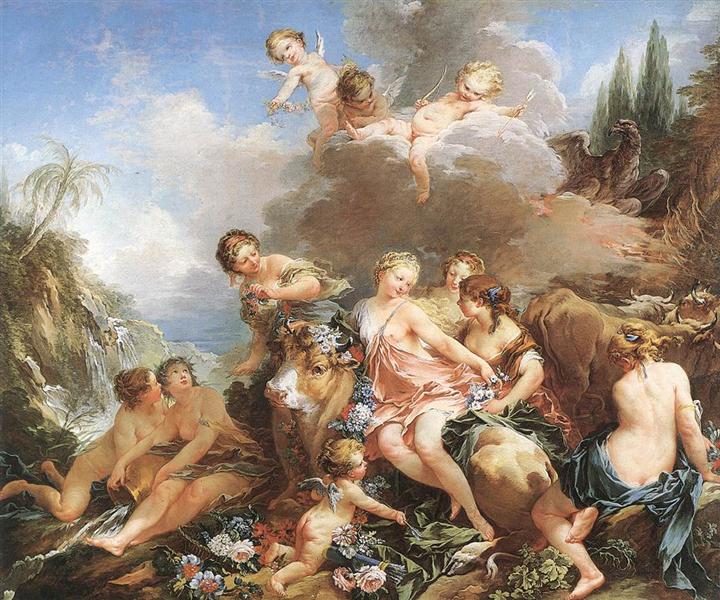
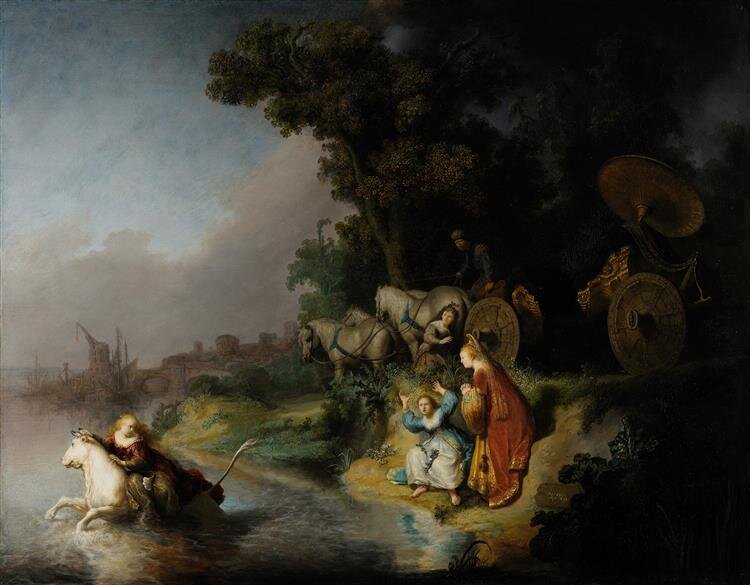
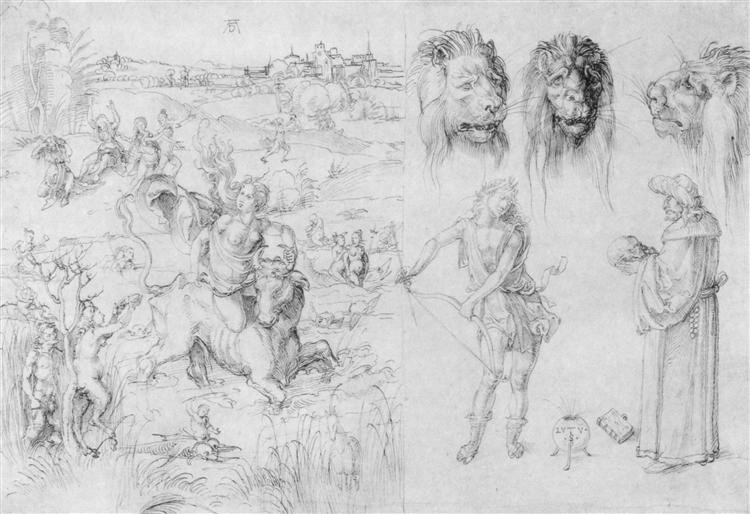

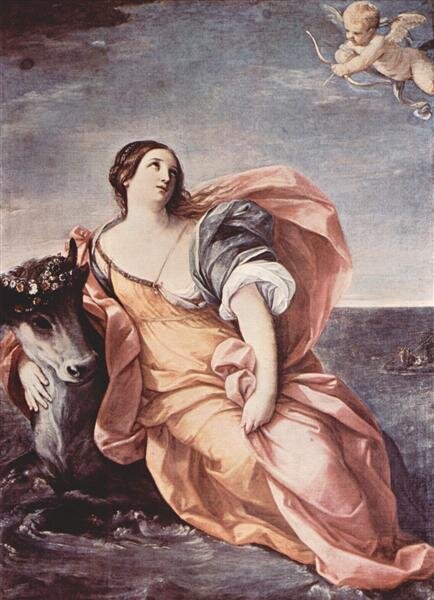
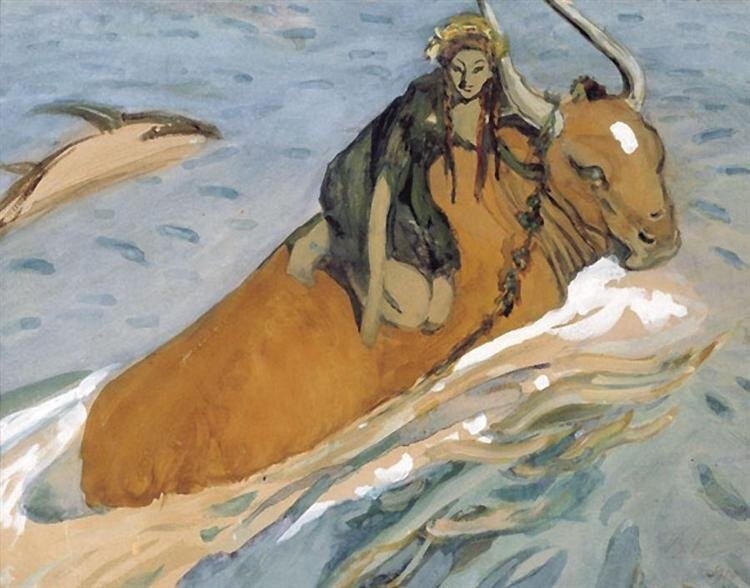
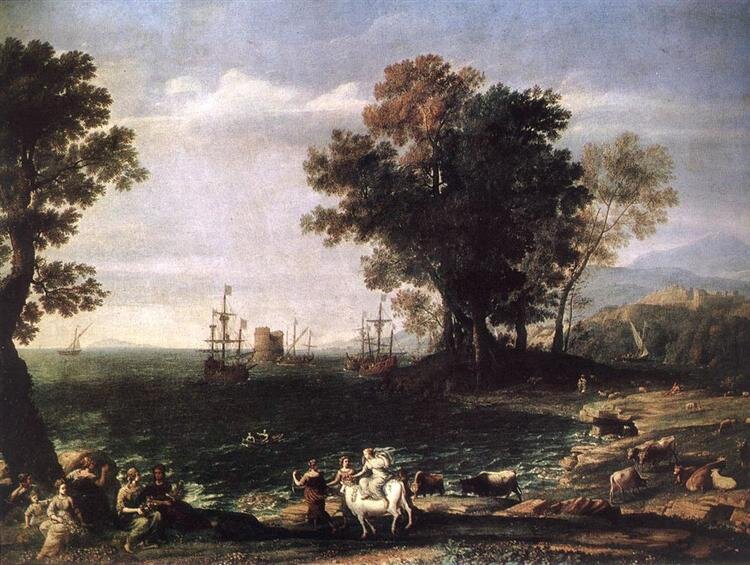
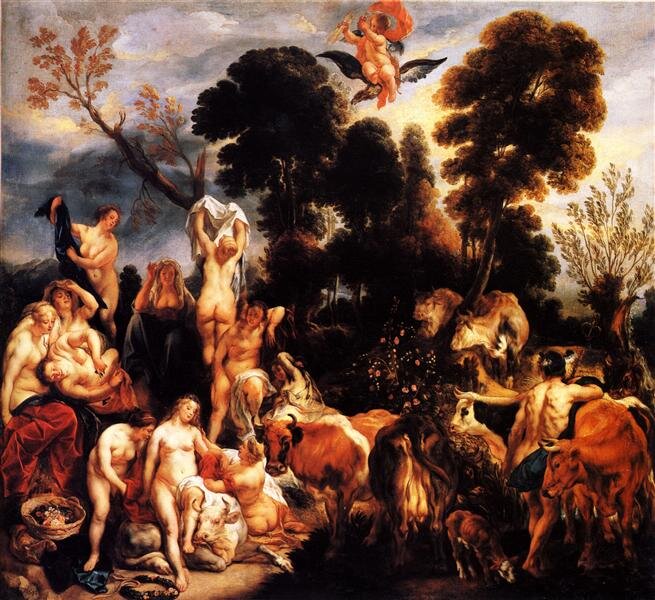
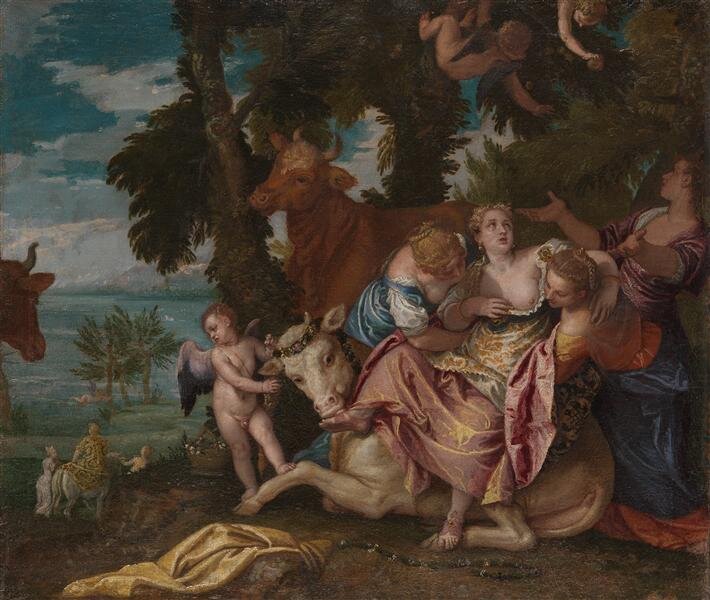
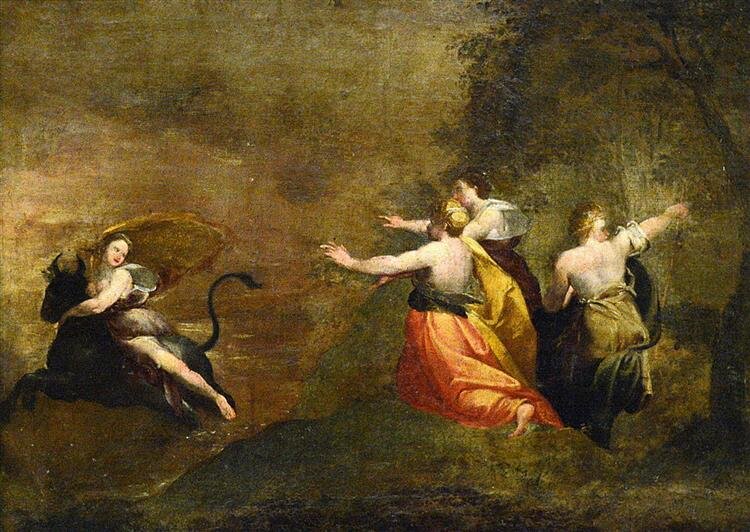
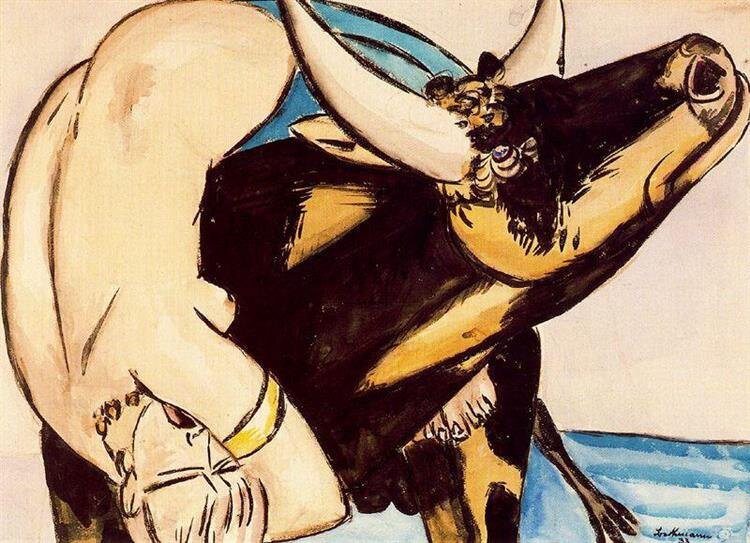
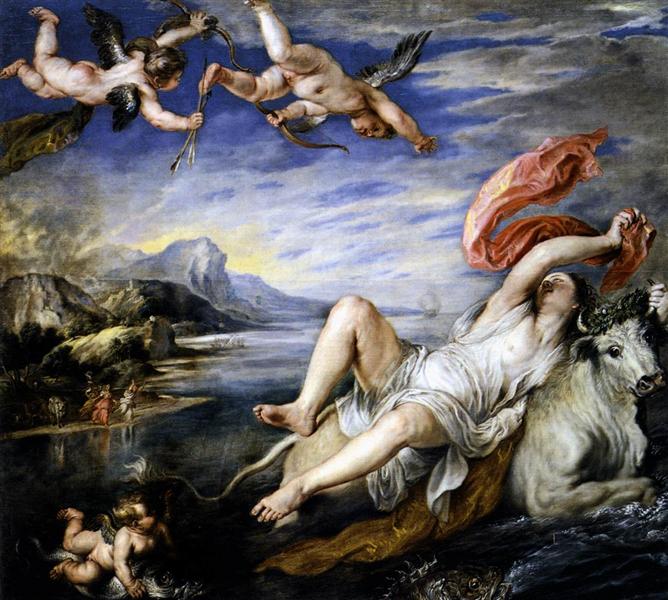
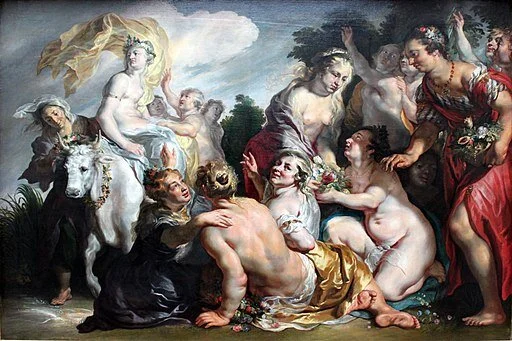
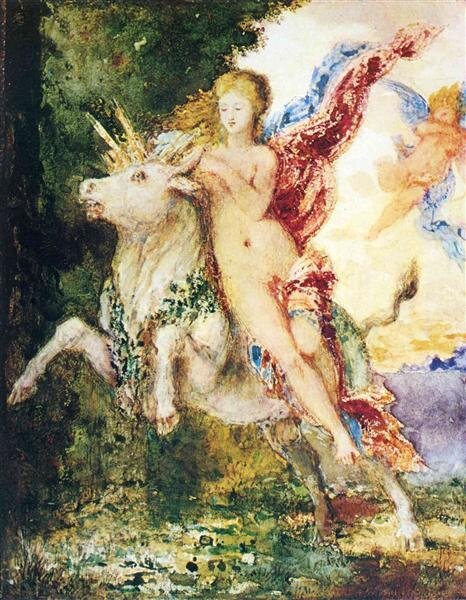
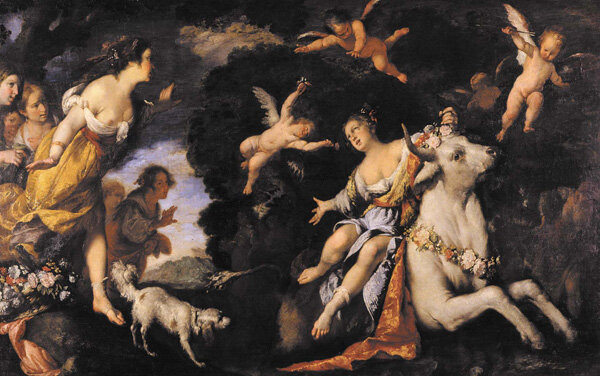
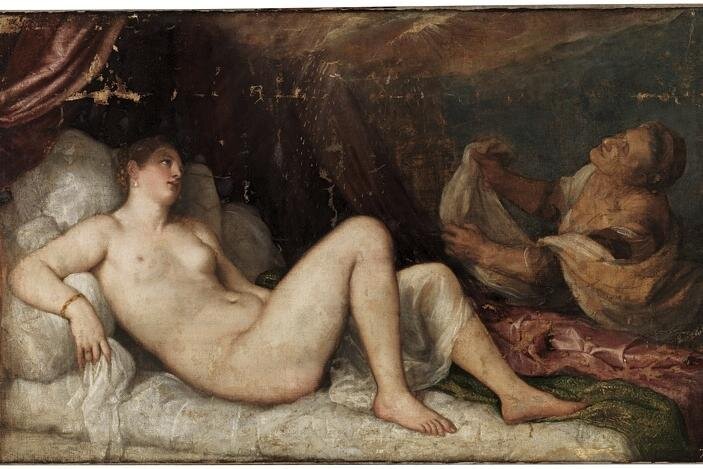
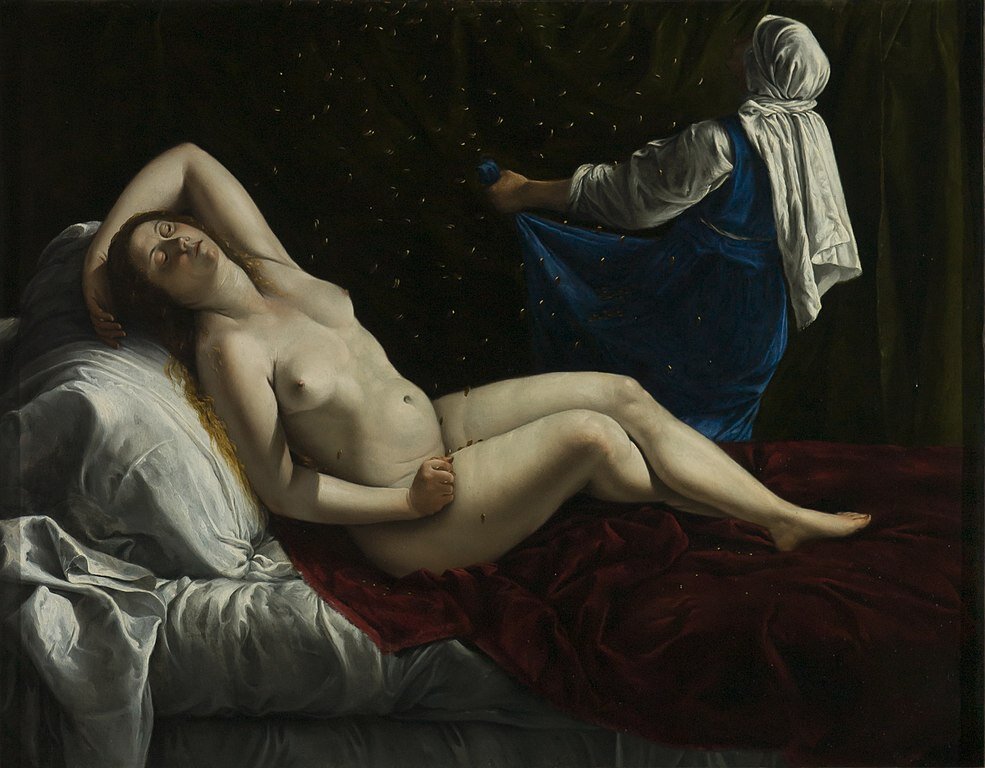
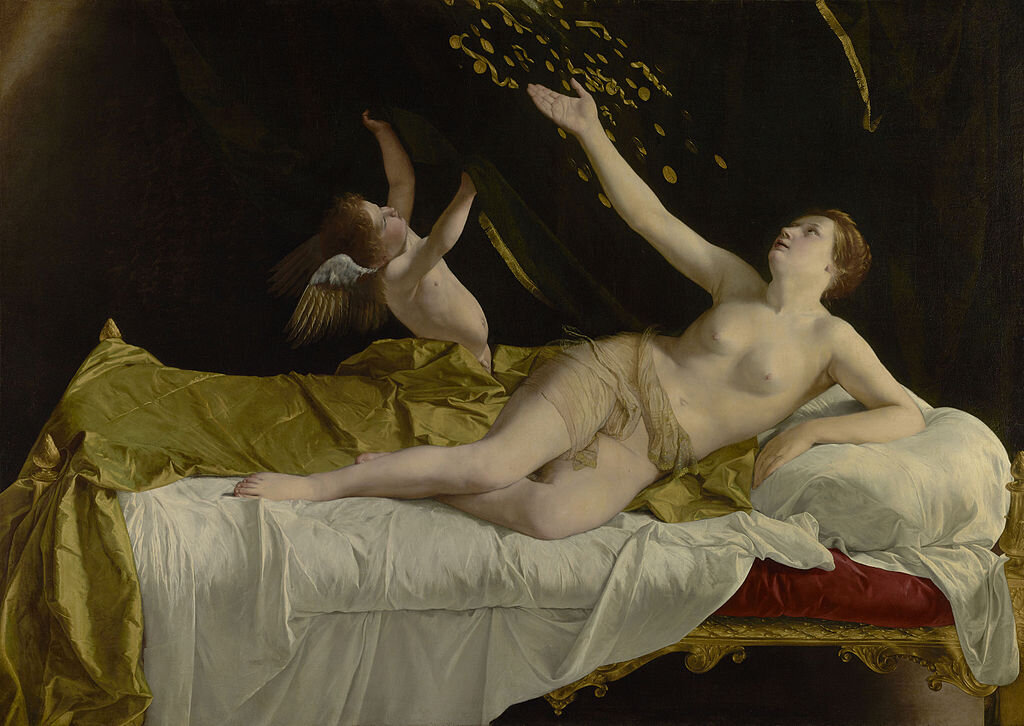
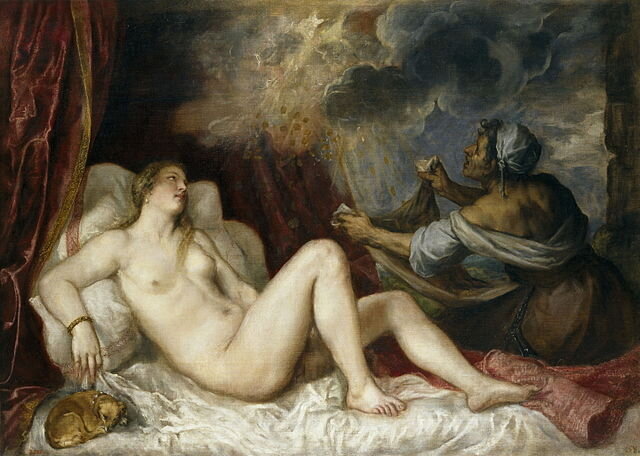
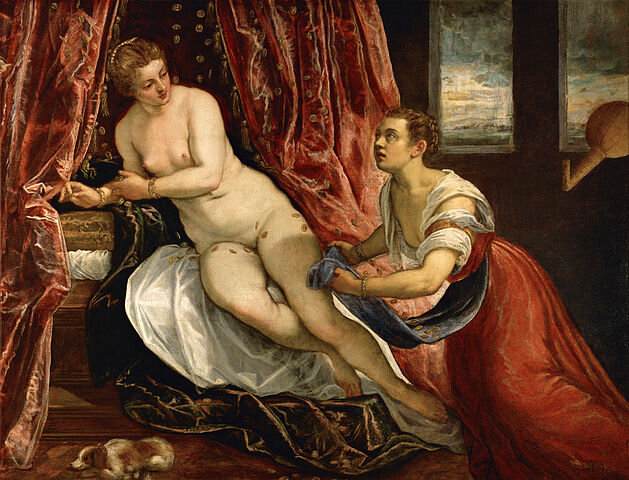
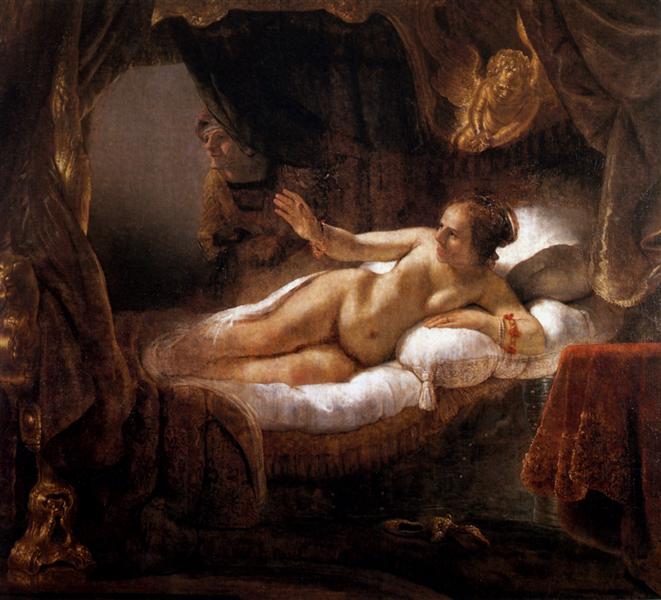

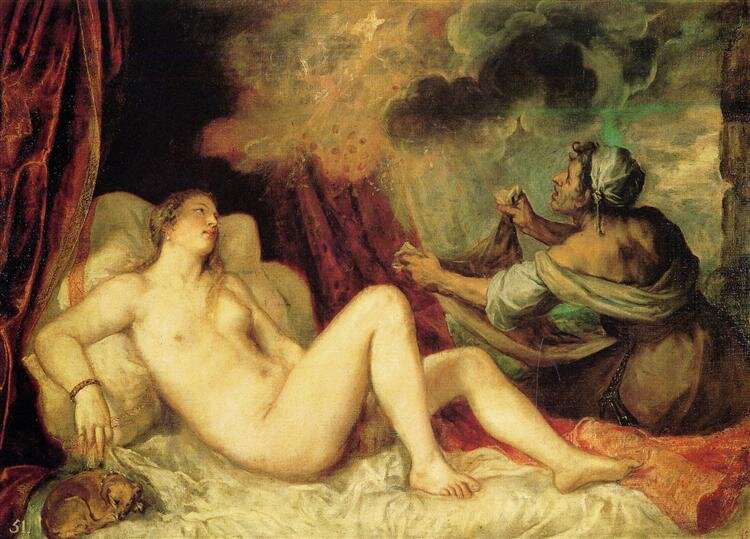


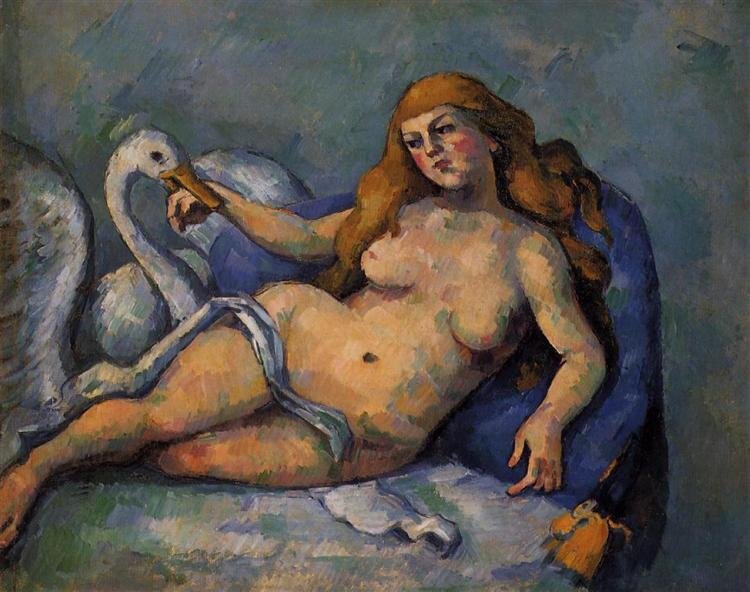
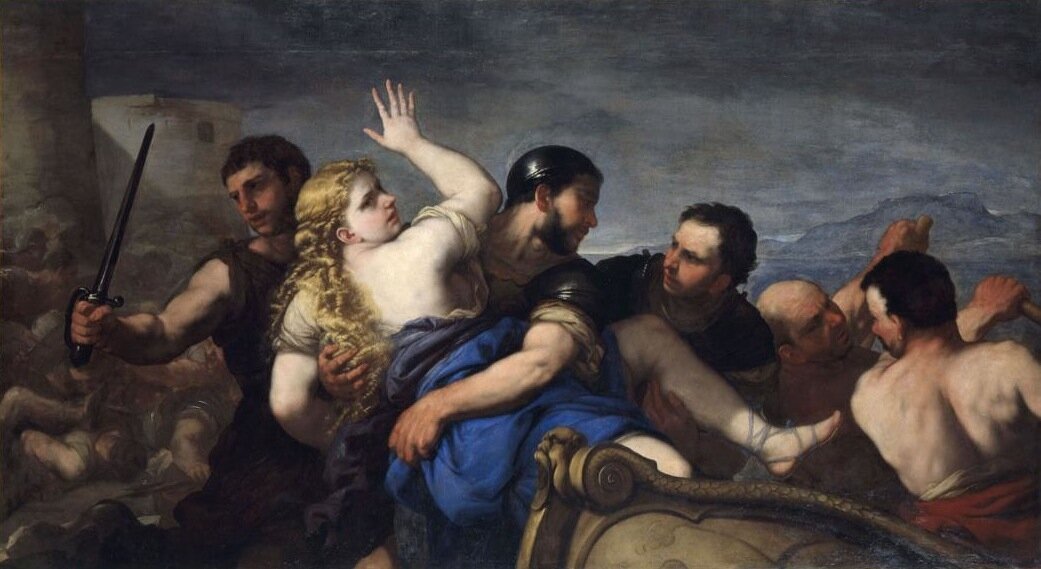
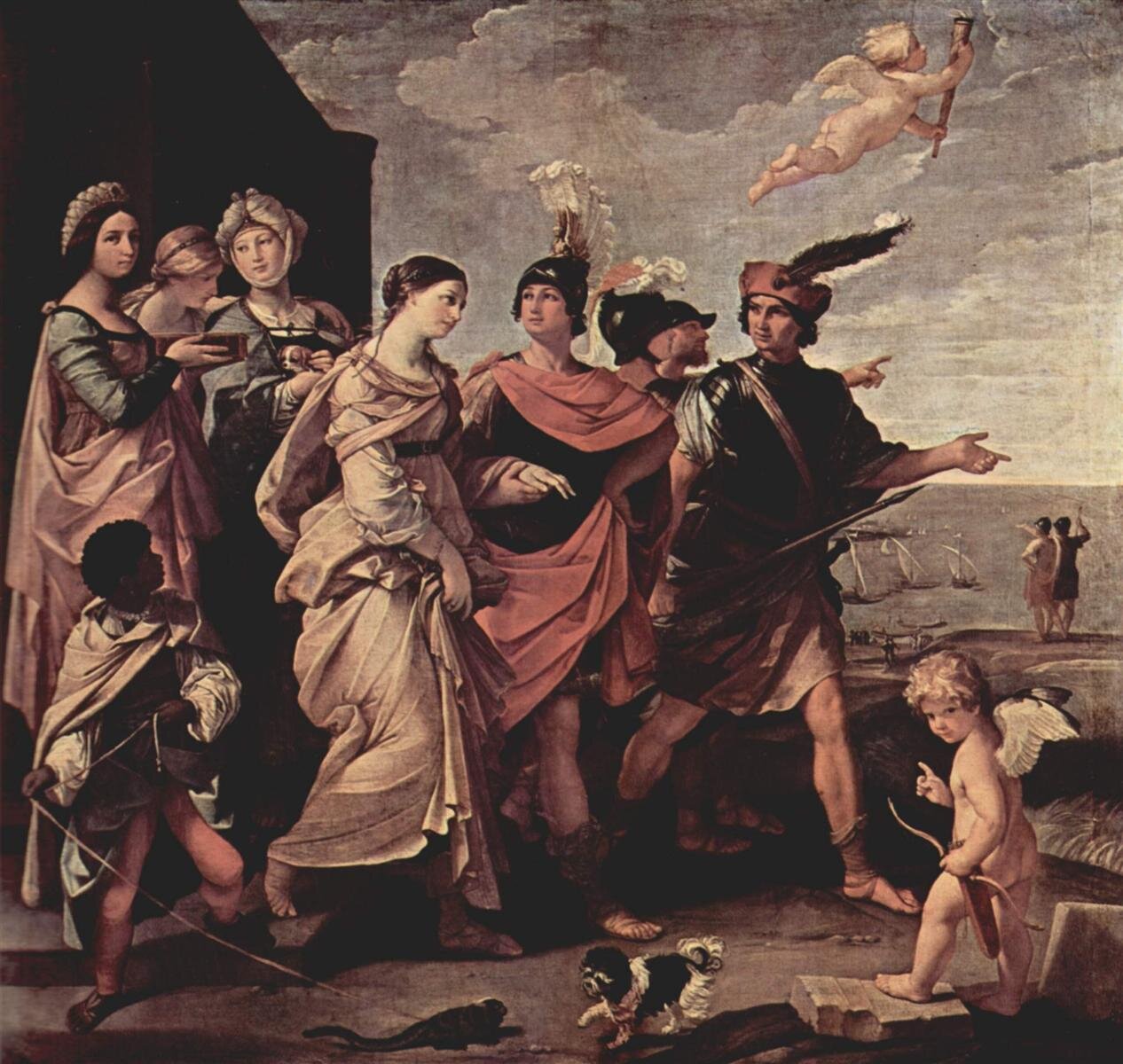
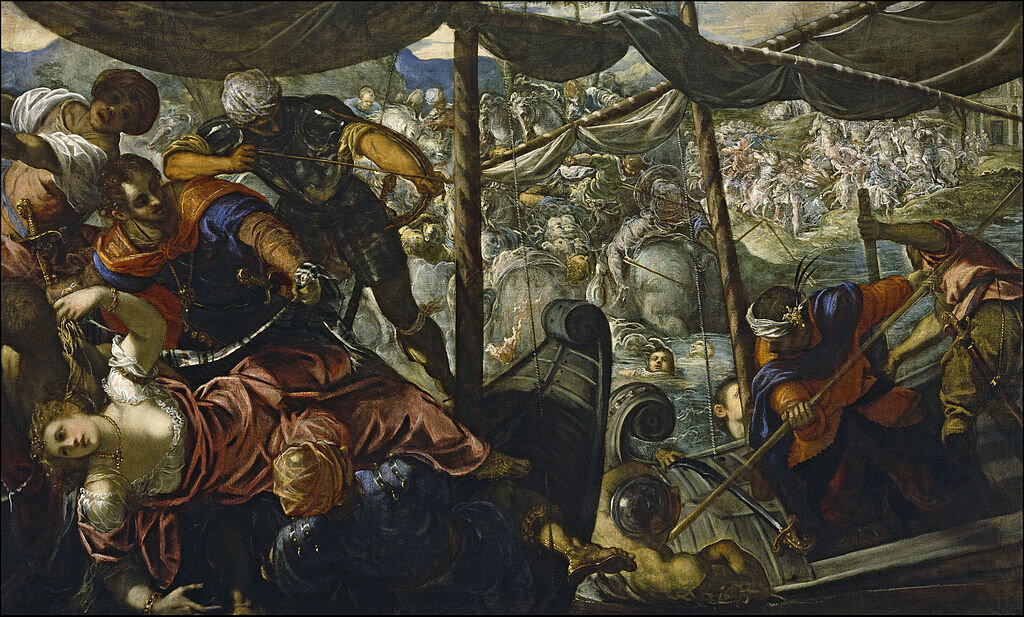
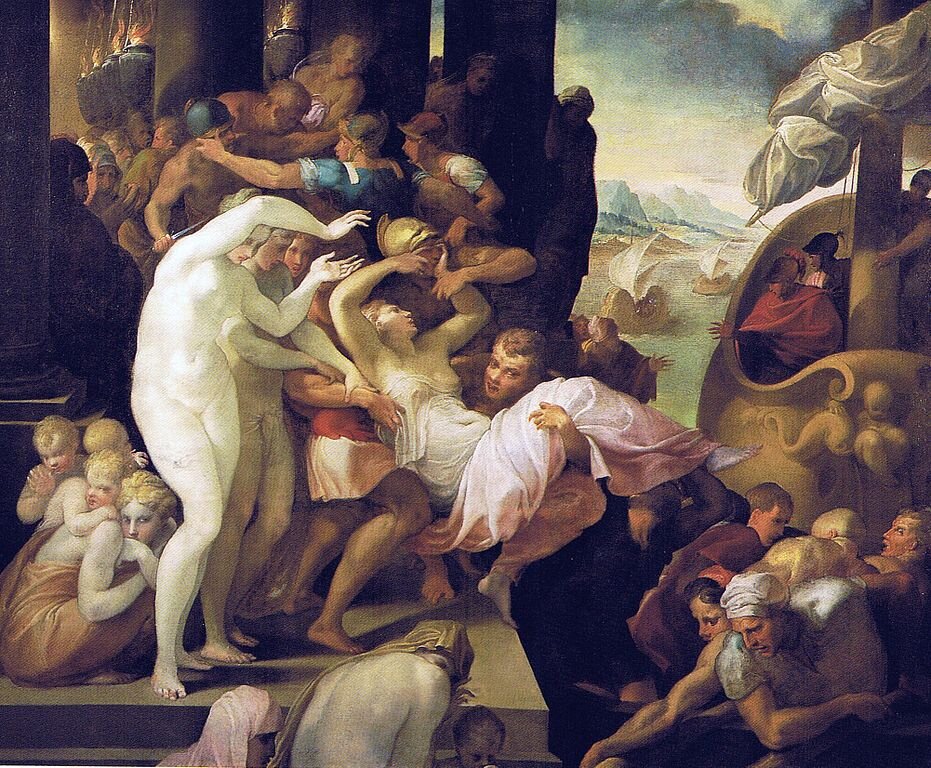
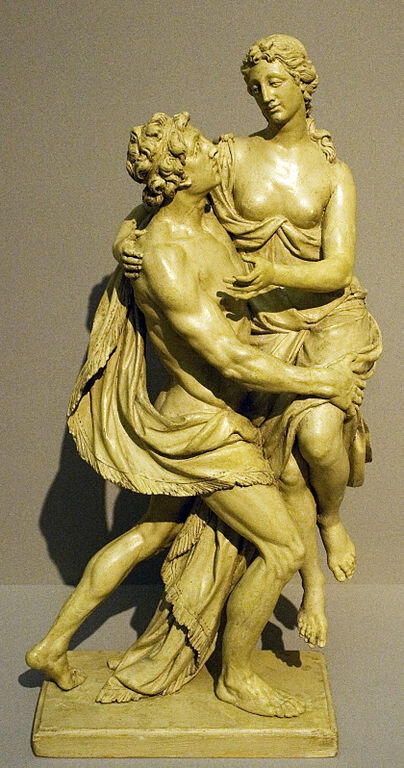
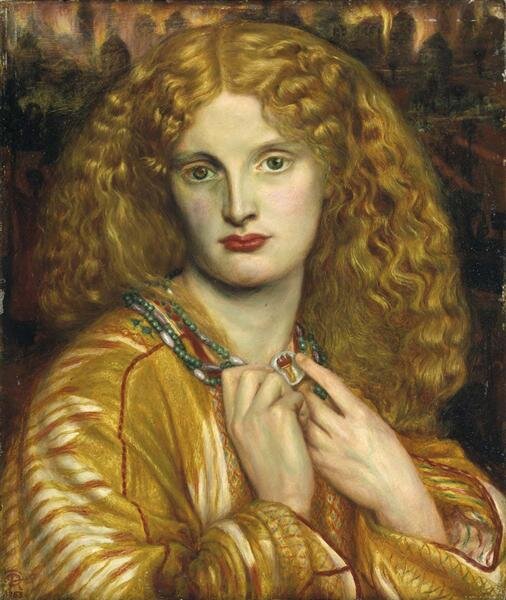
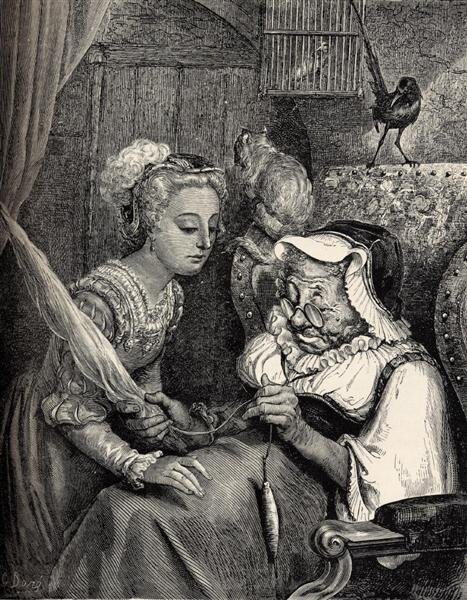
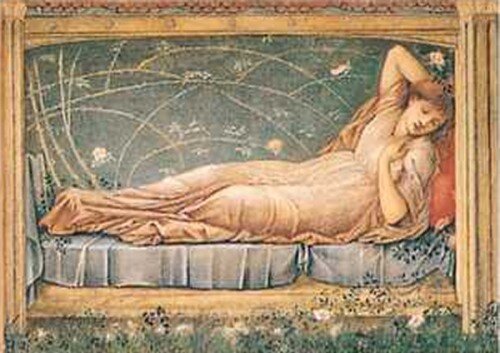
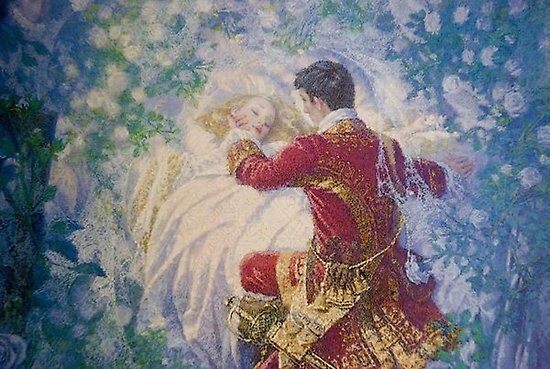
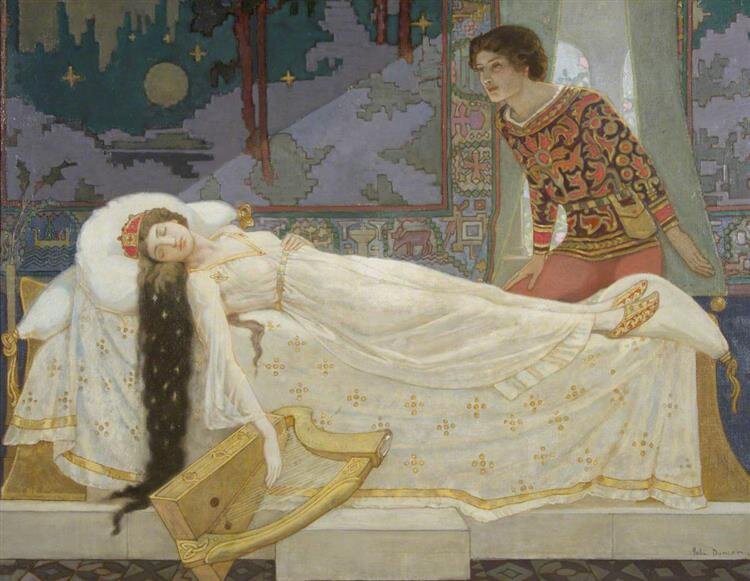
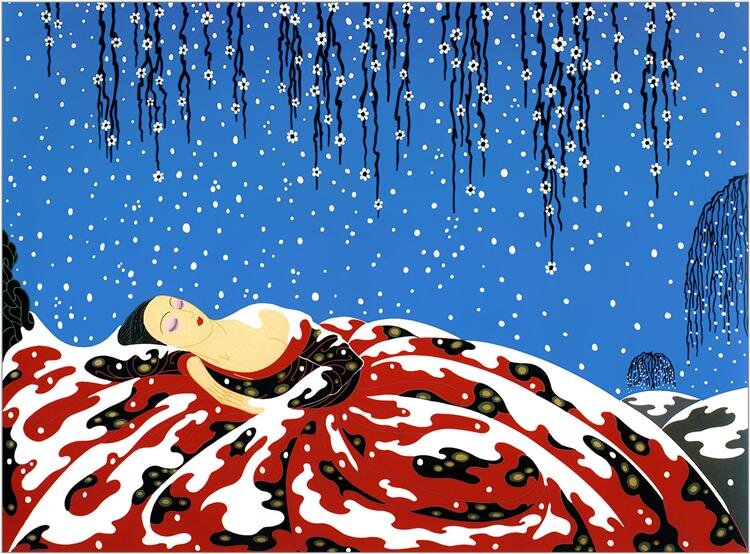

















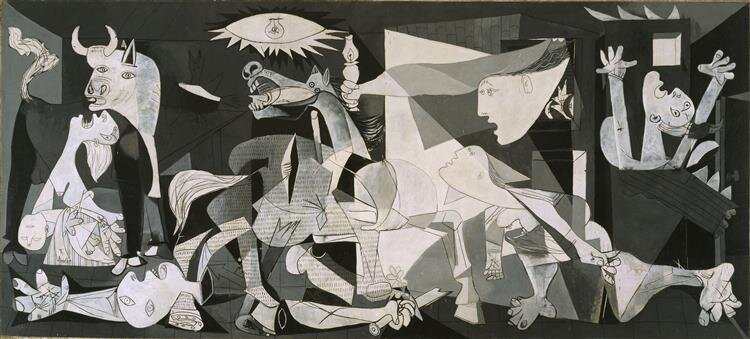
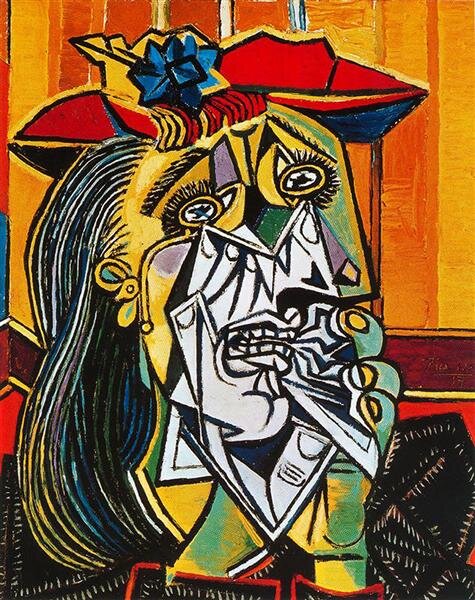


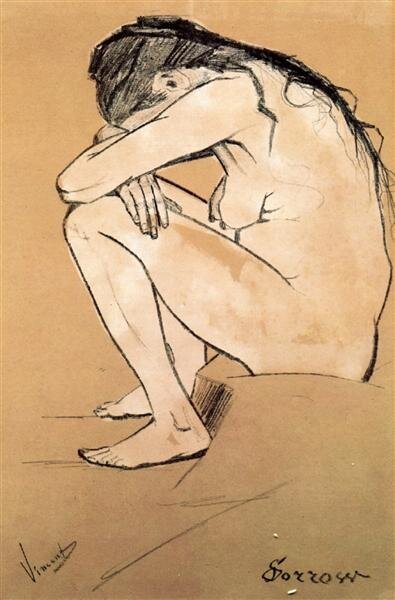
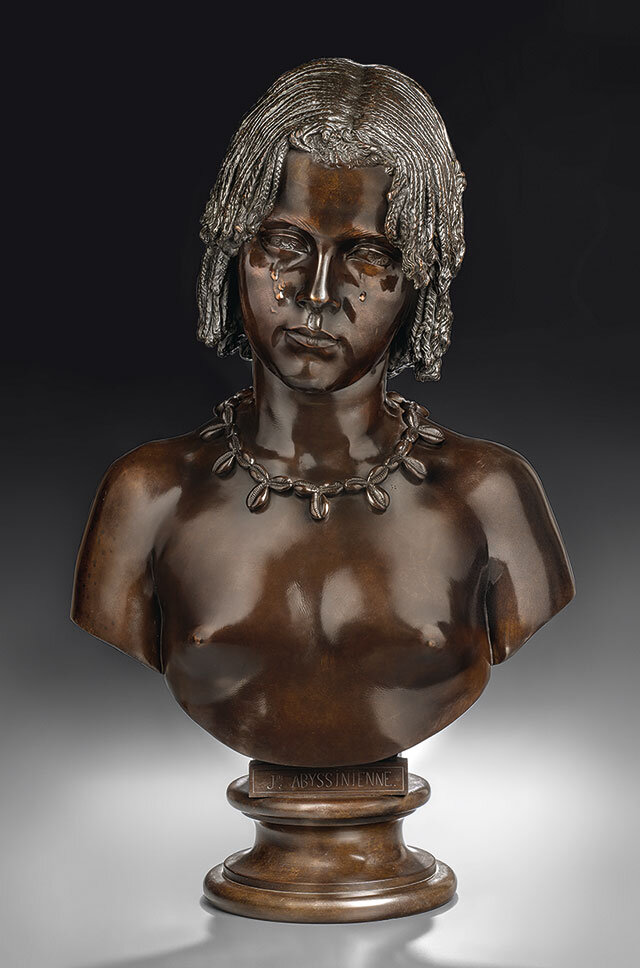
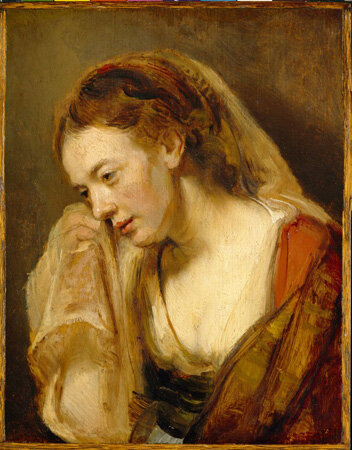
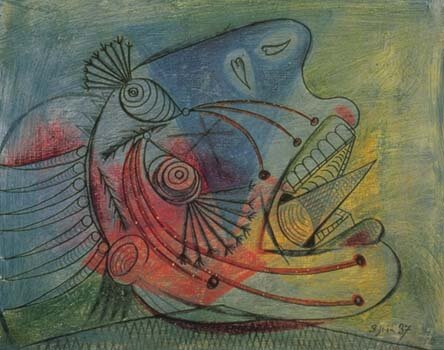
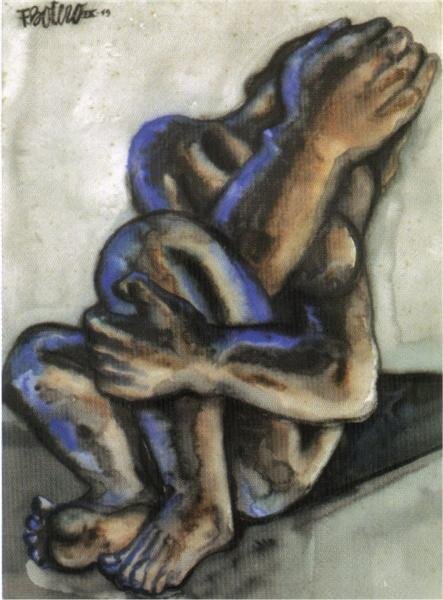
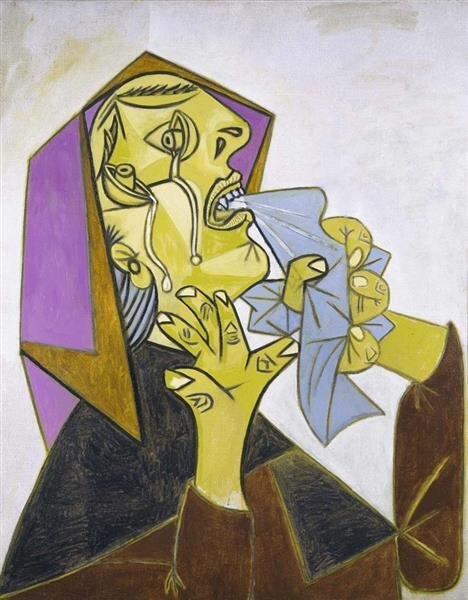


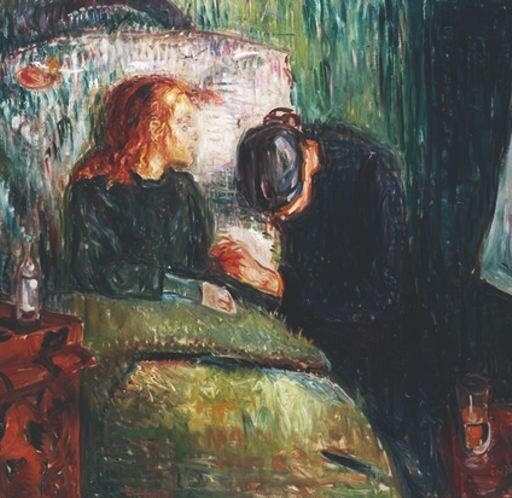
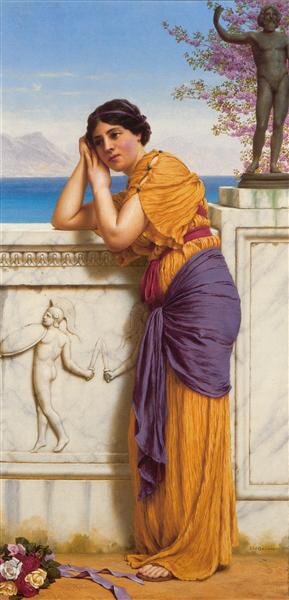
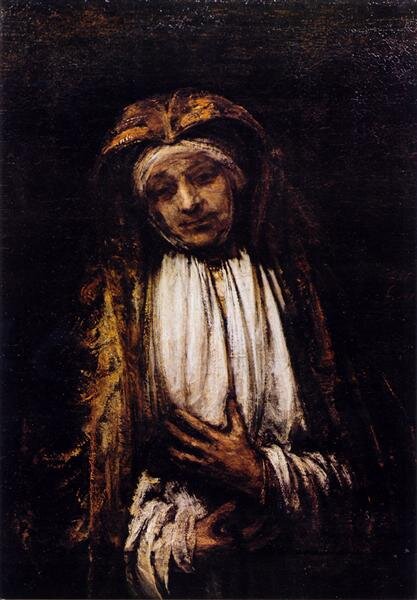
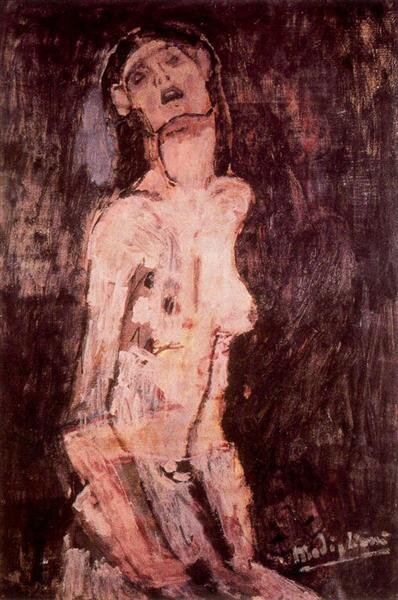
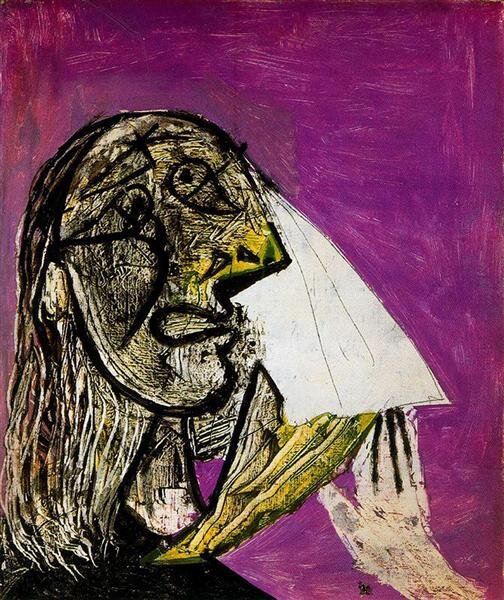
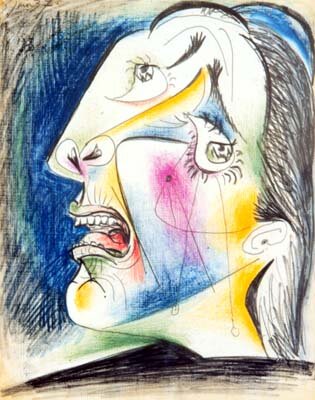

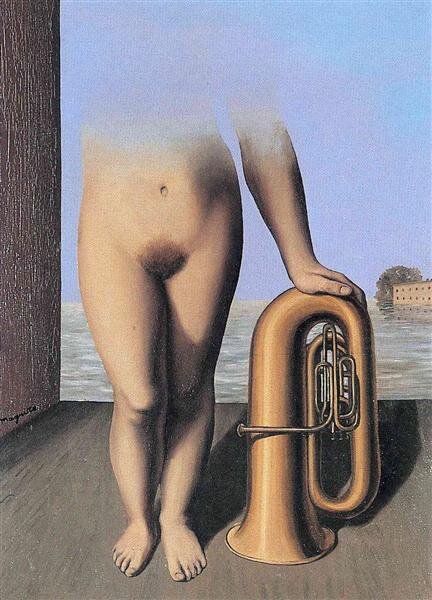
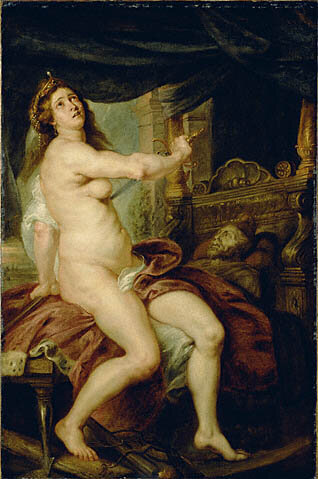



Amanta Scott, encaustic on canvas on cradled panel, Eyeing Medusa series, 108.5 x 108.5 x 5.75 cm, 2019-2021. Read more